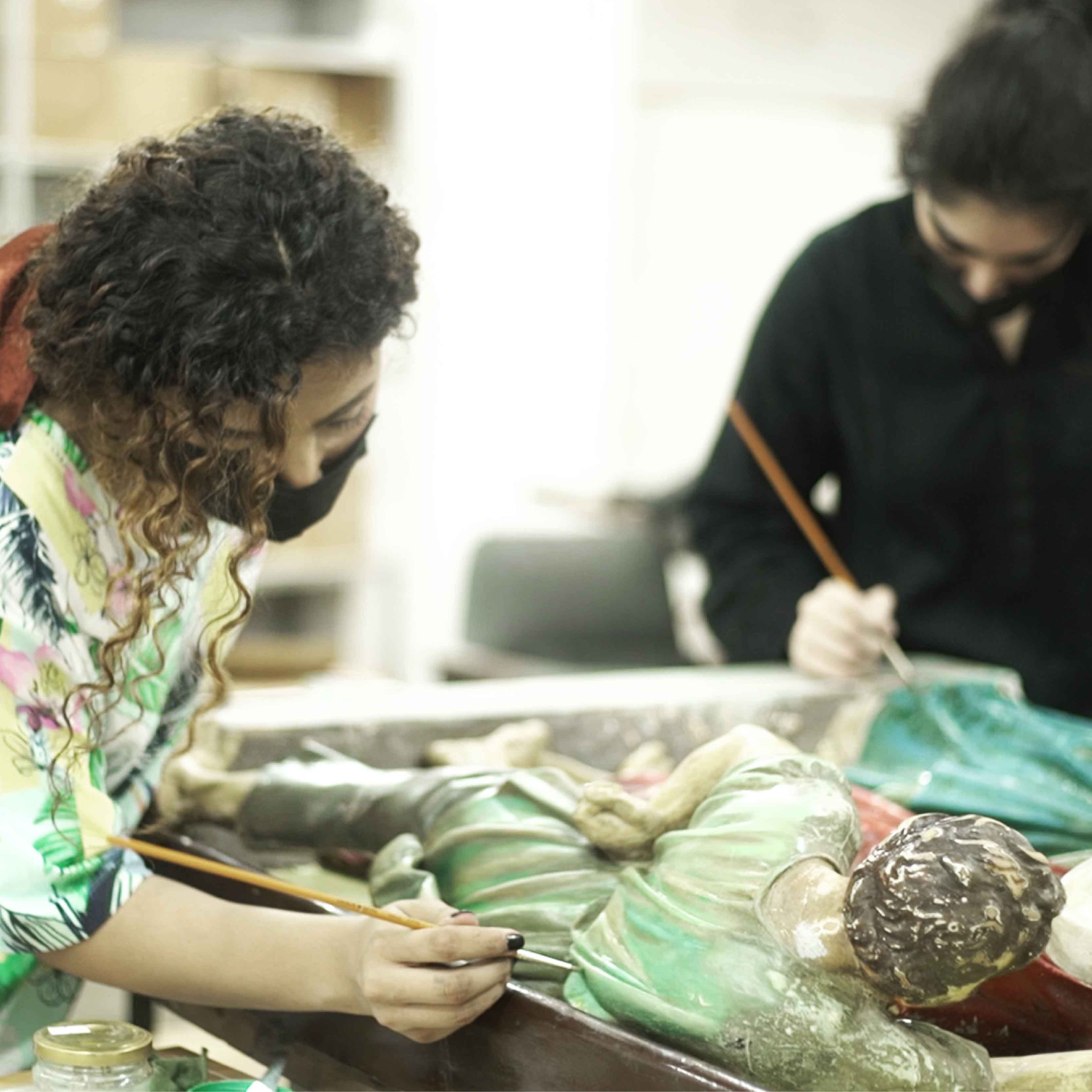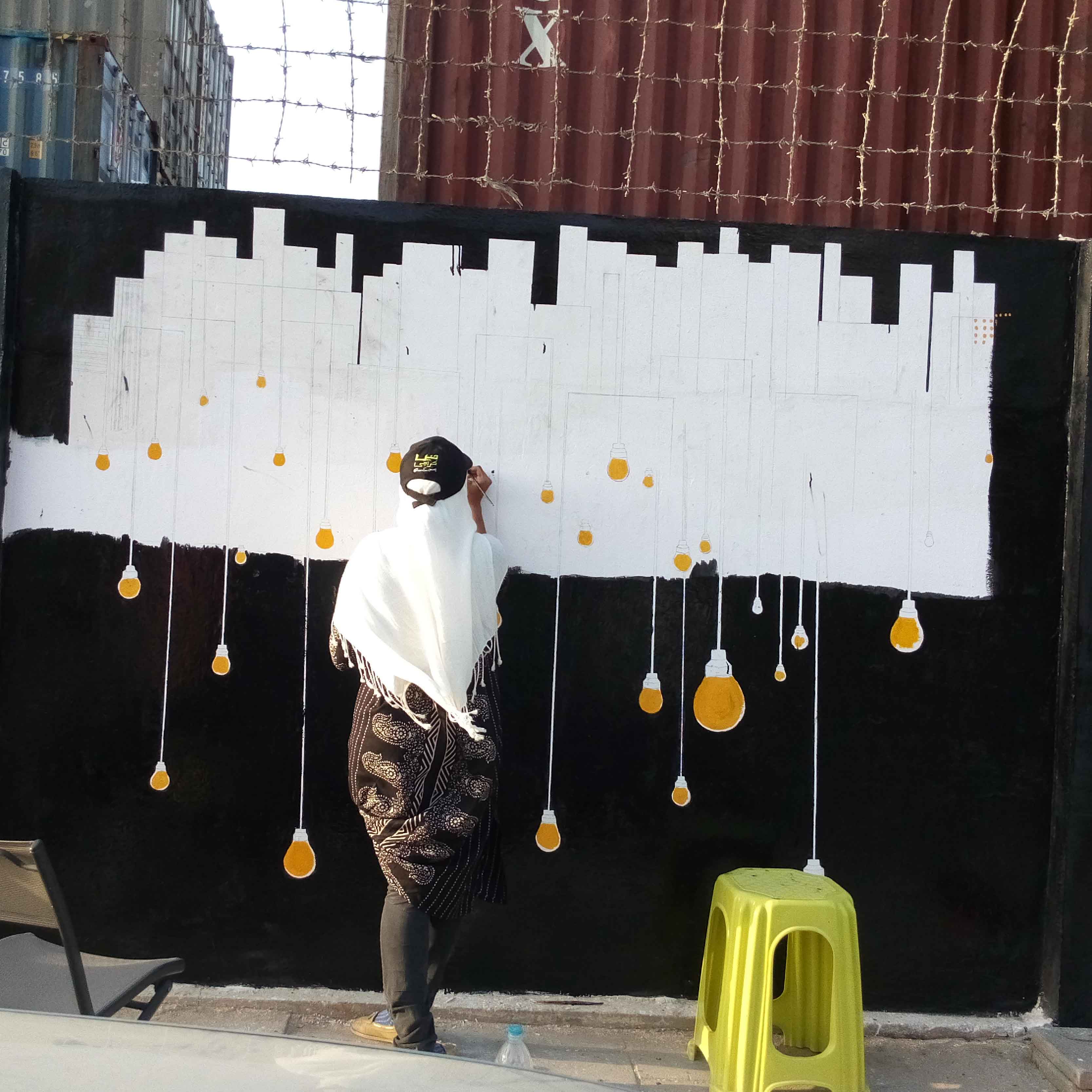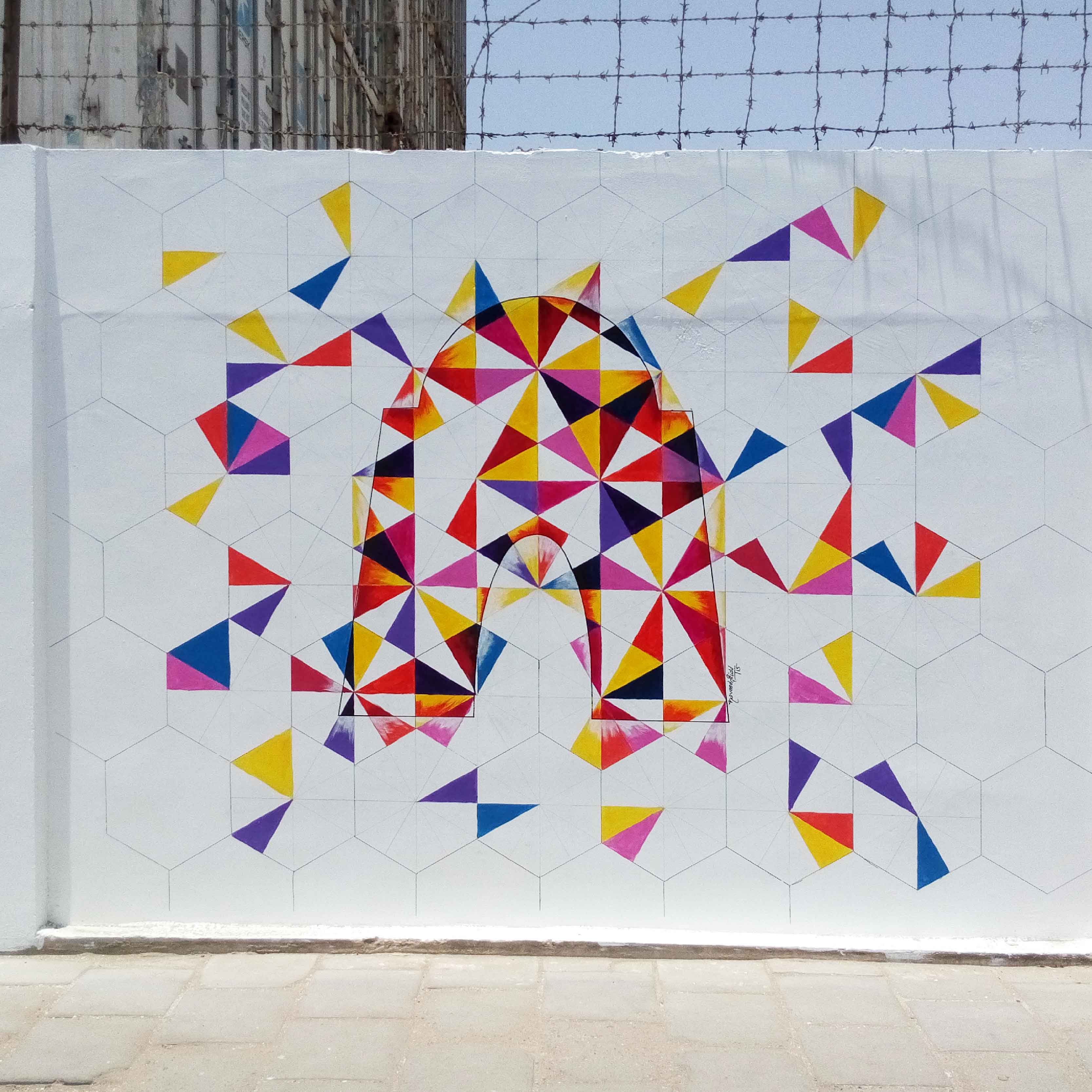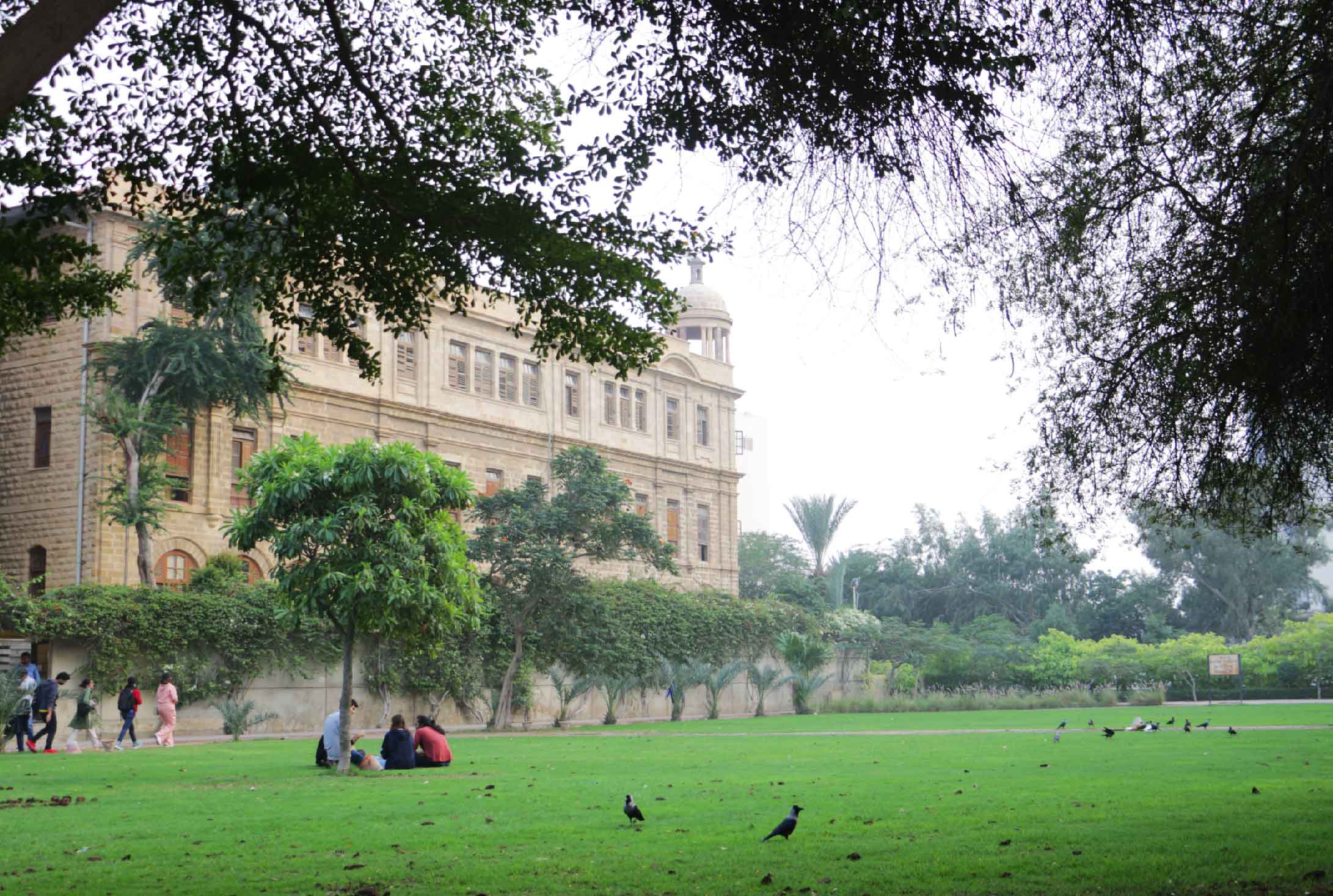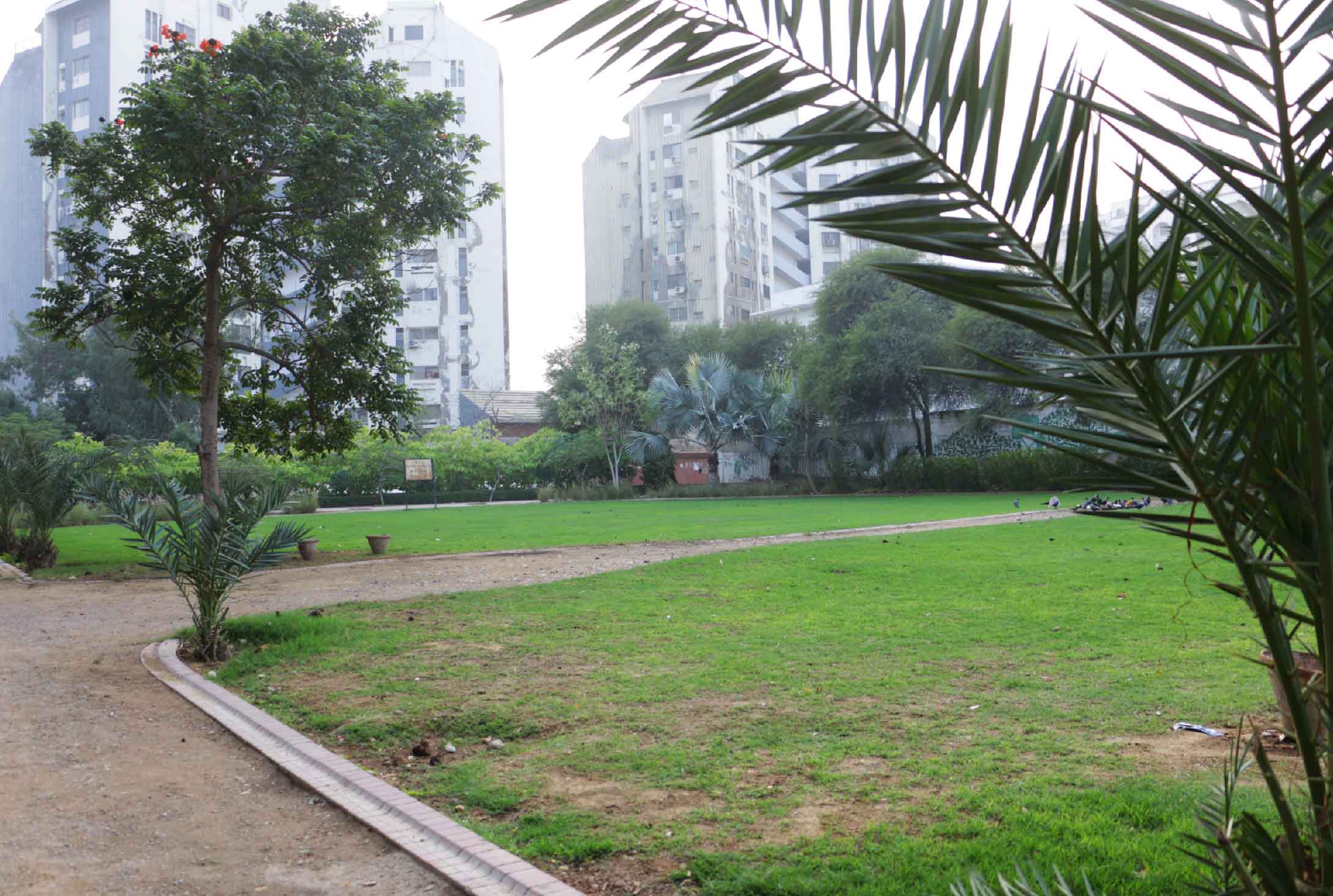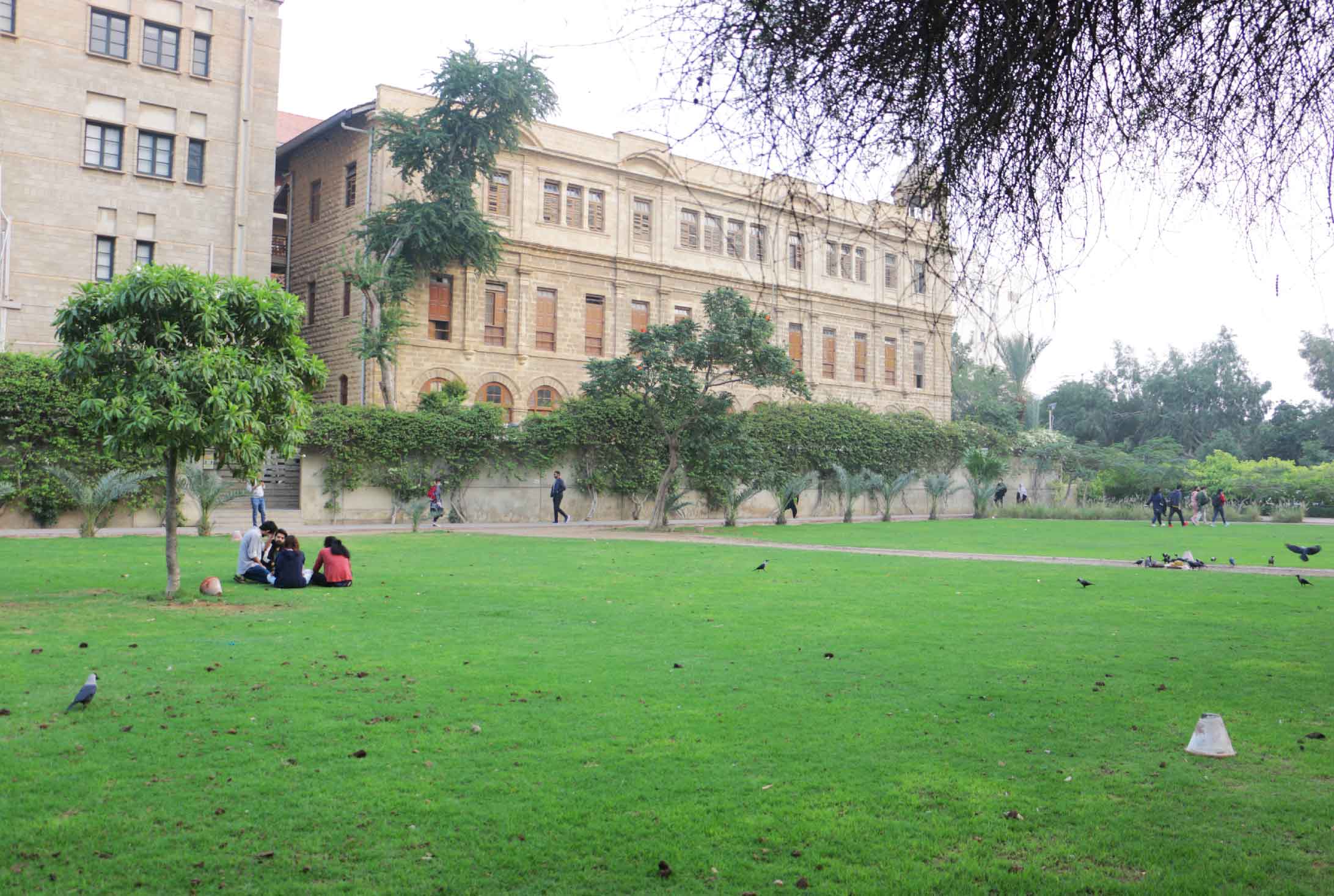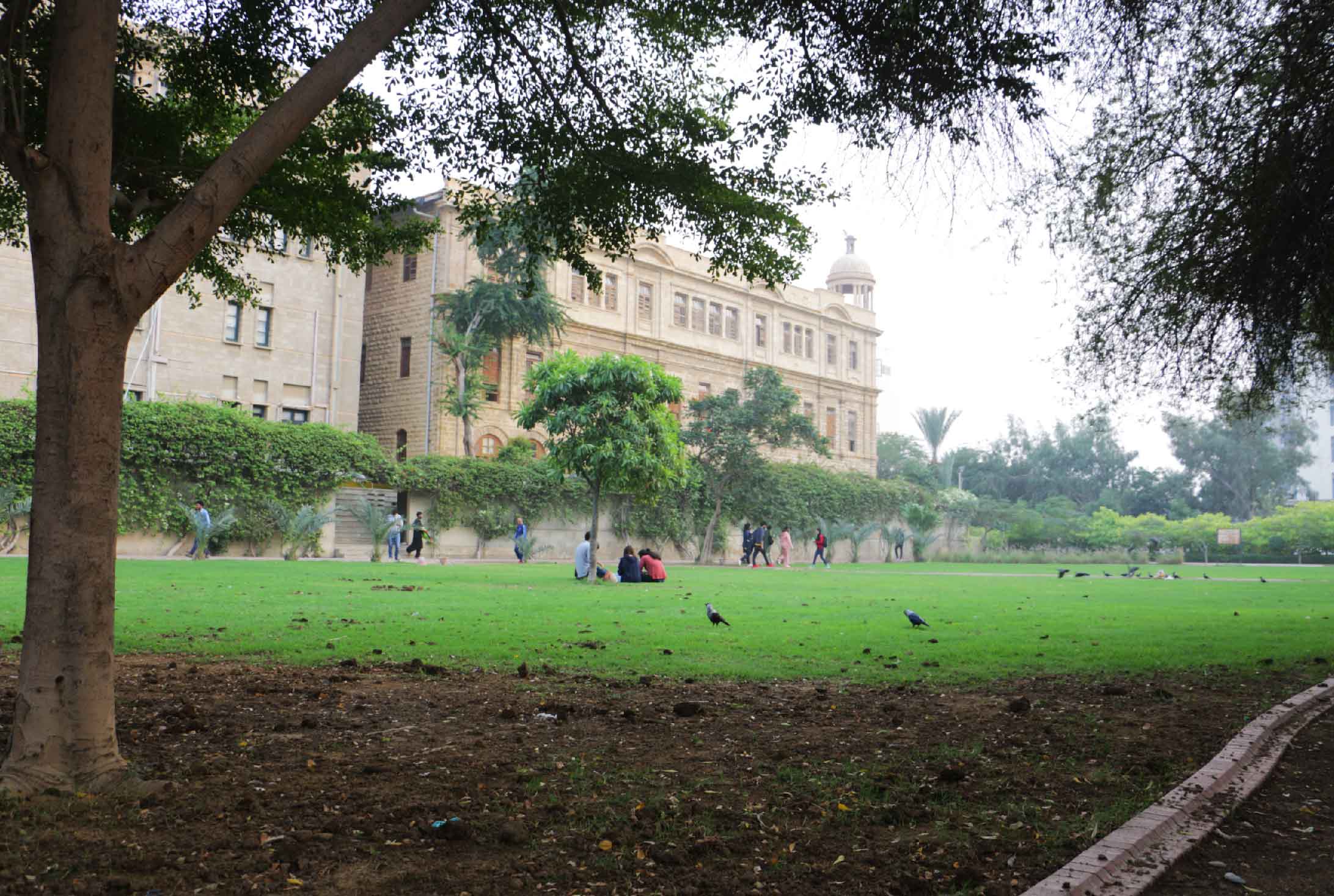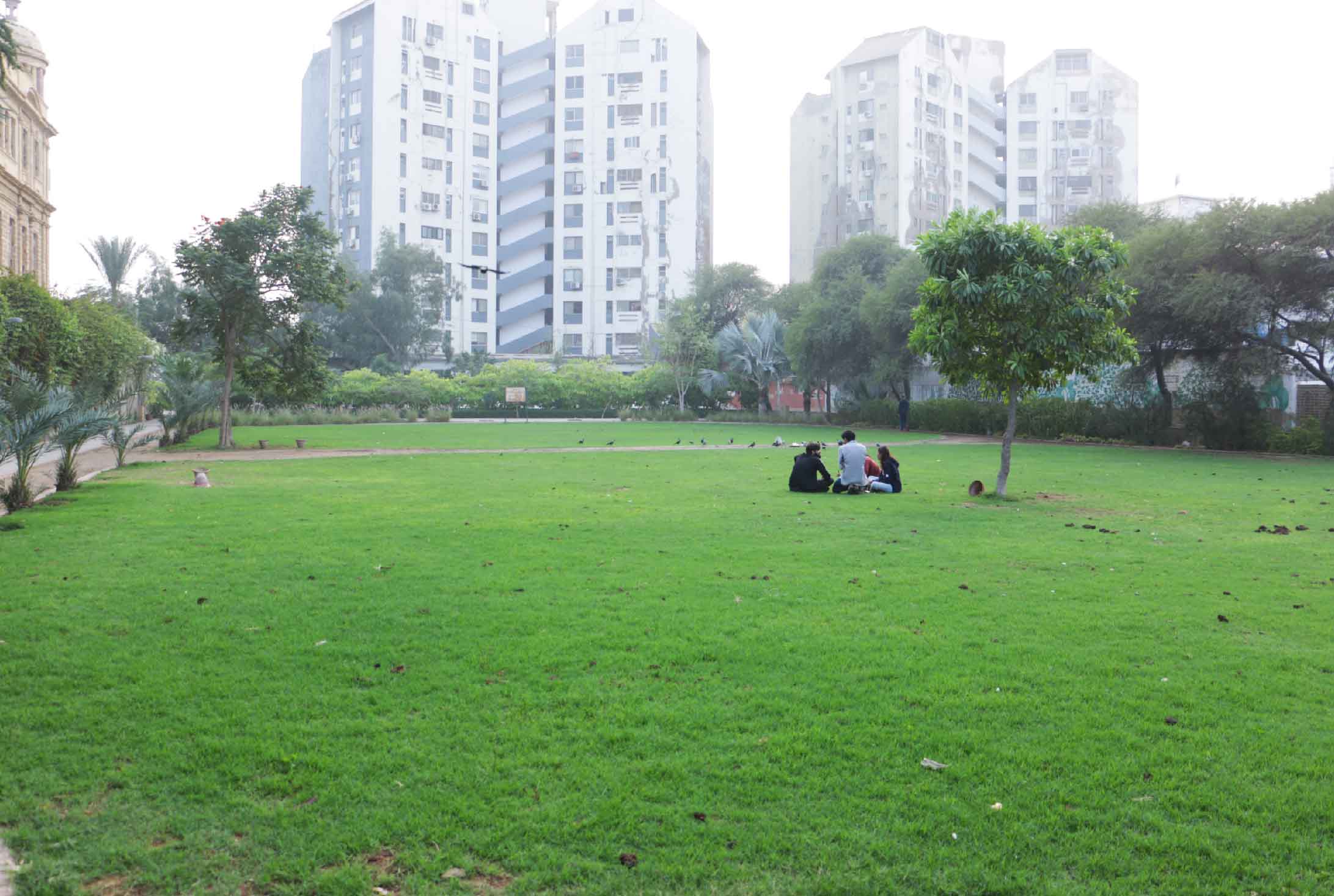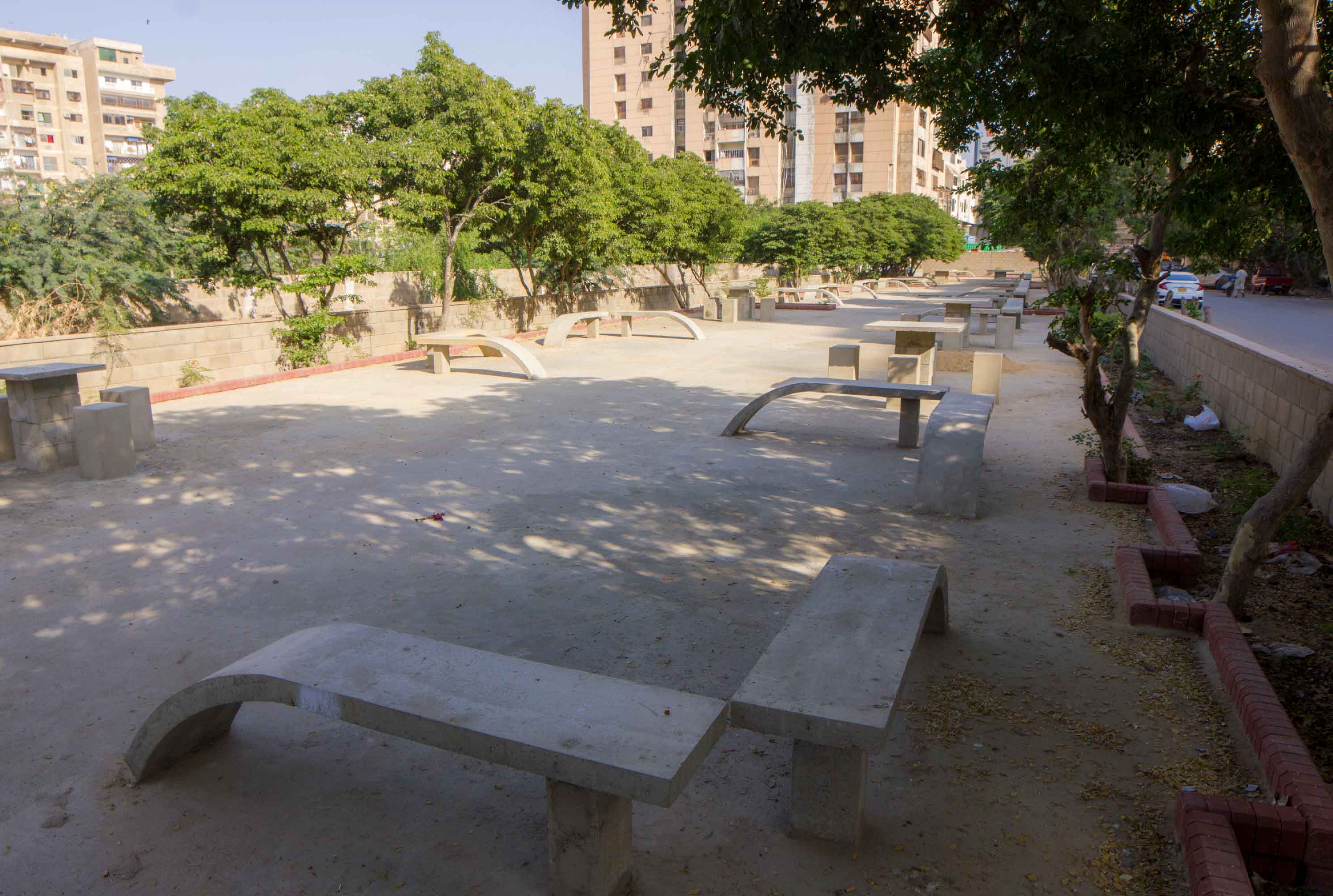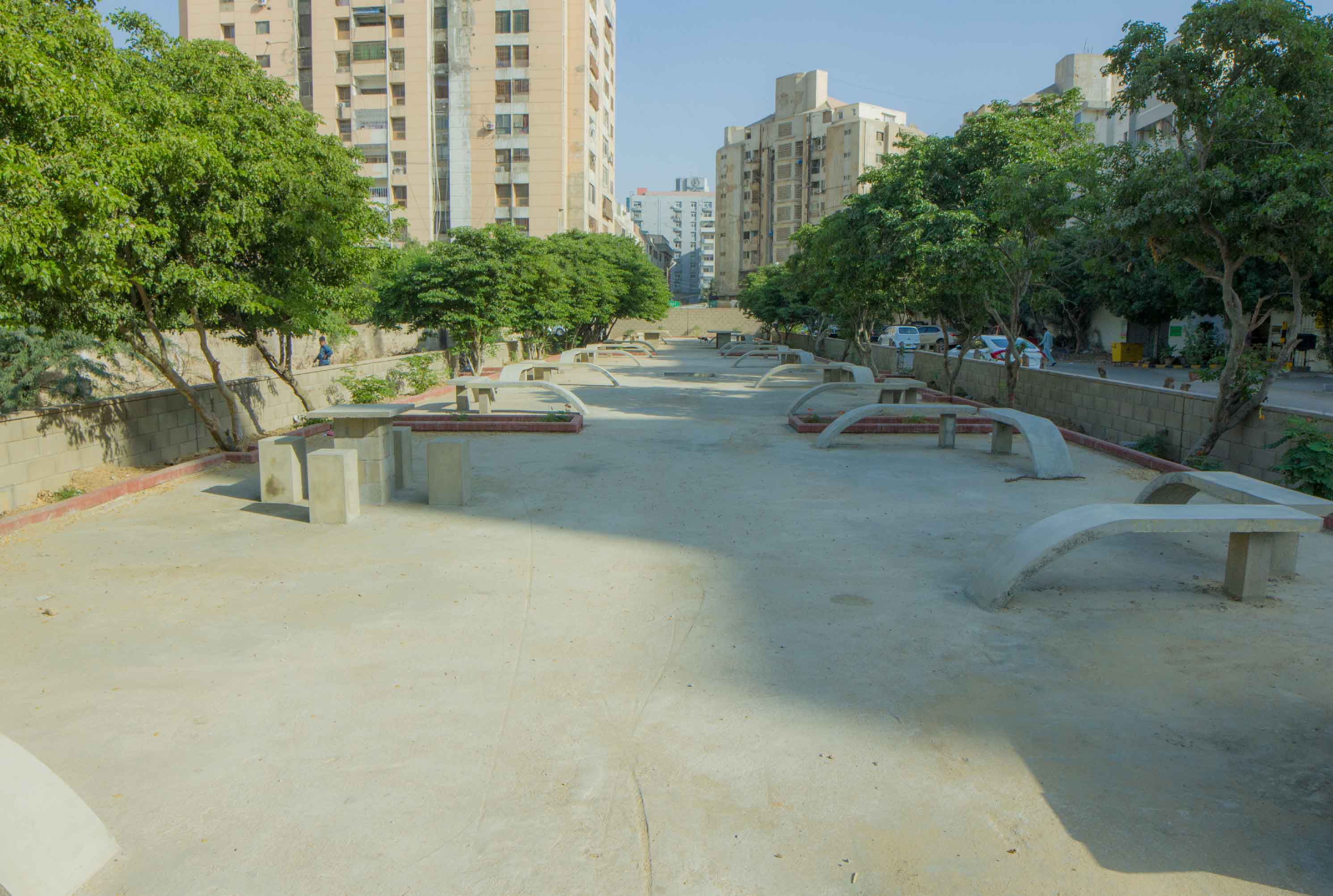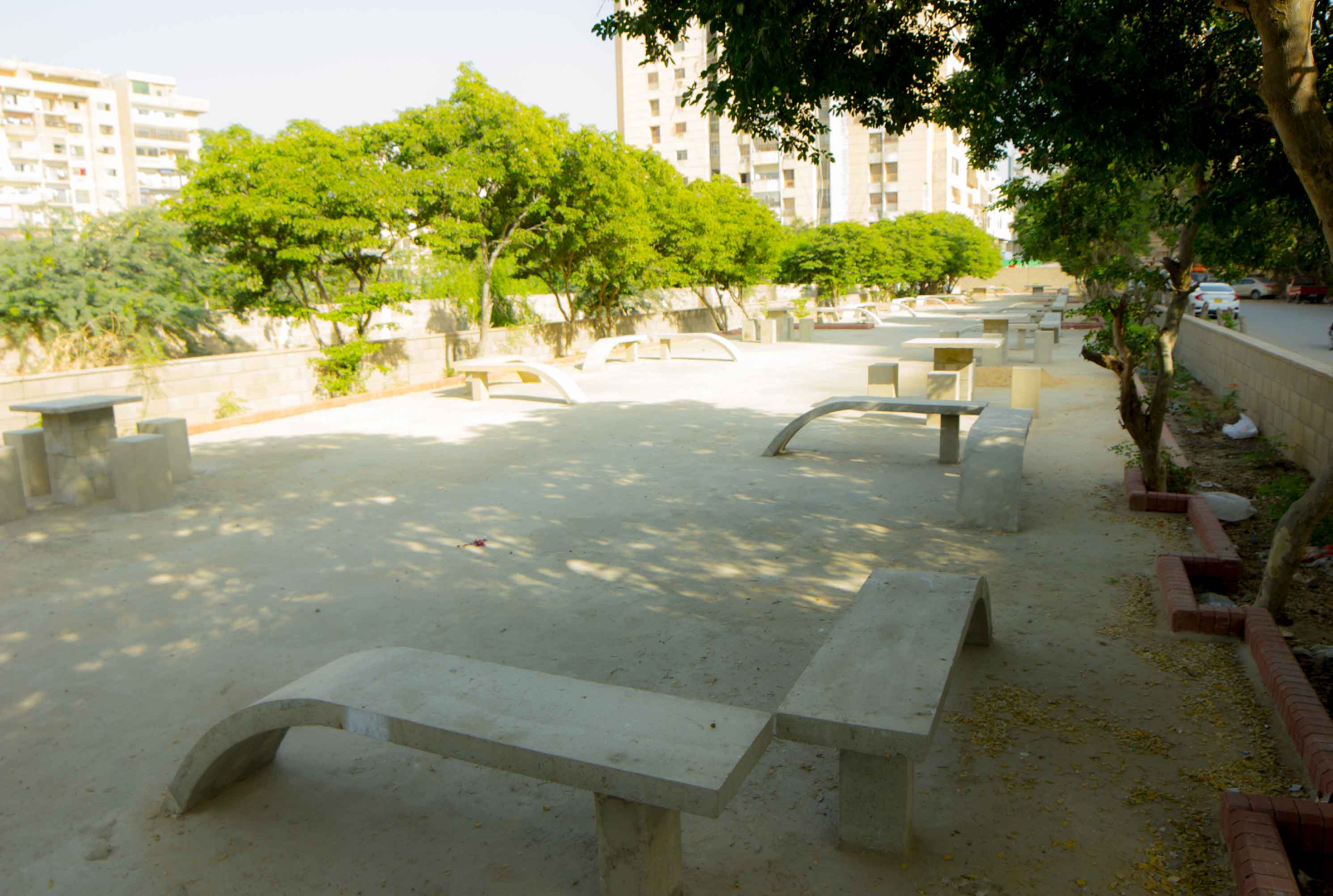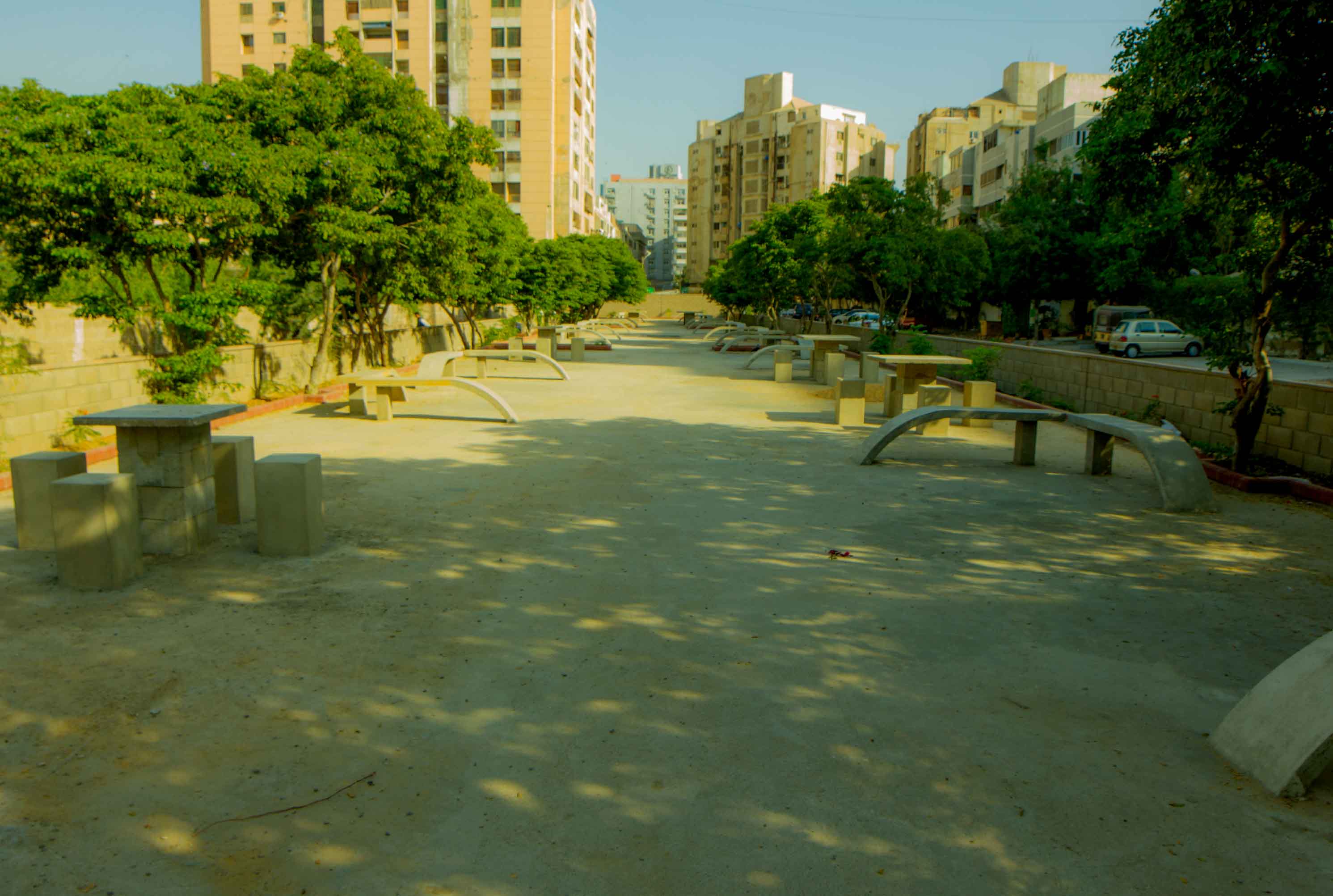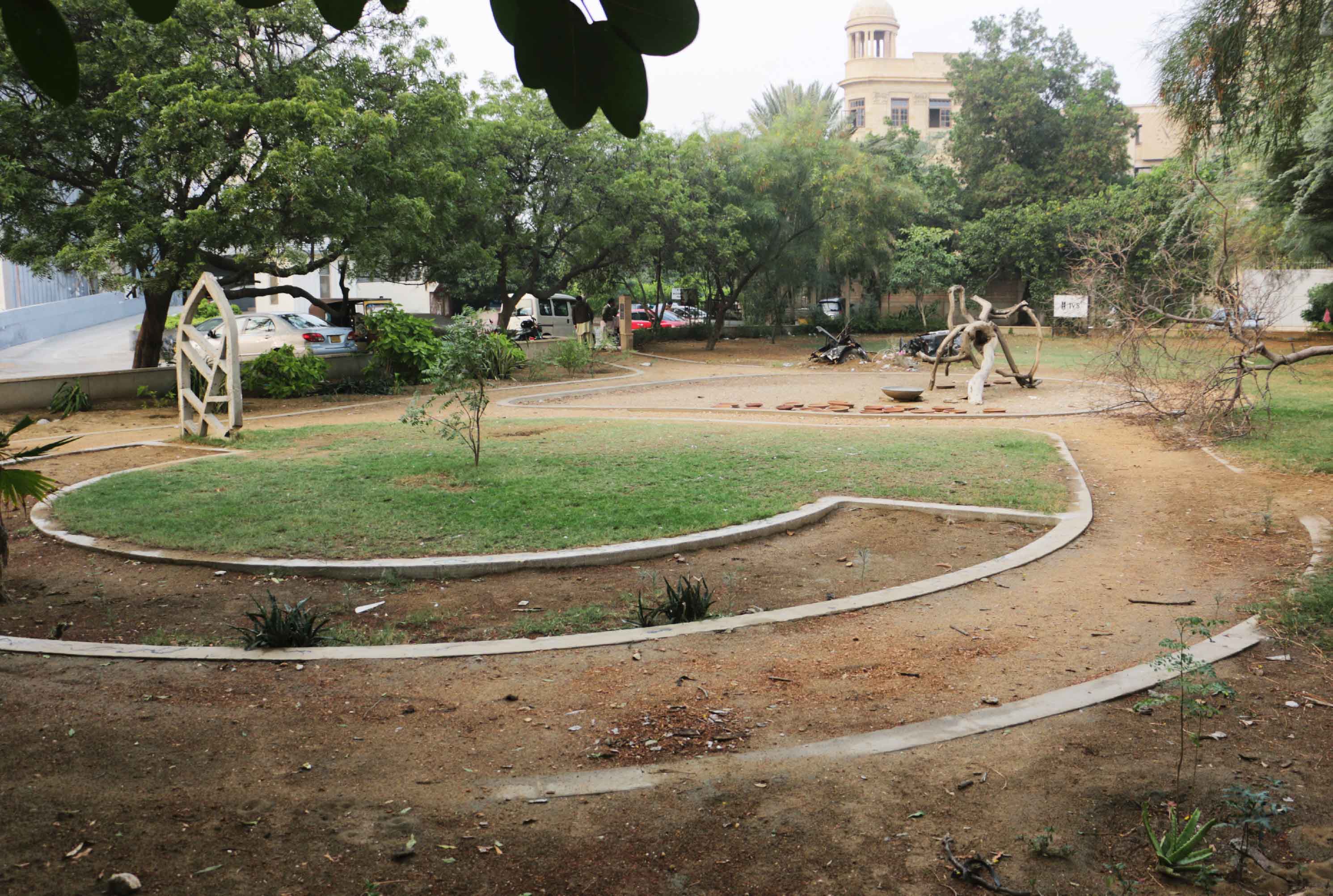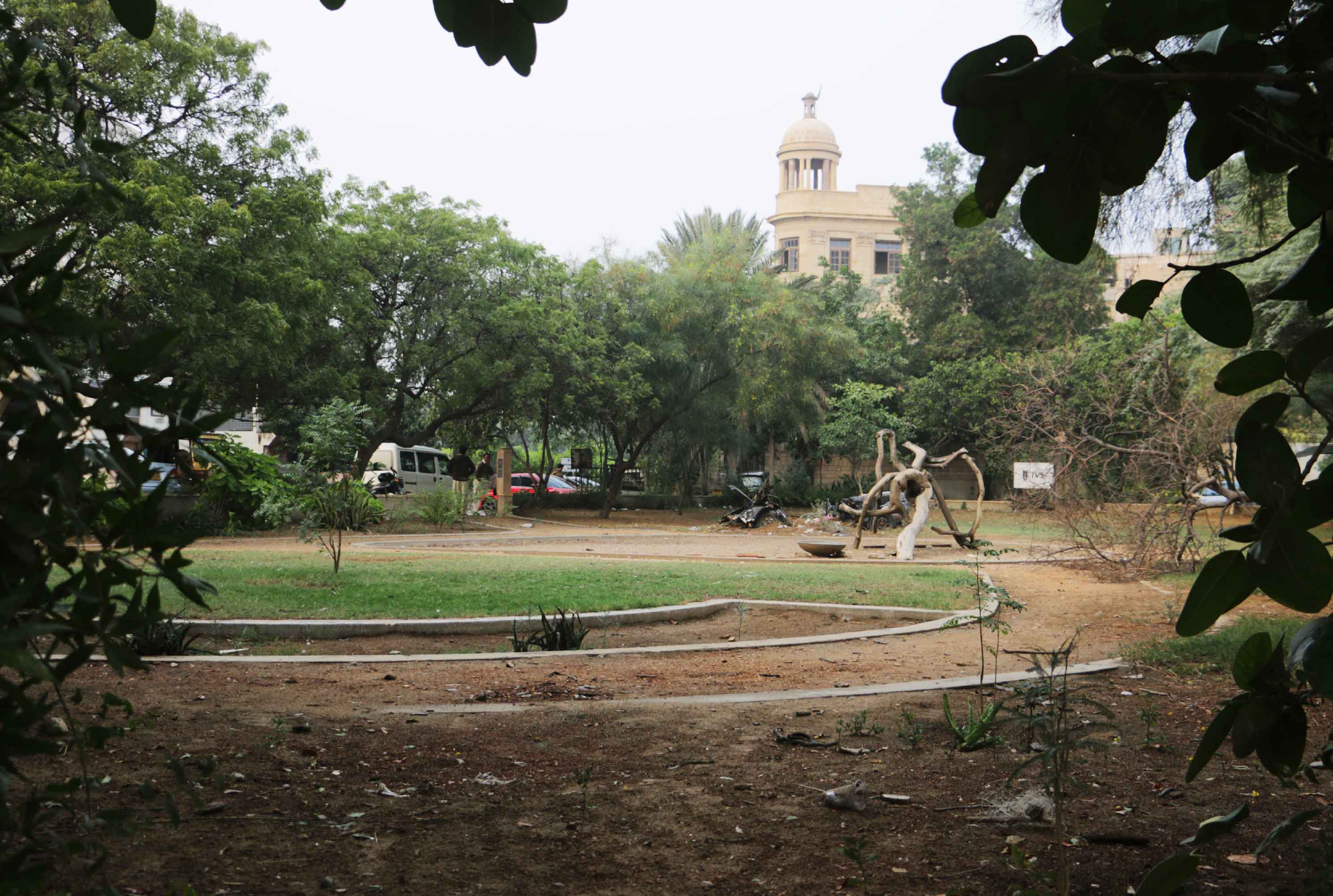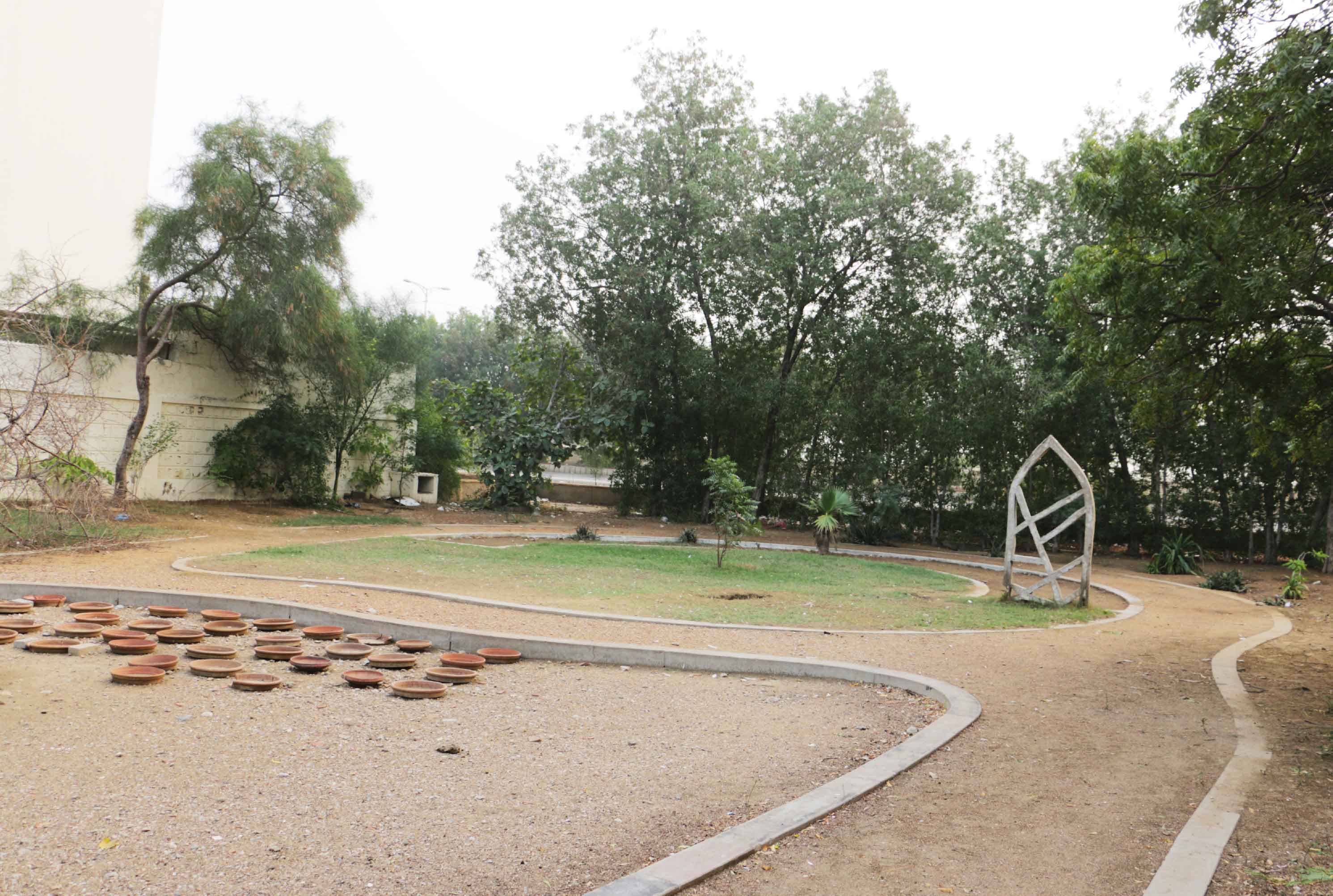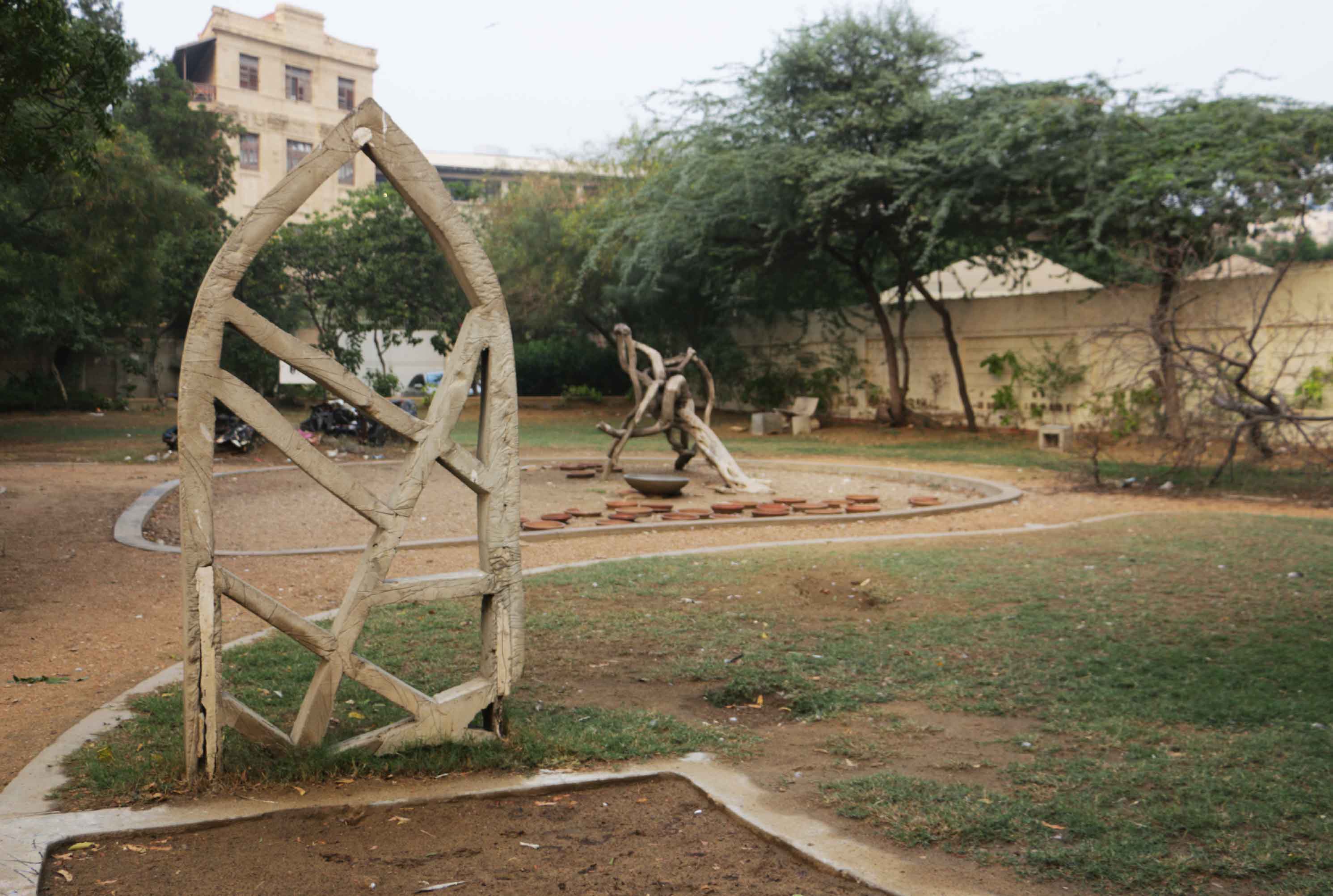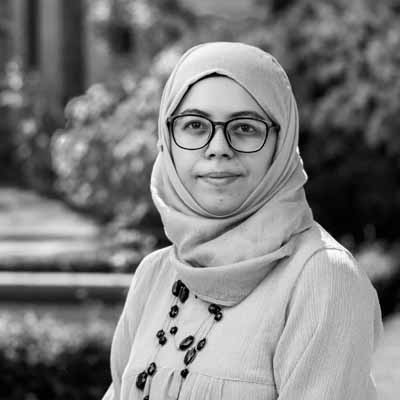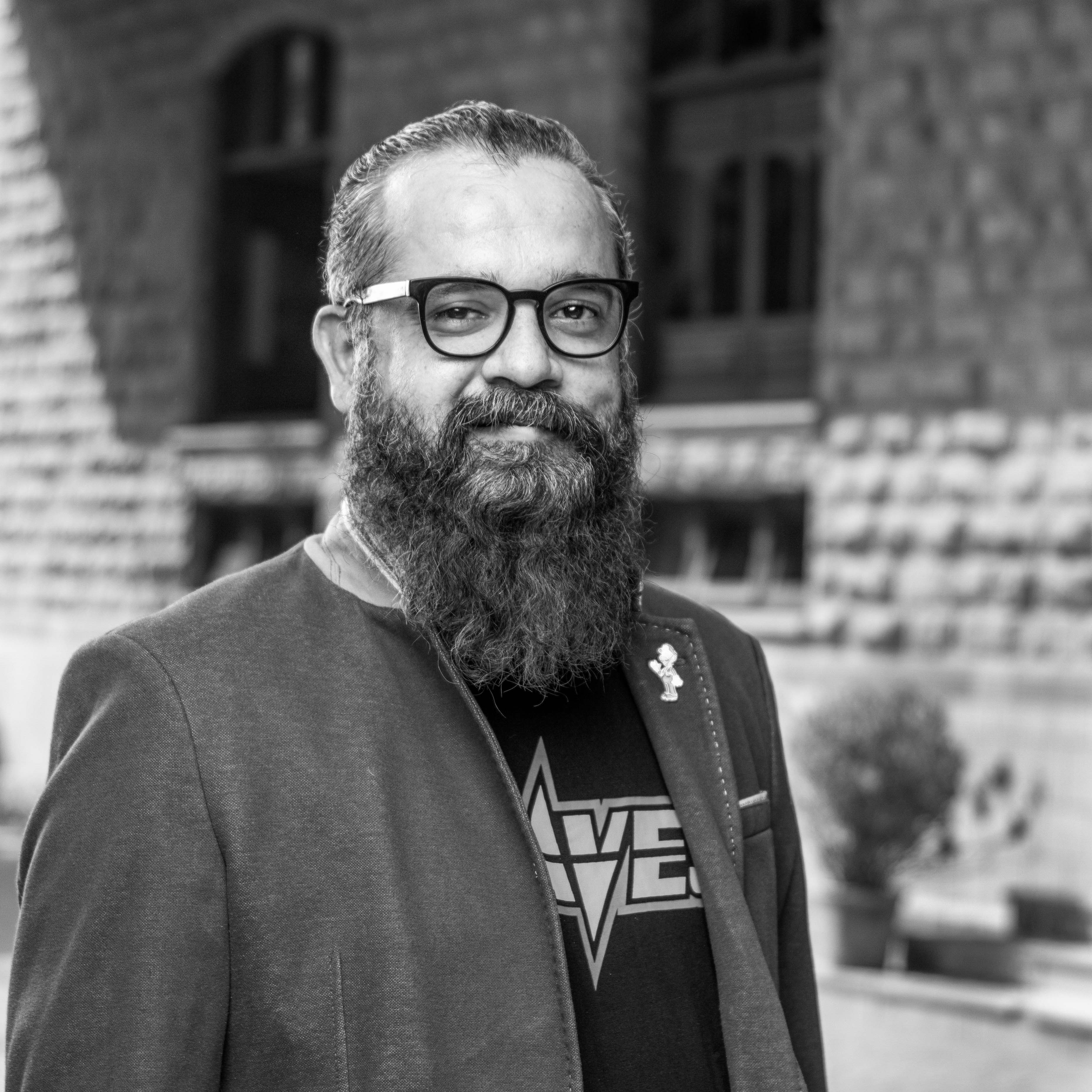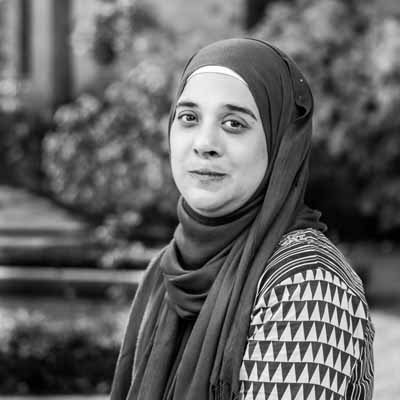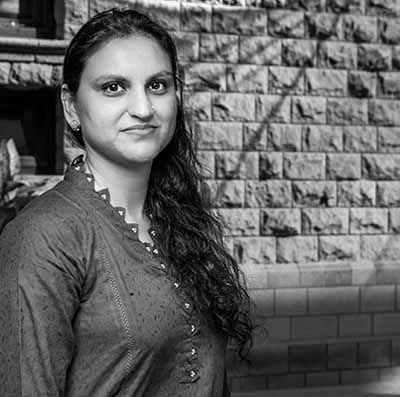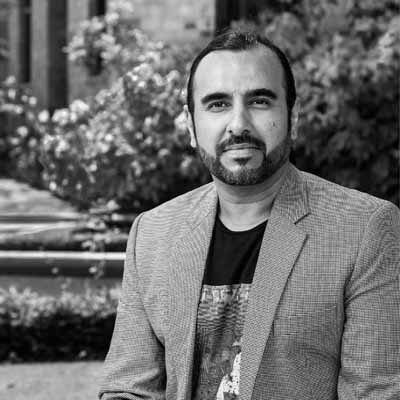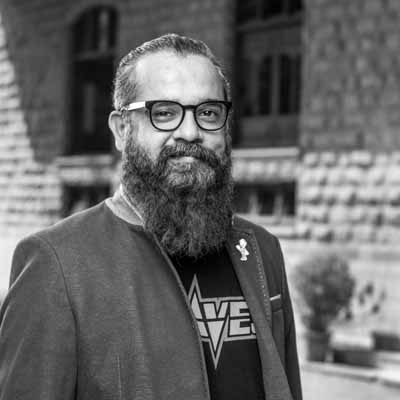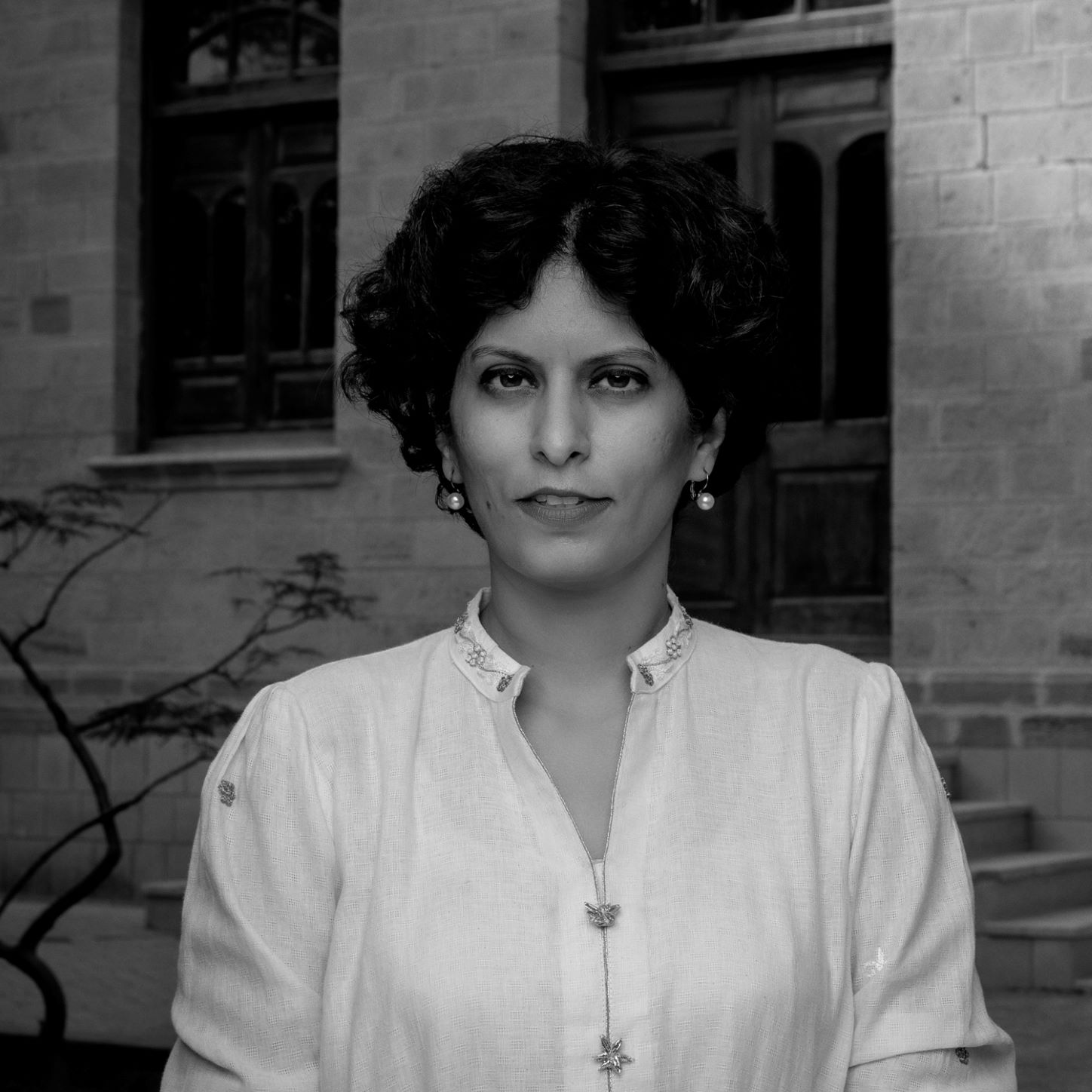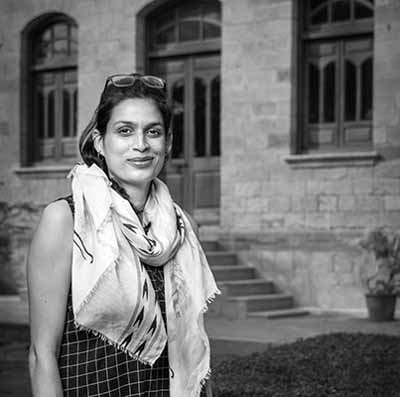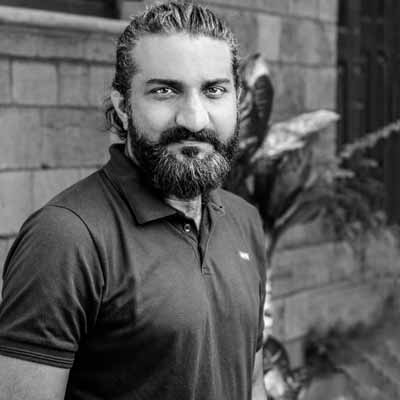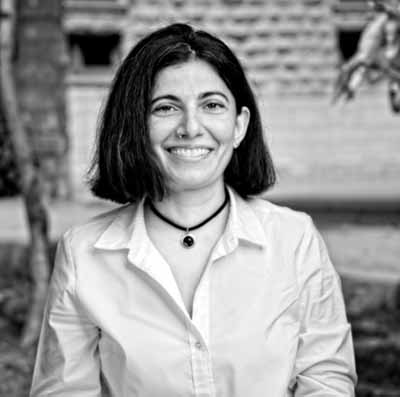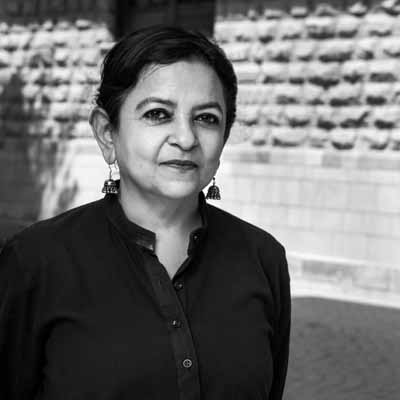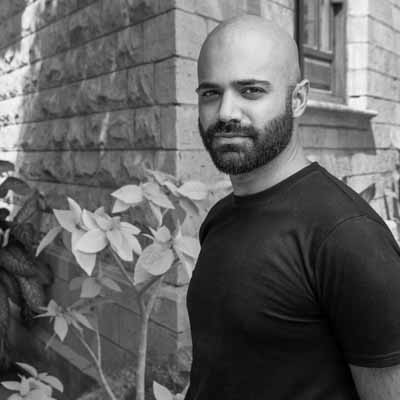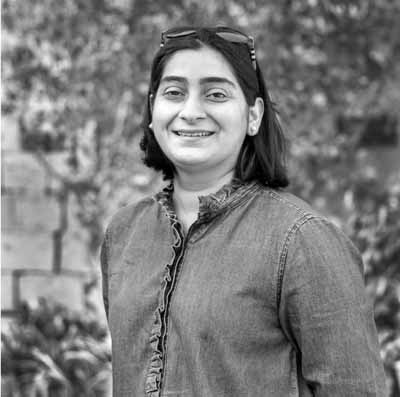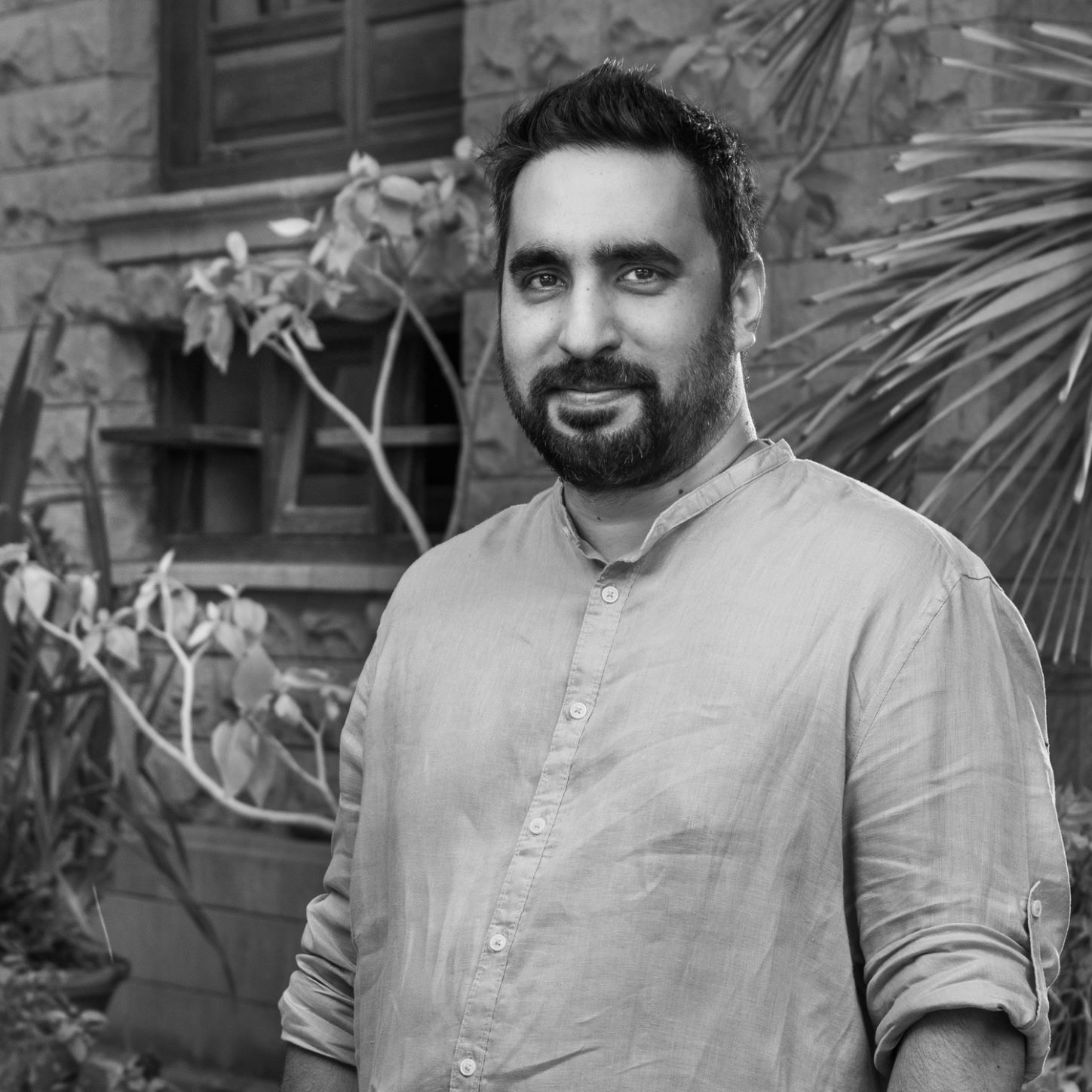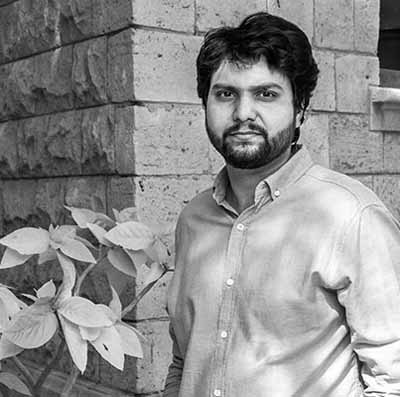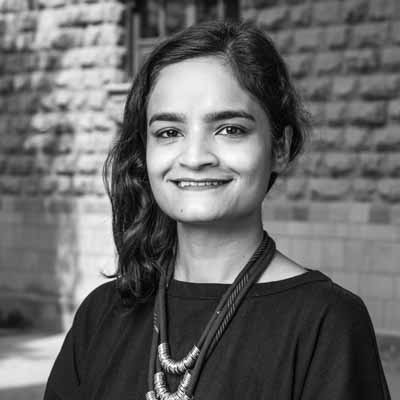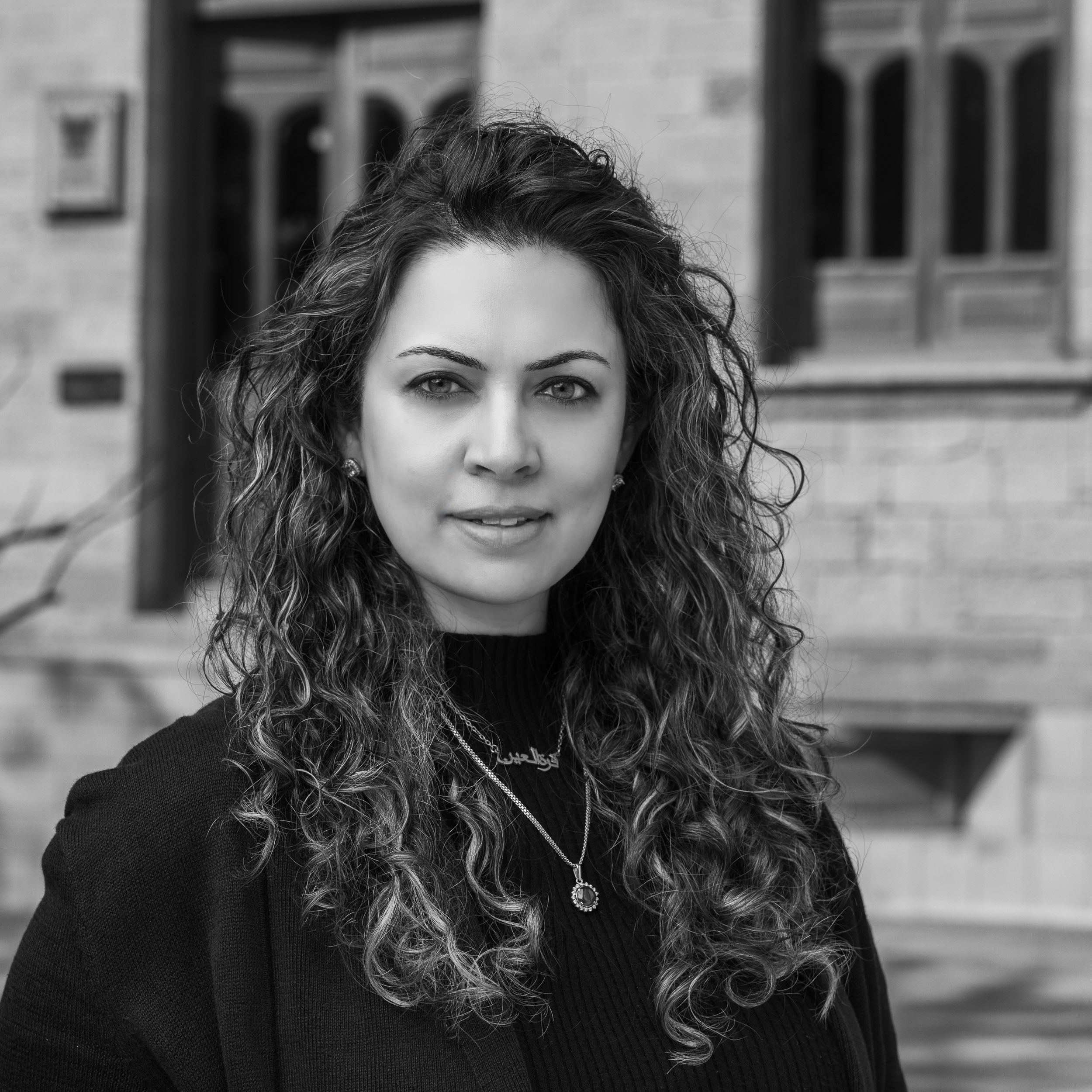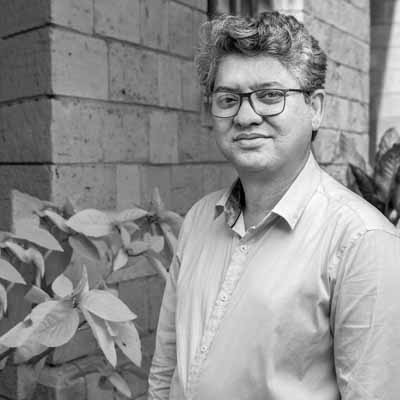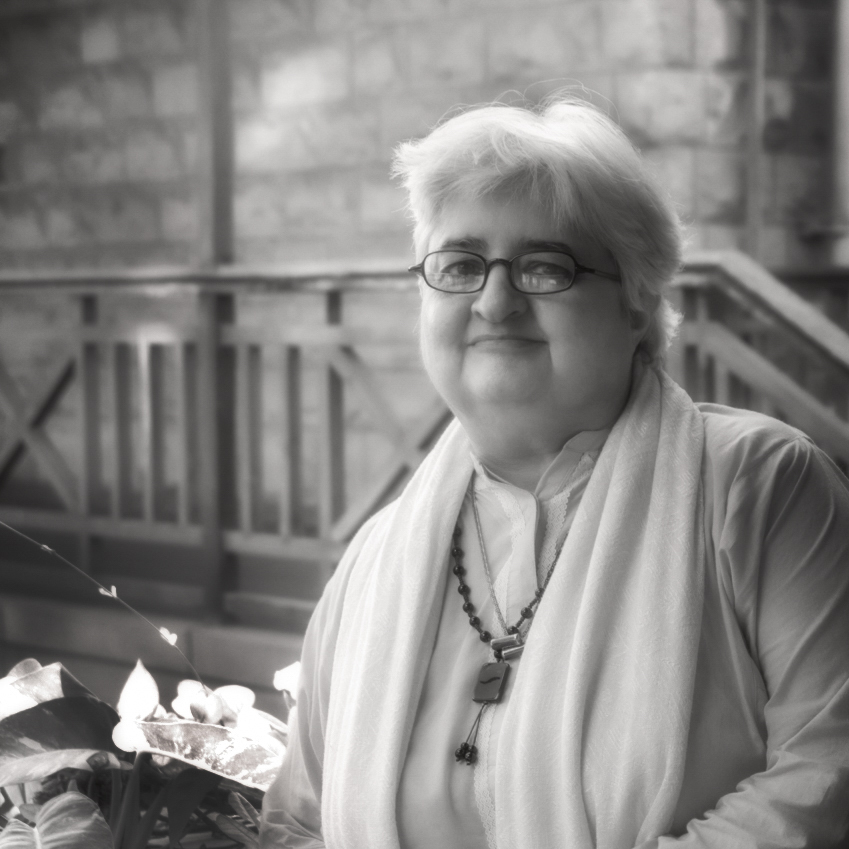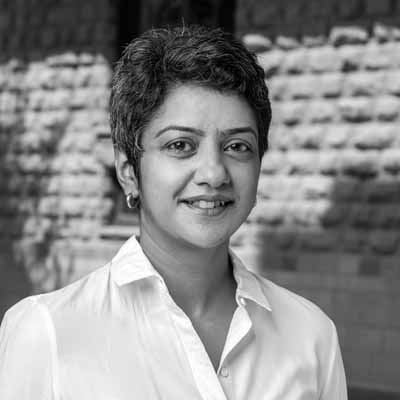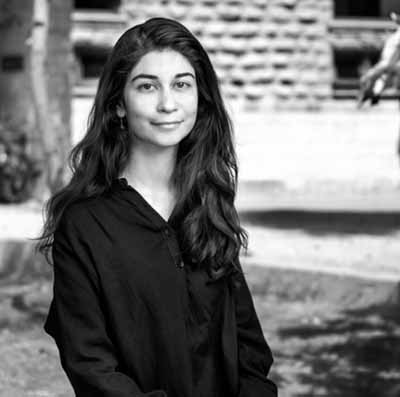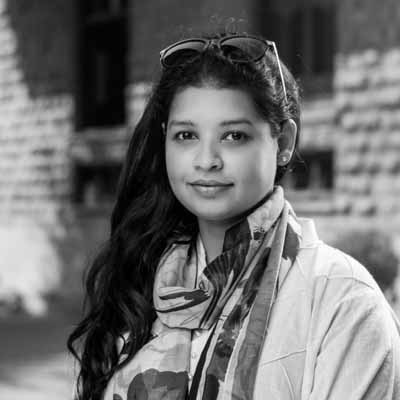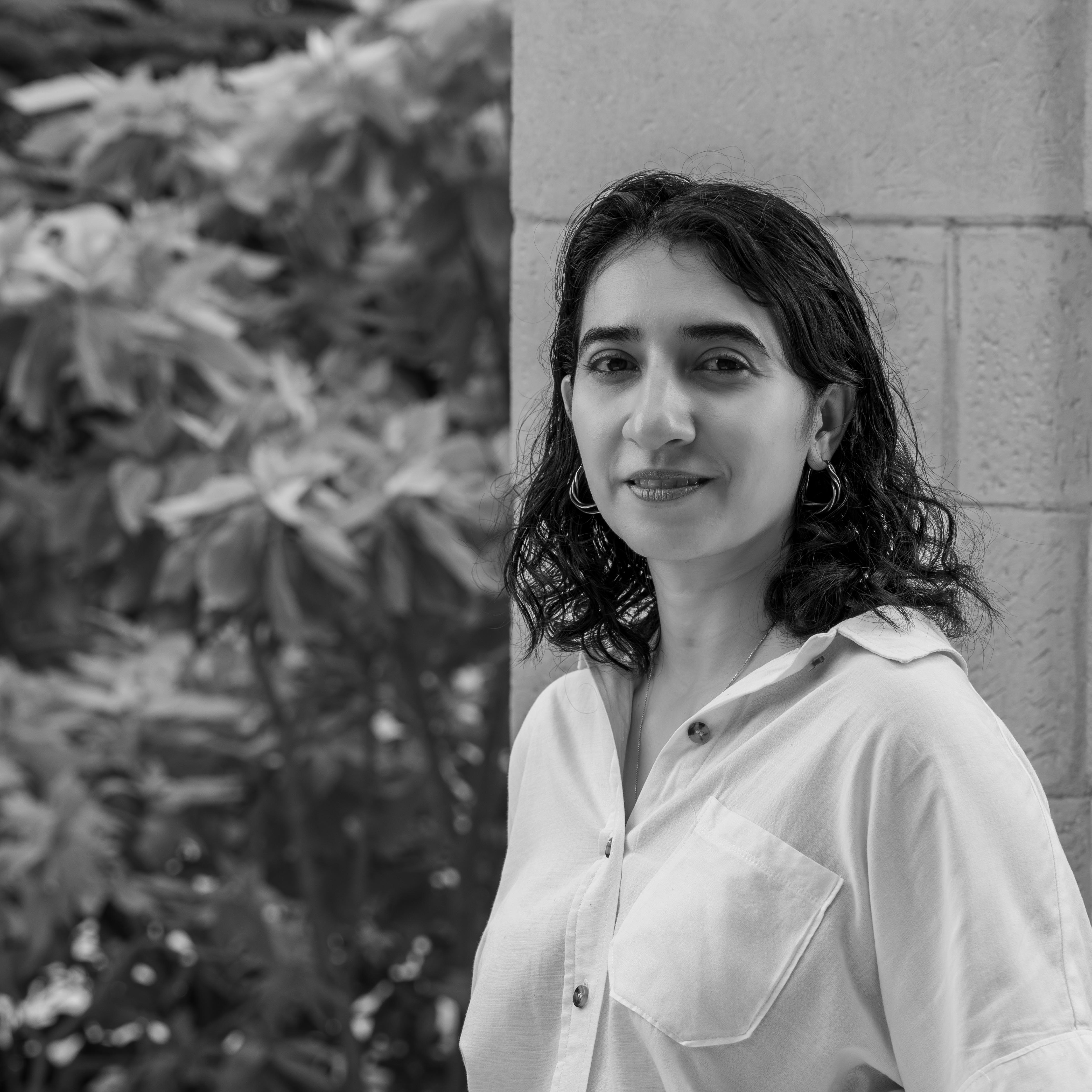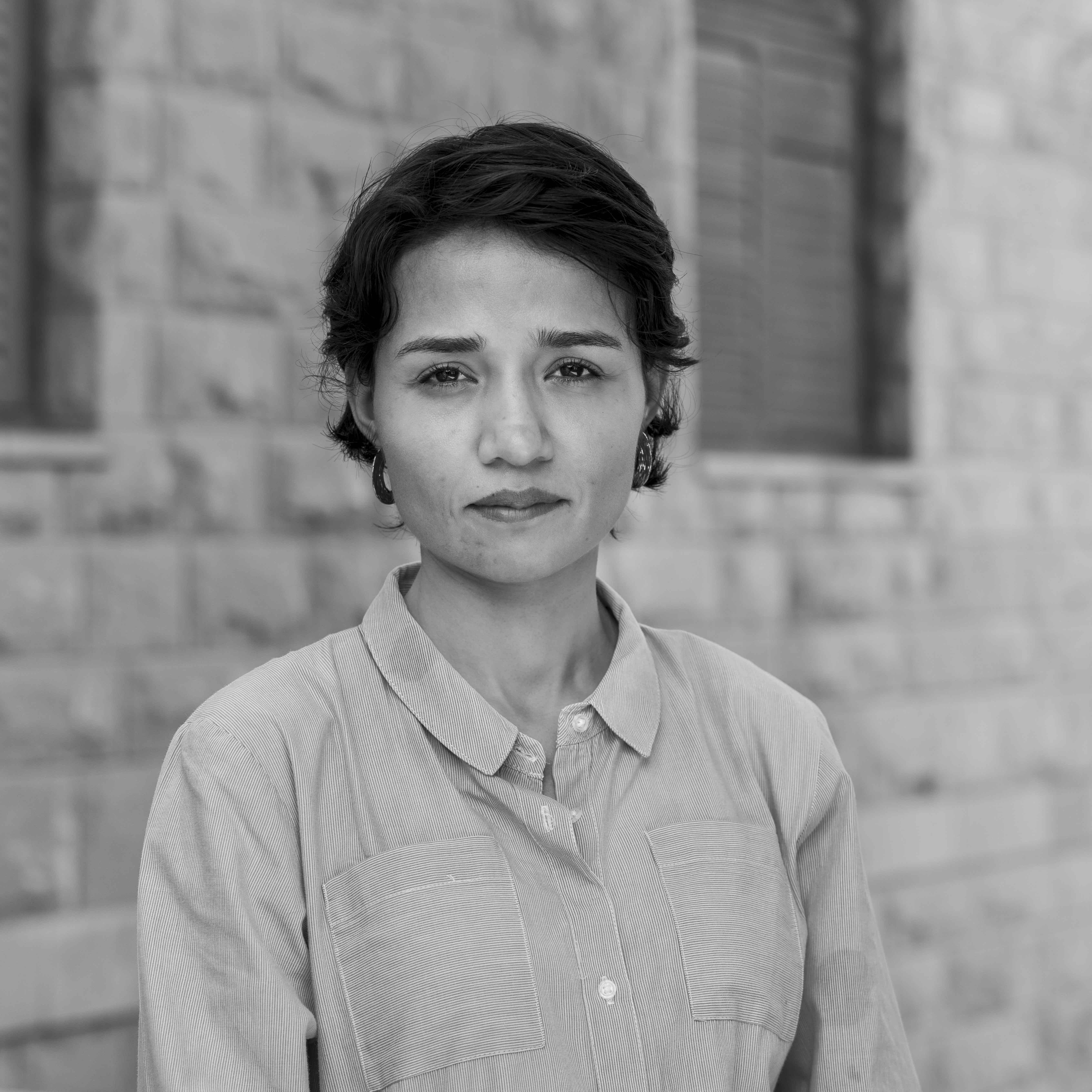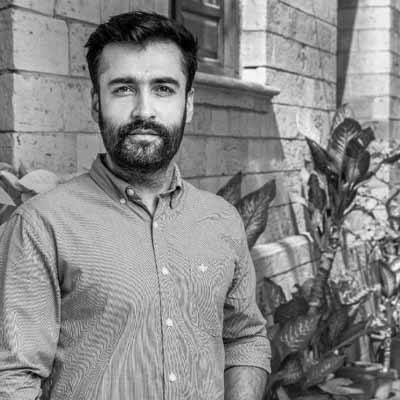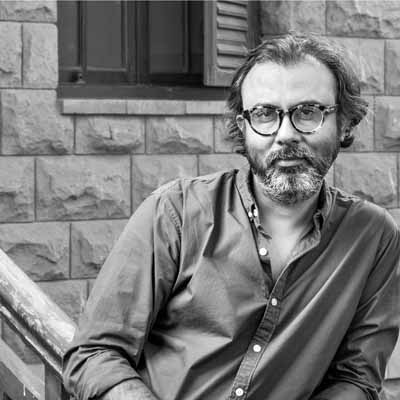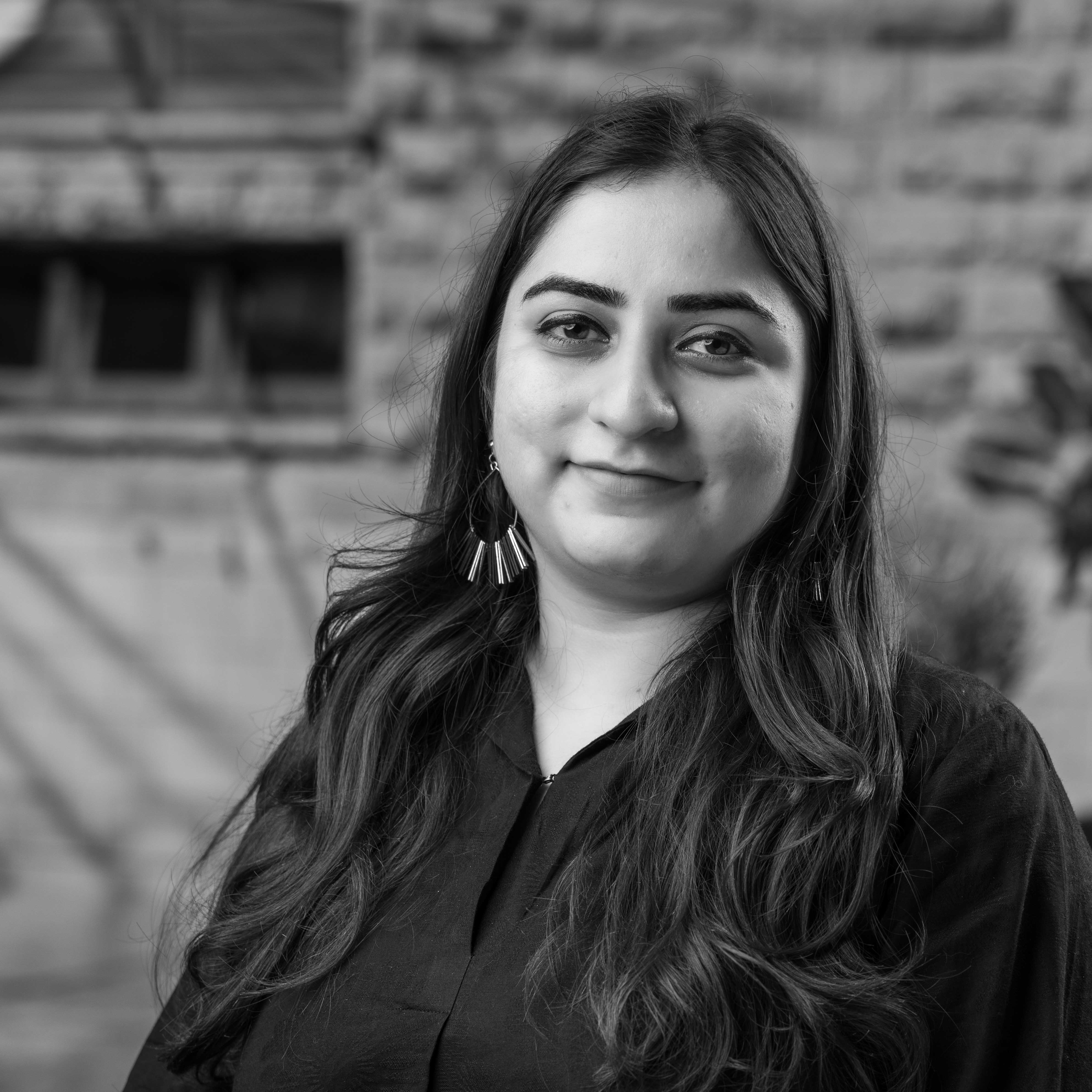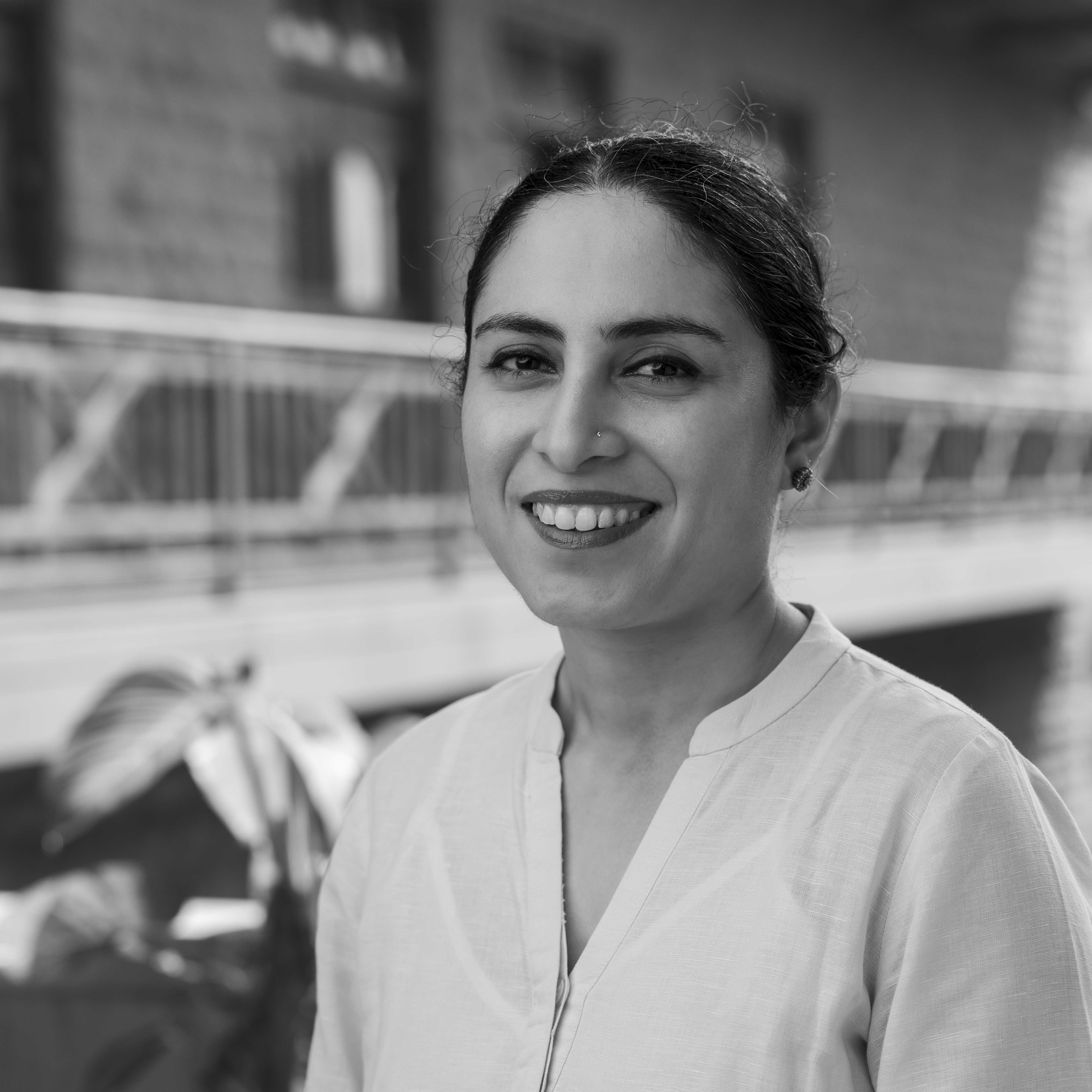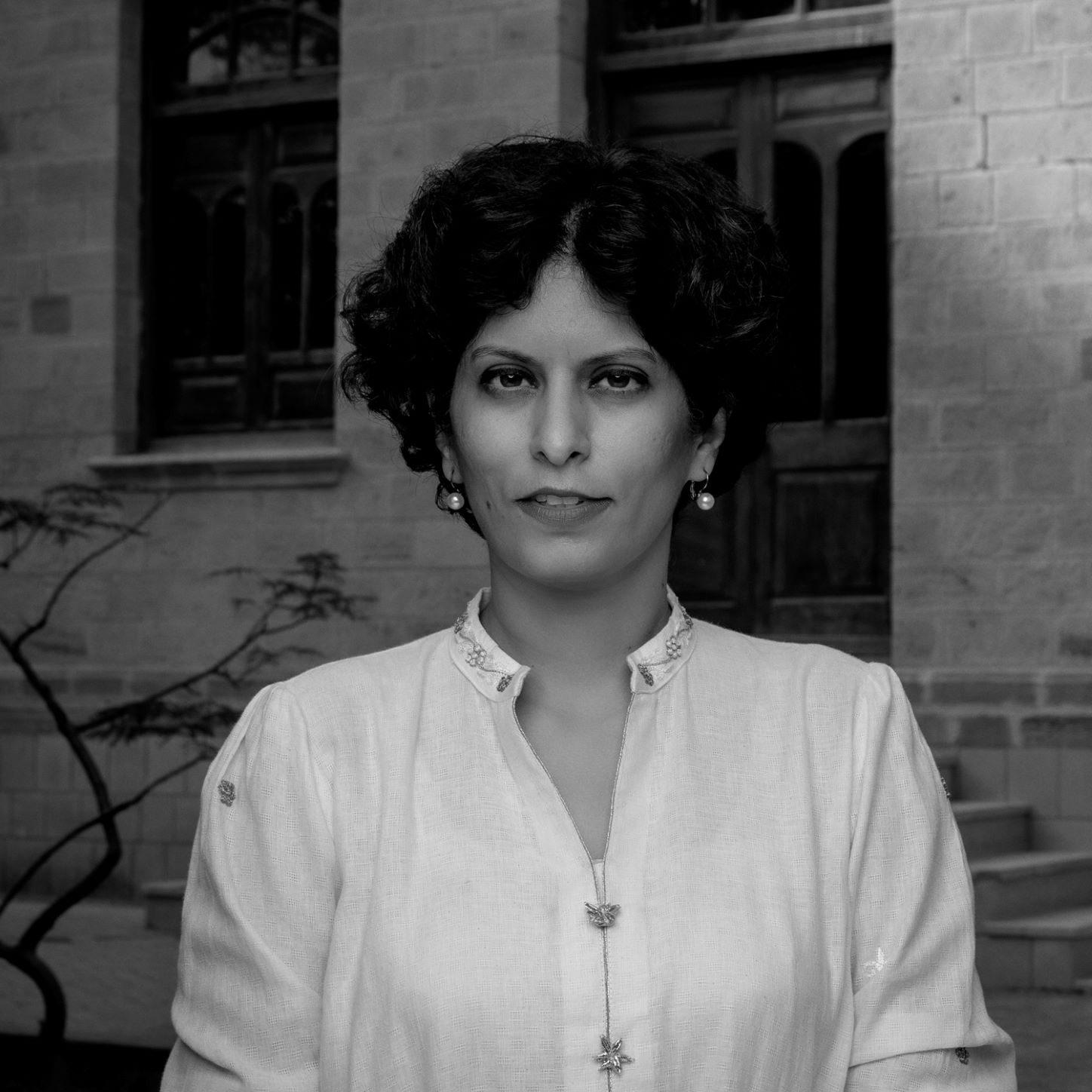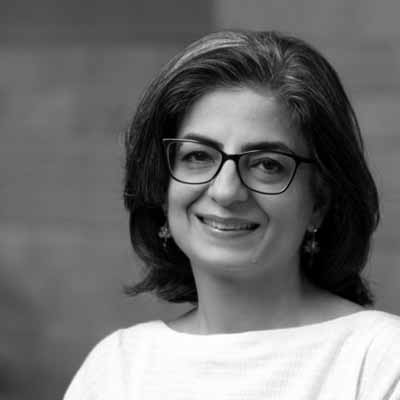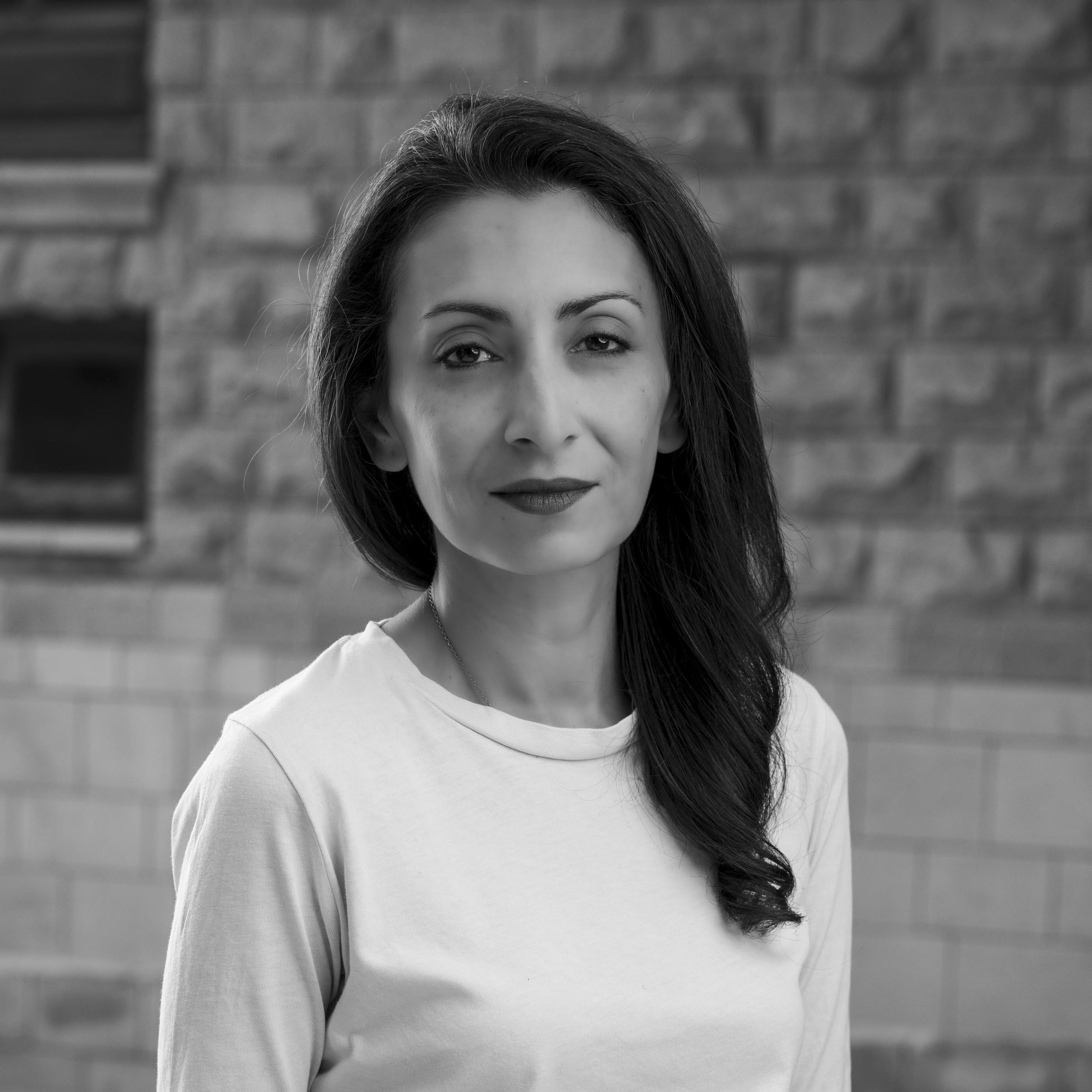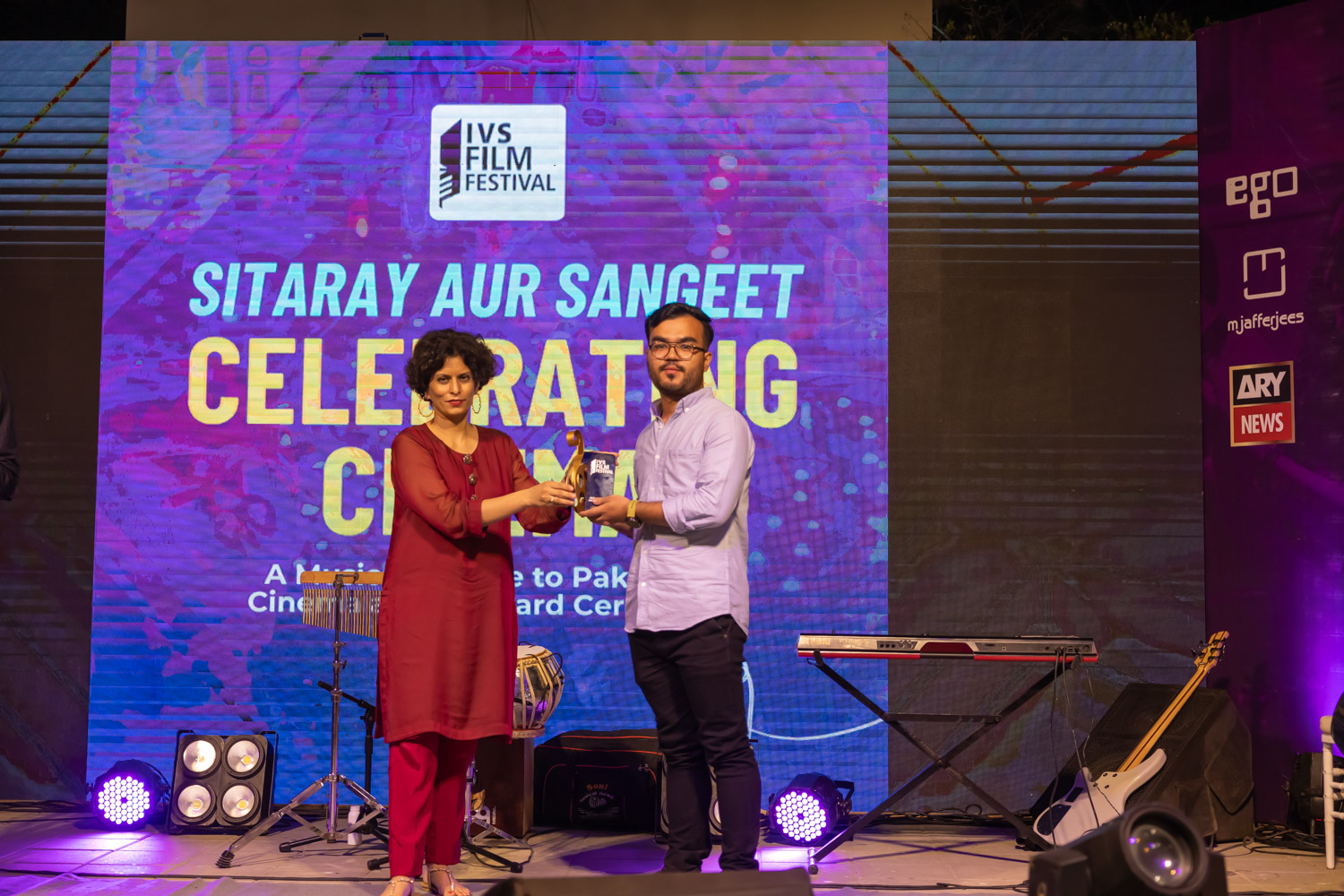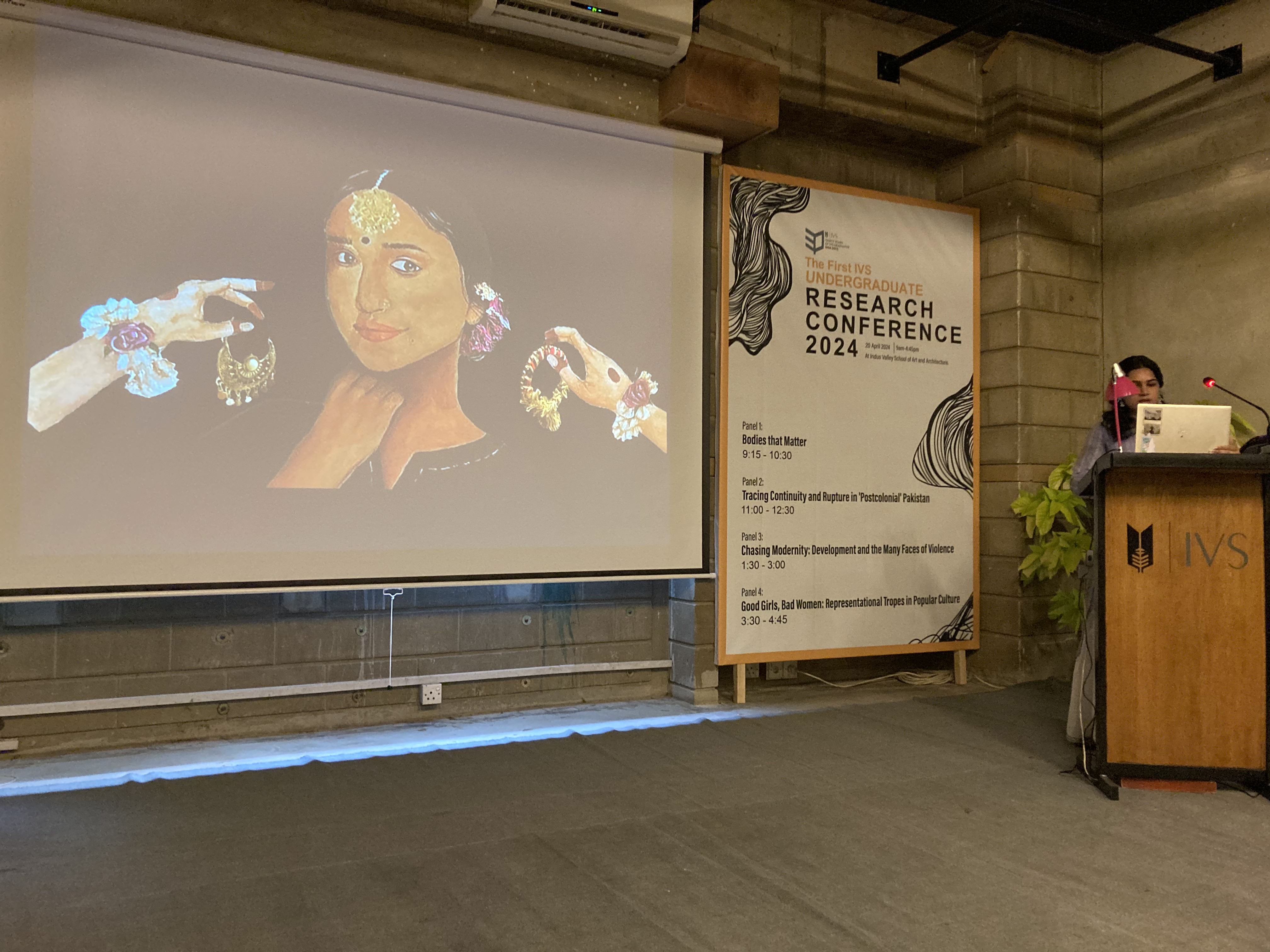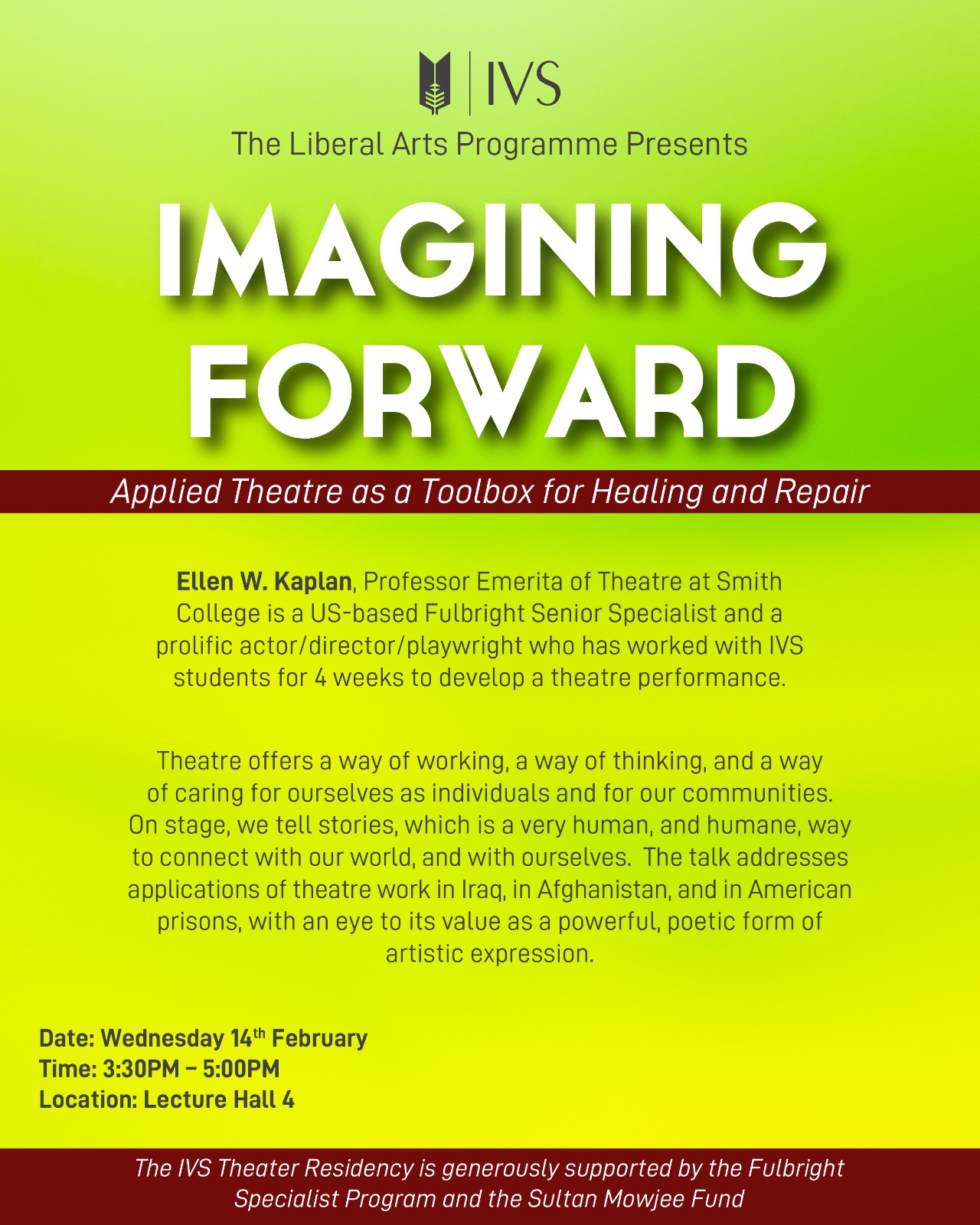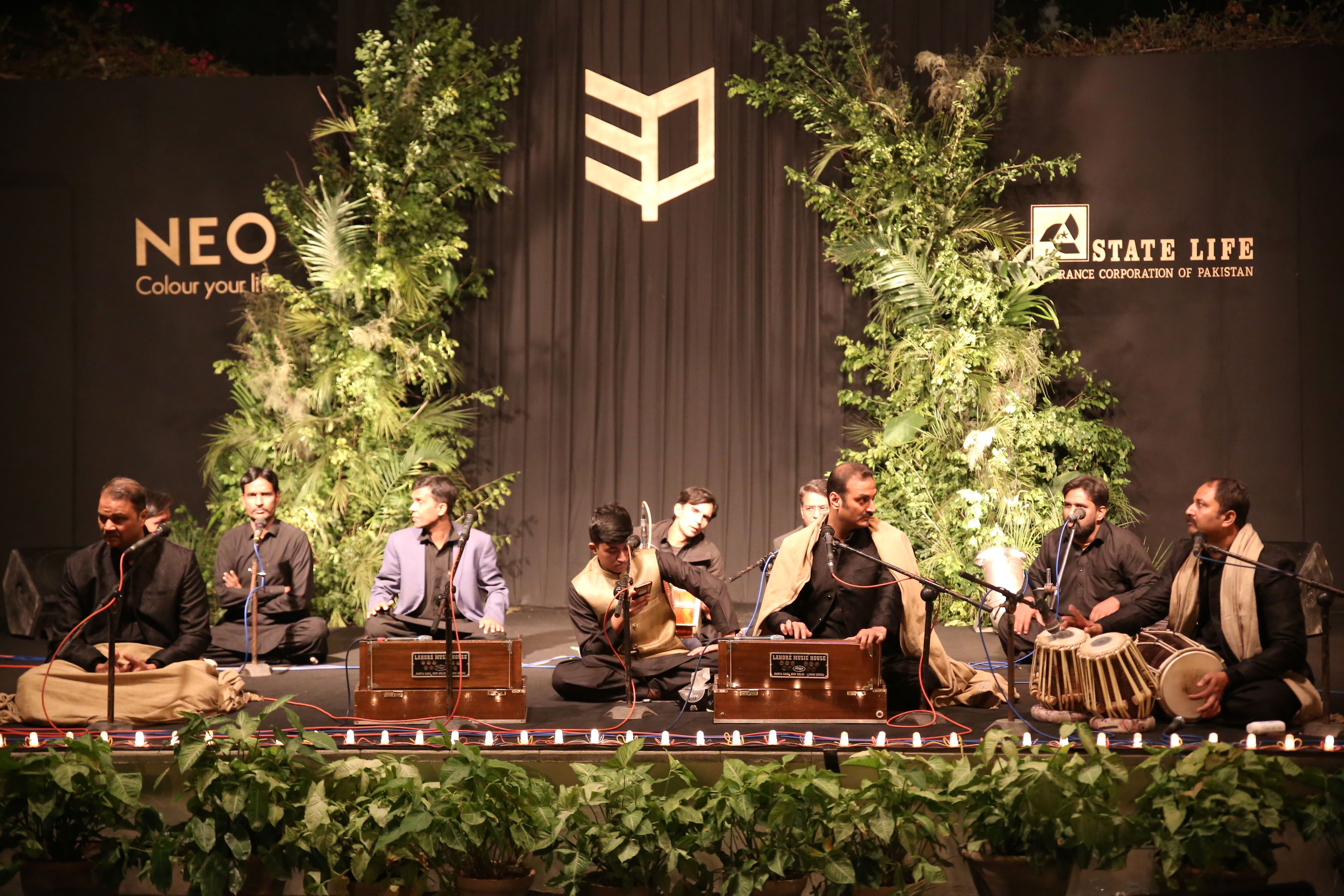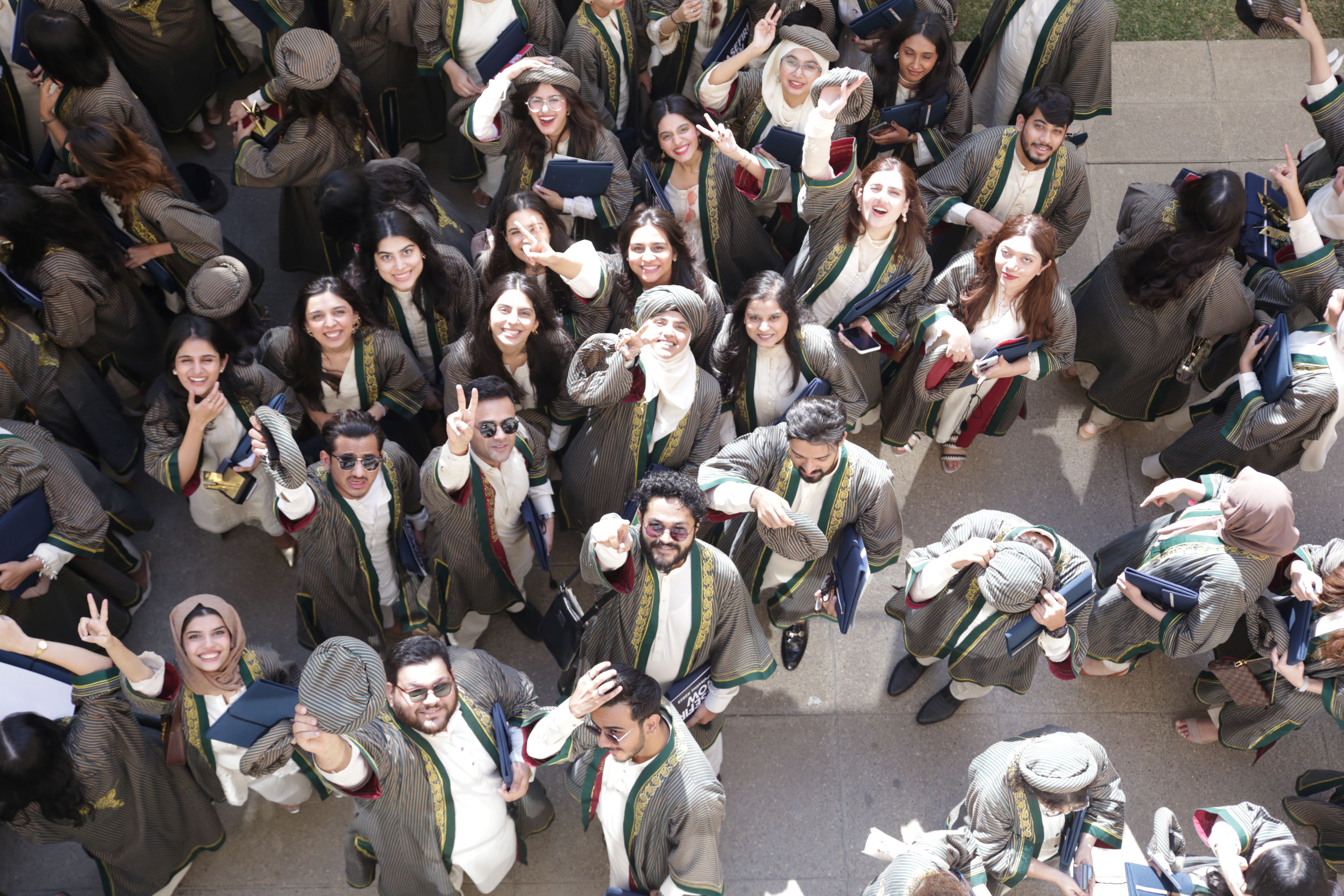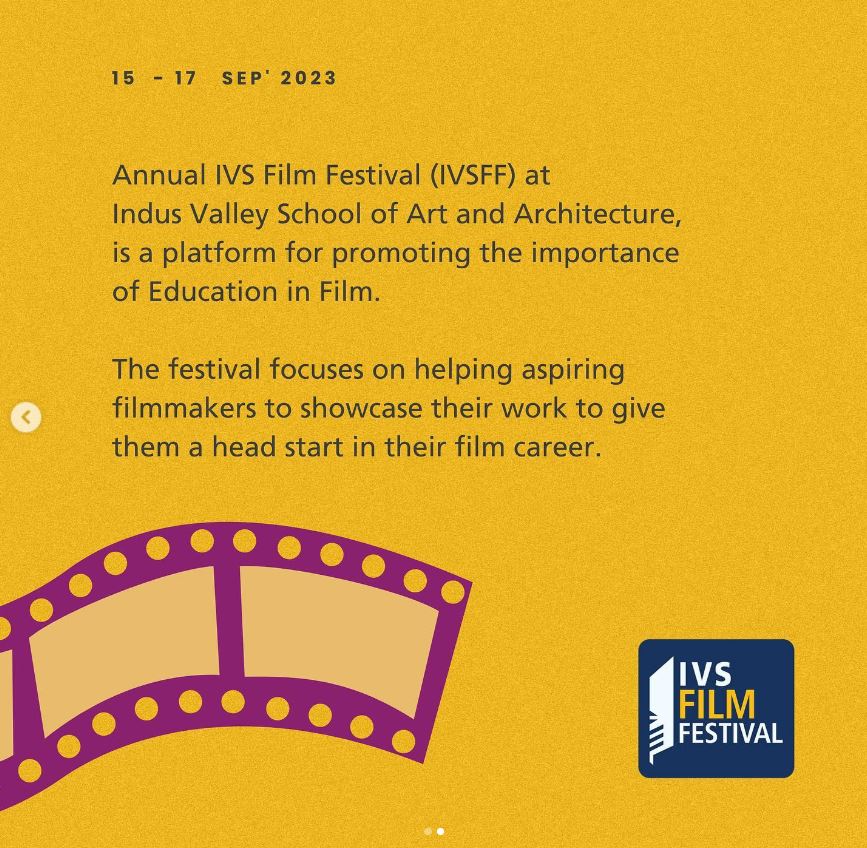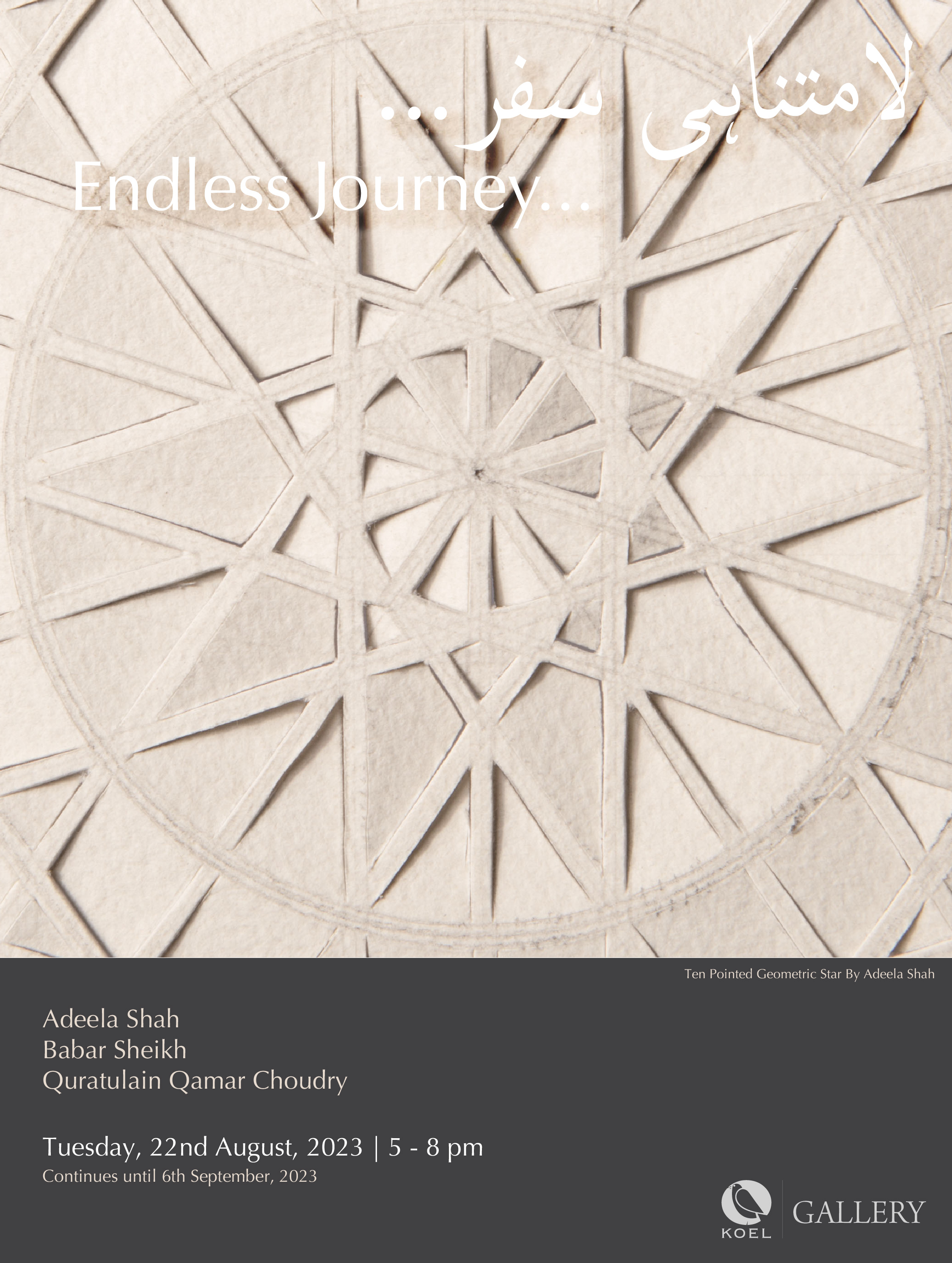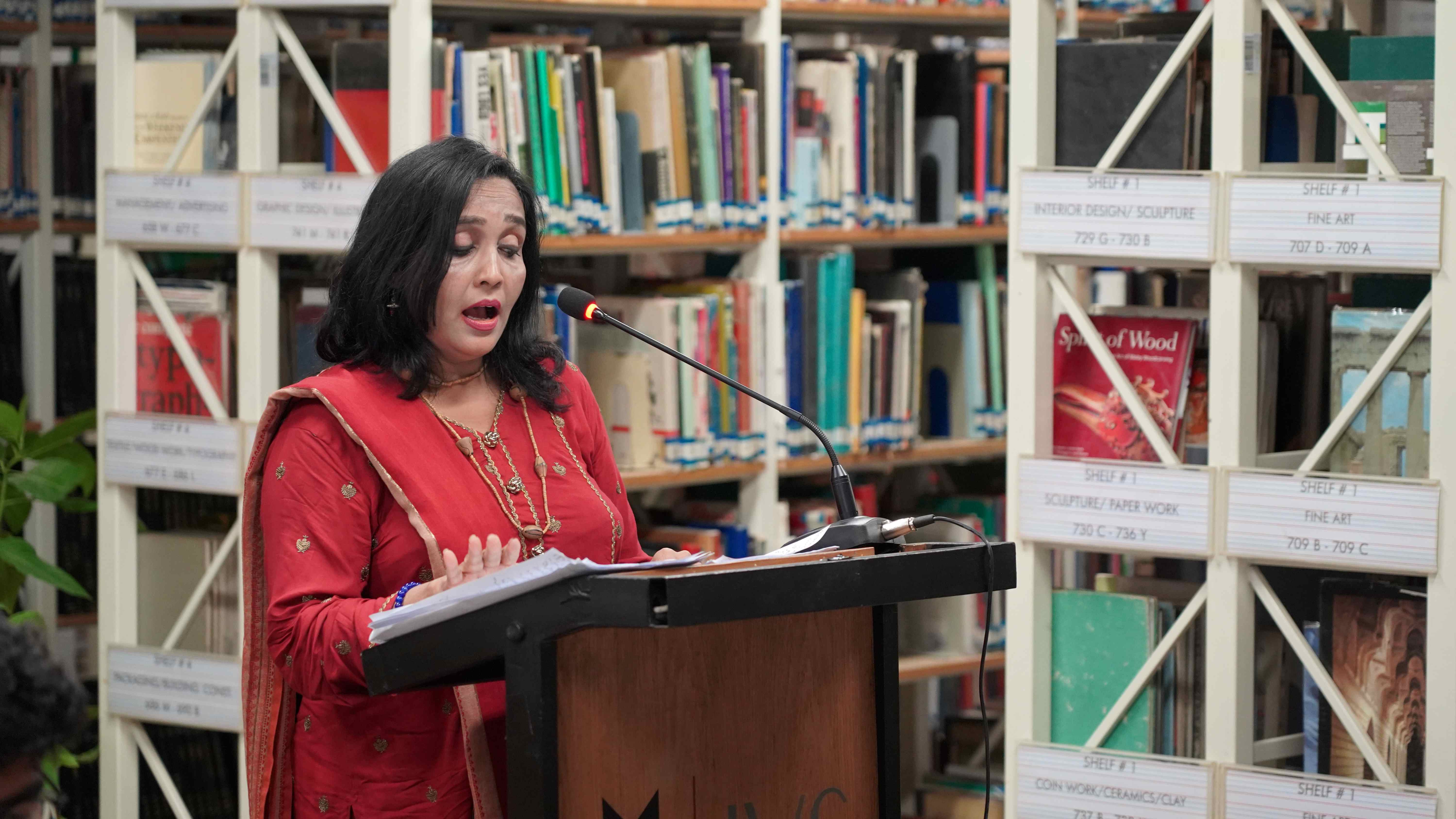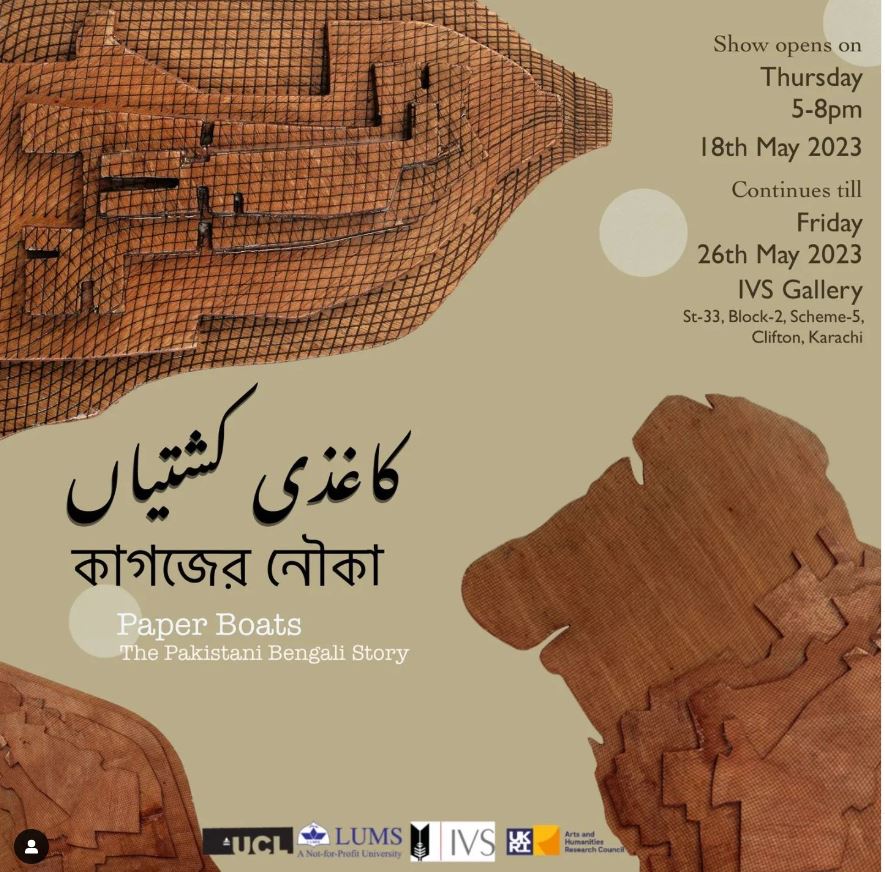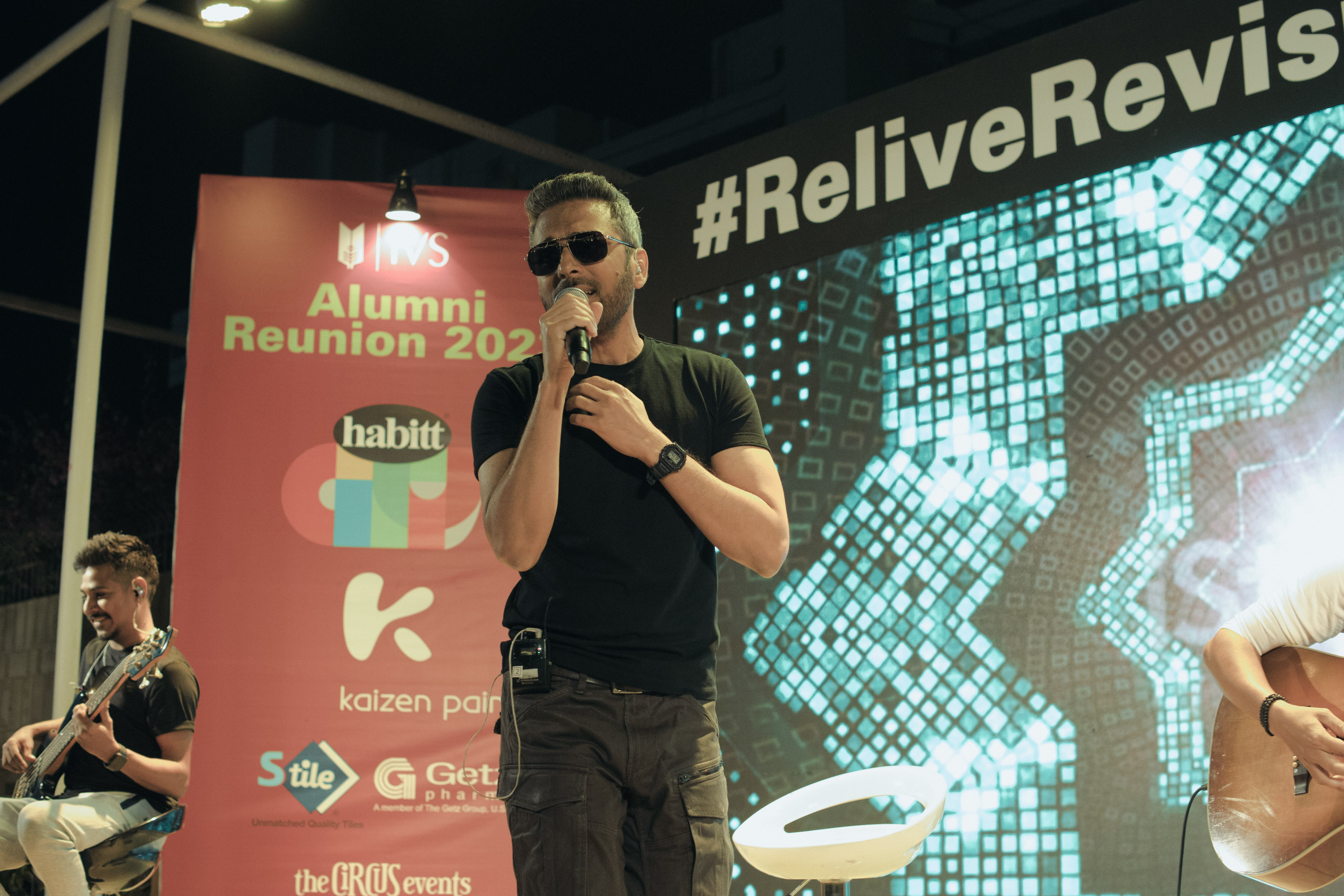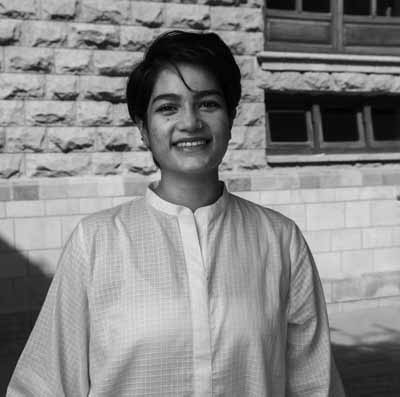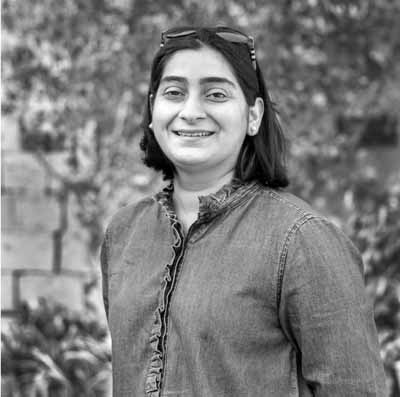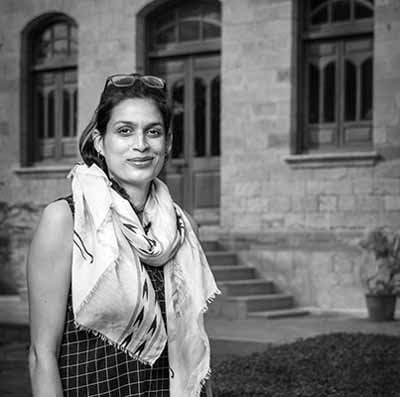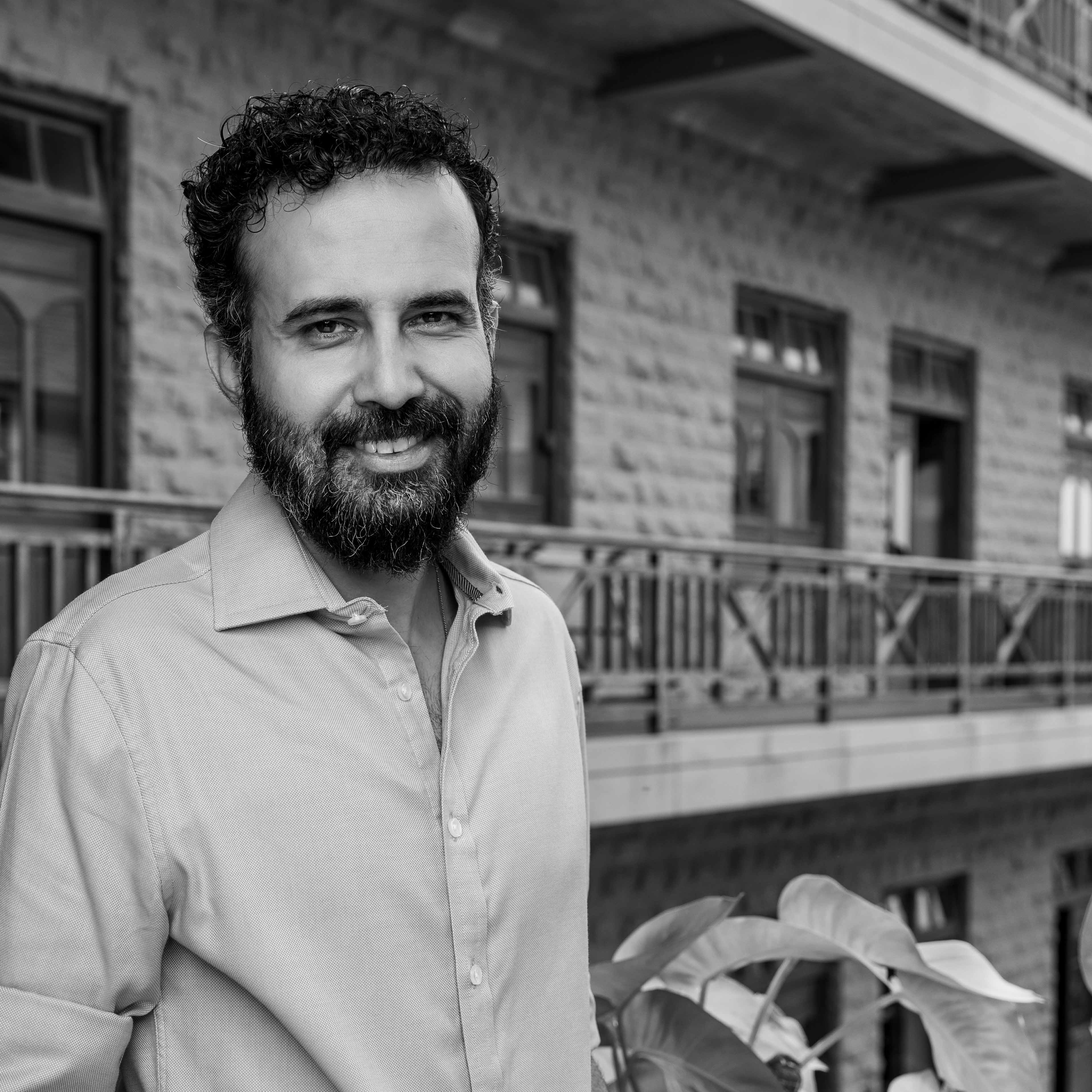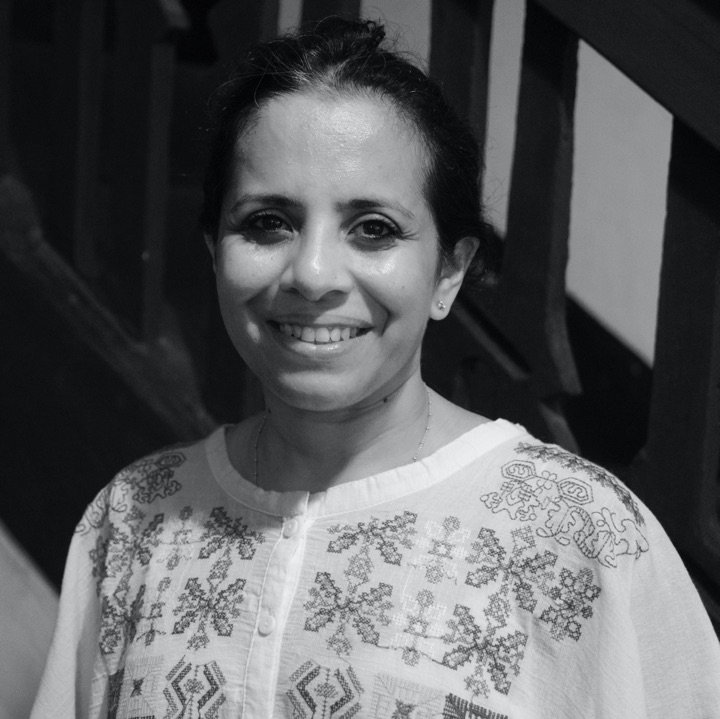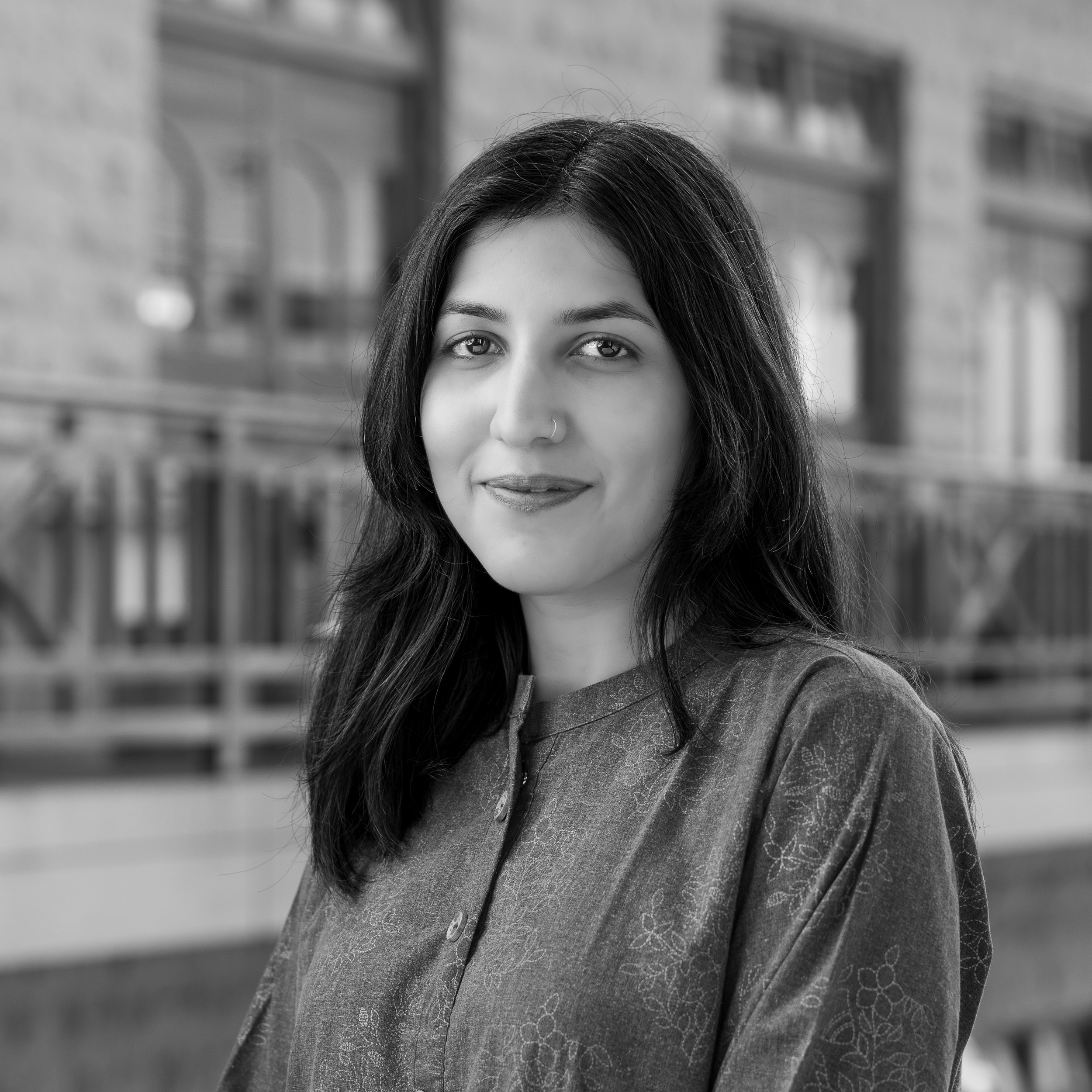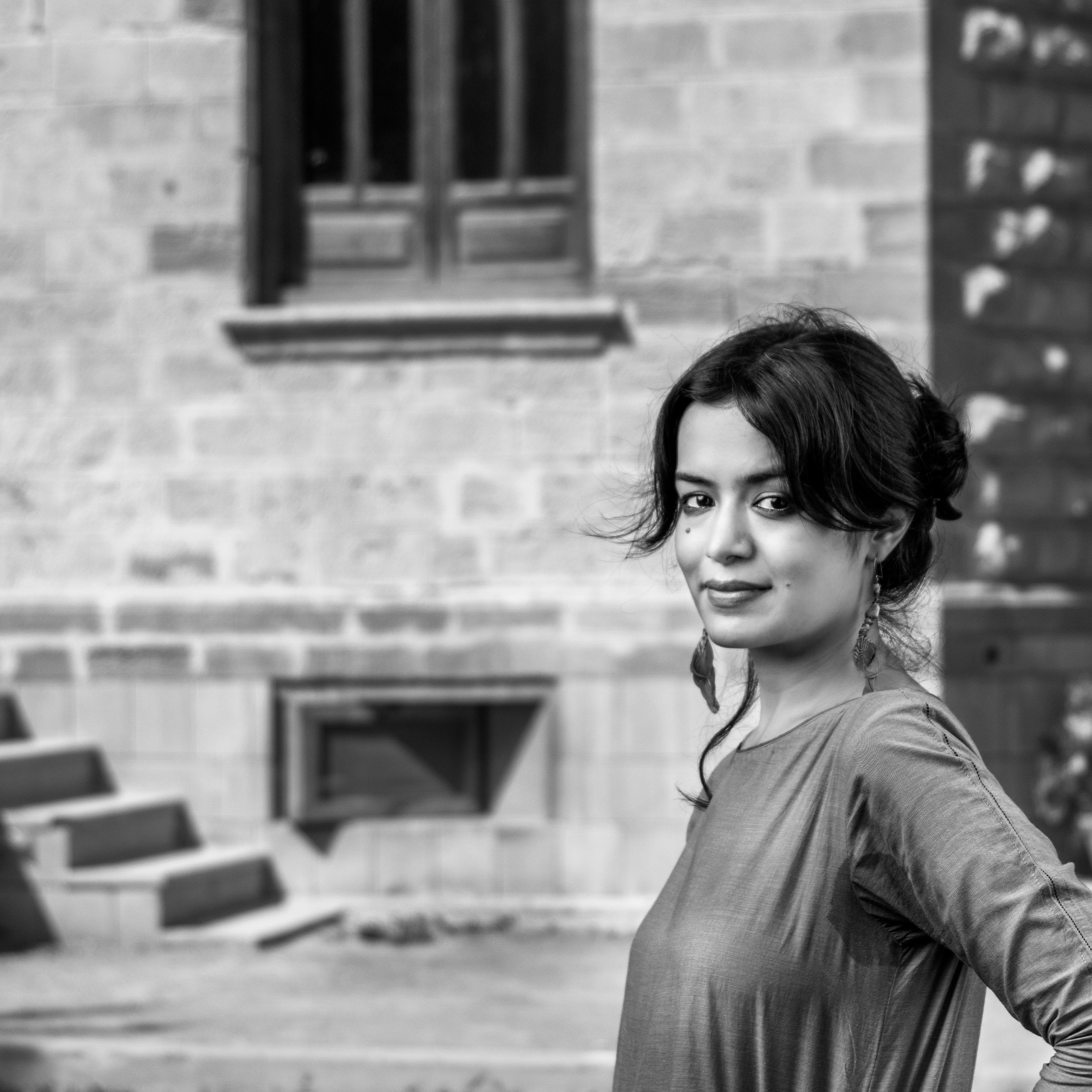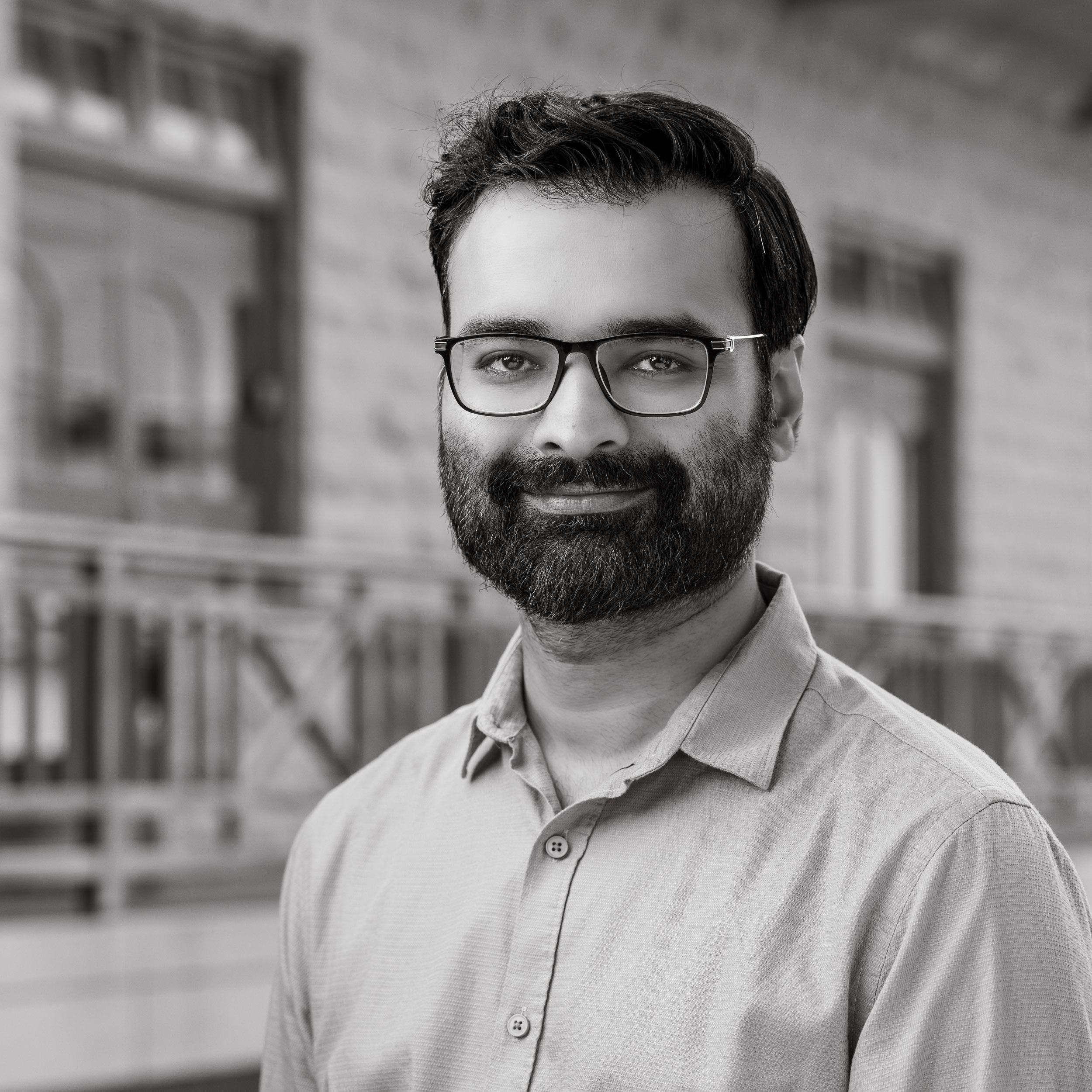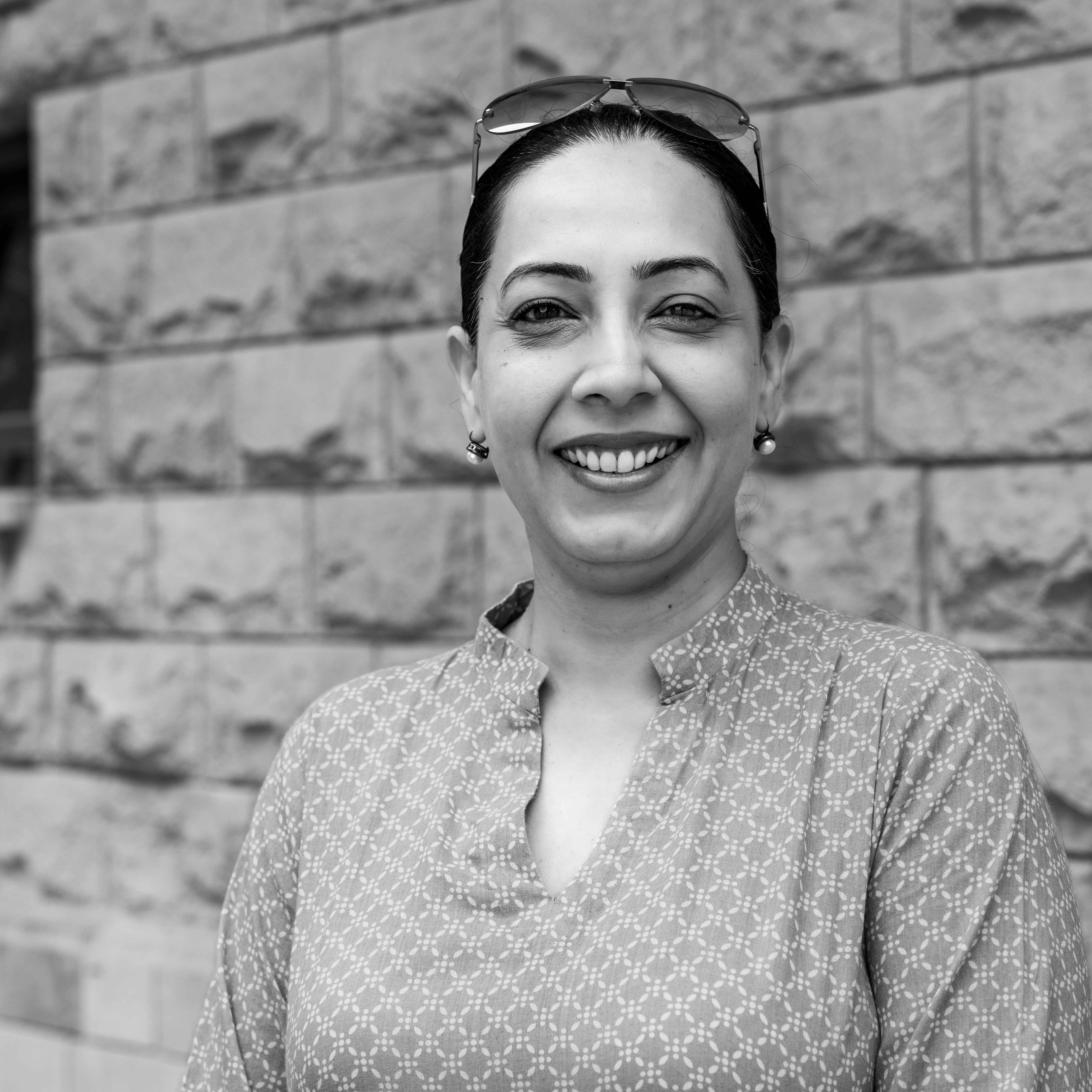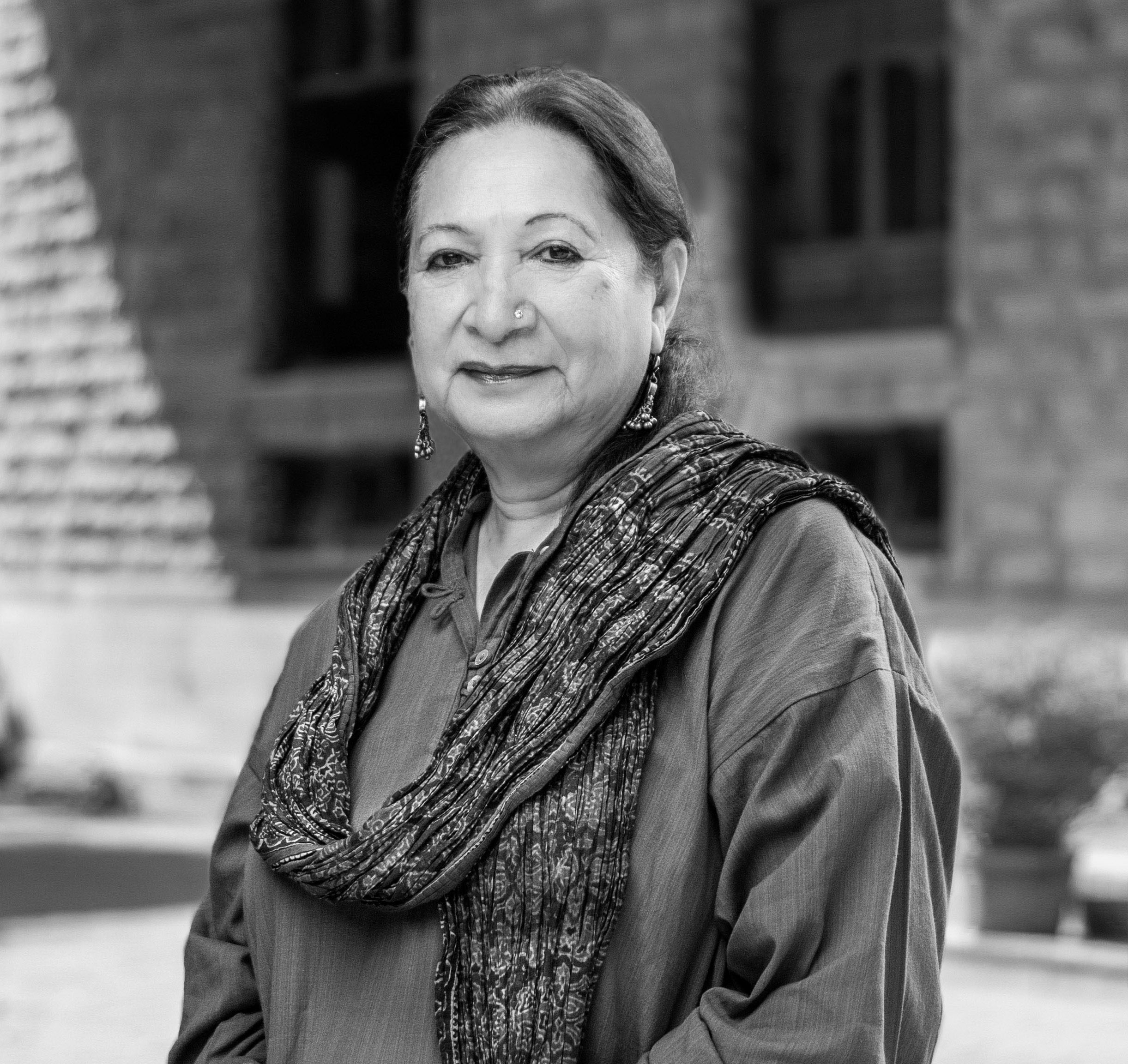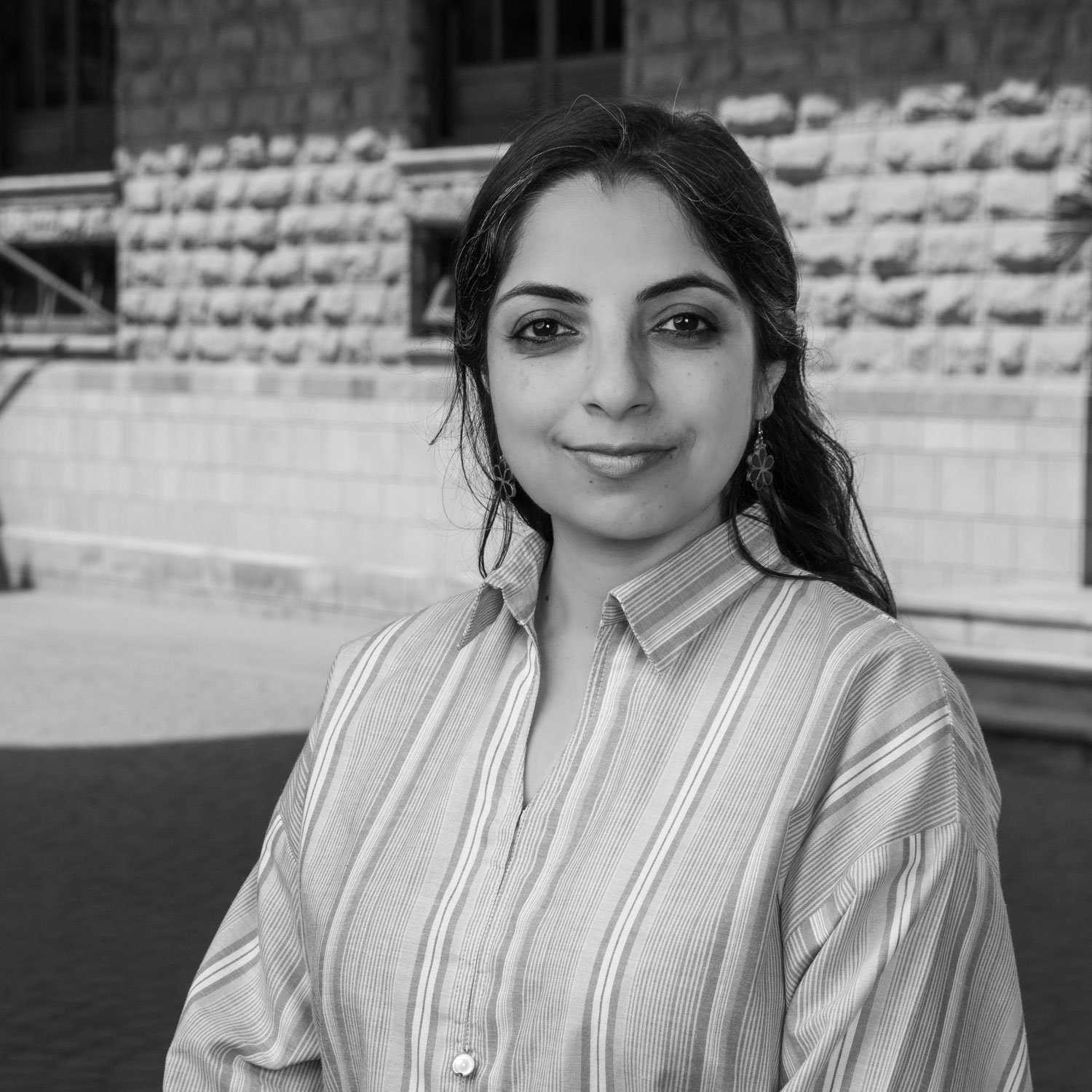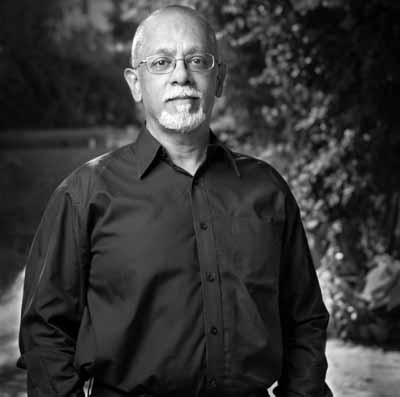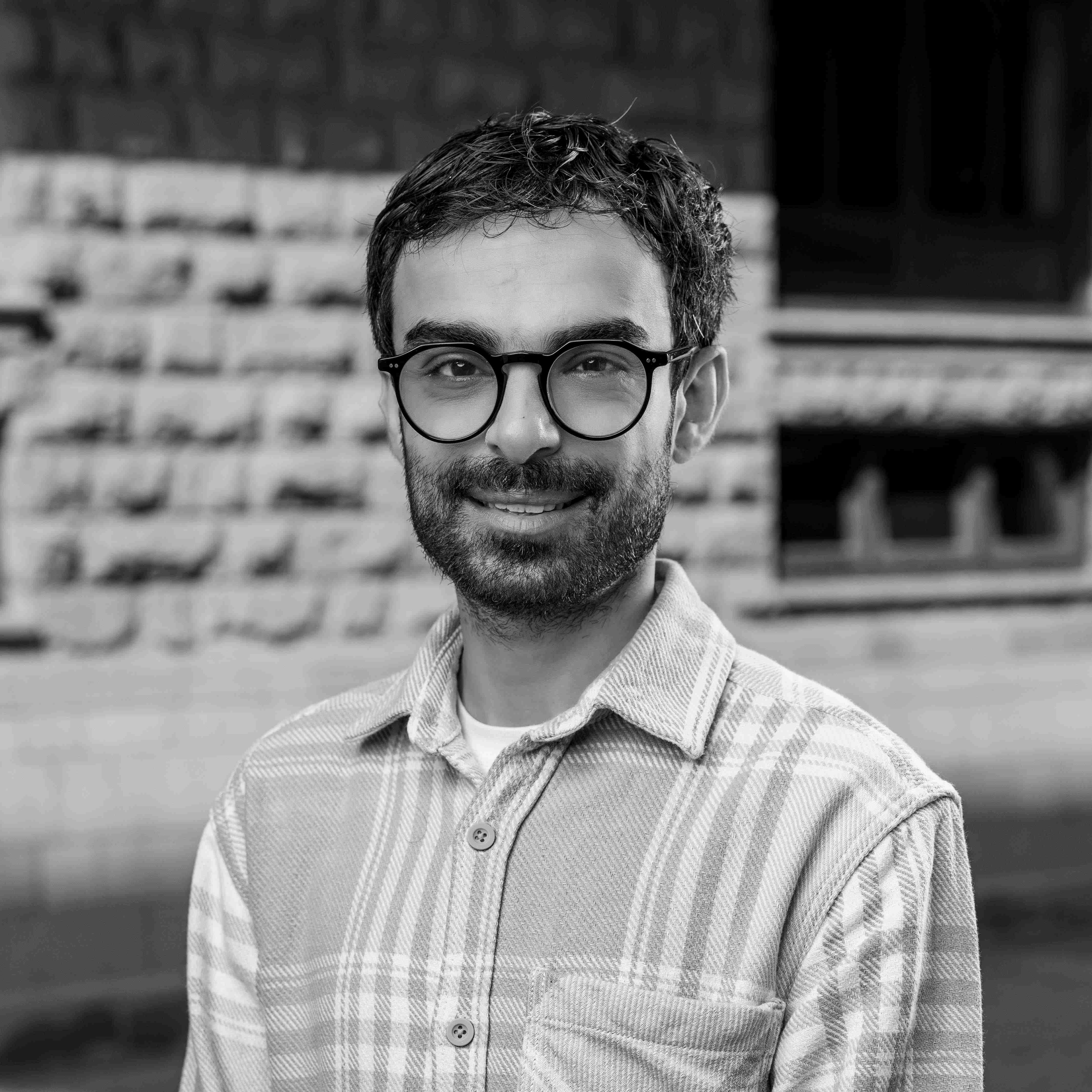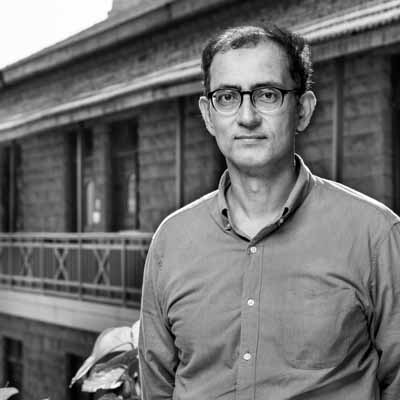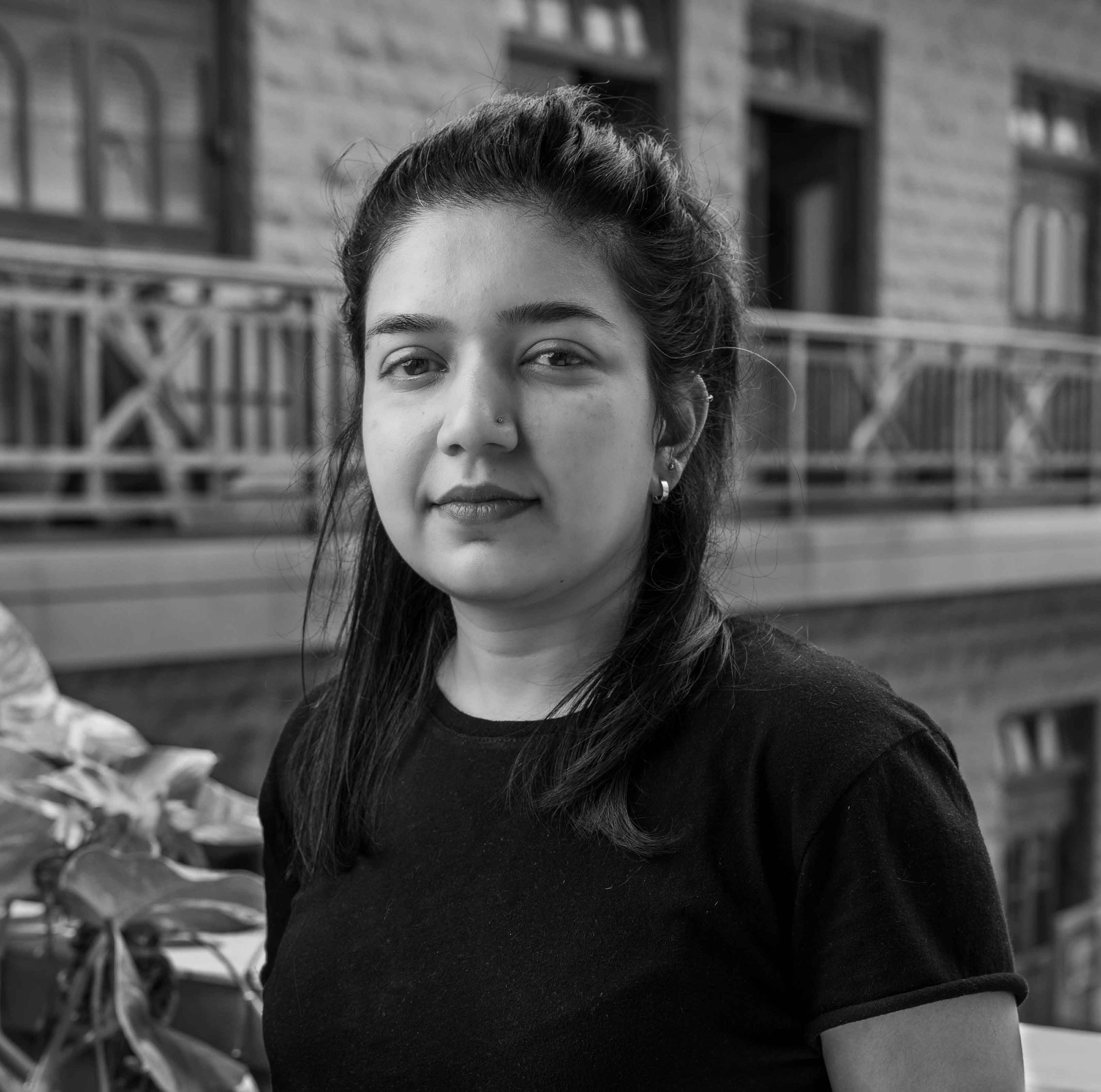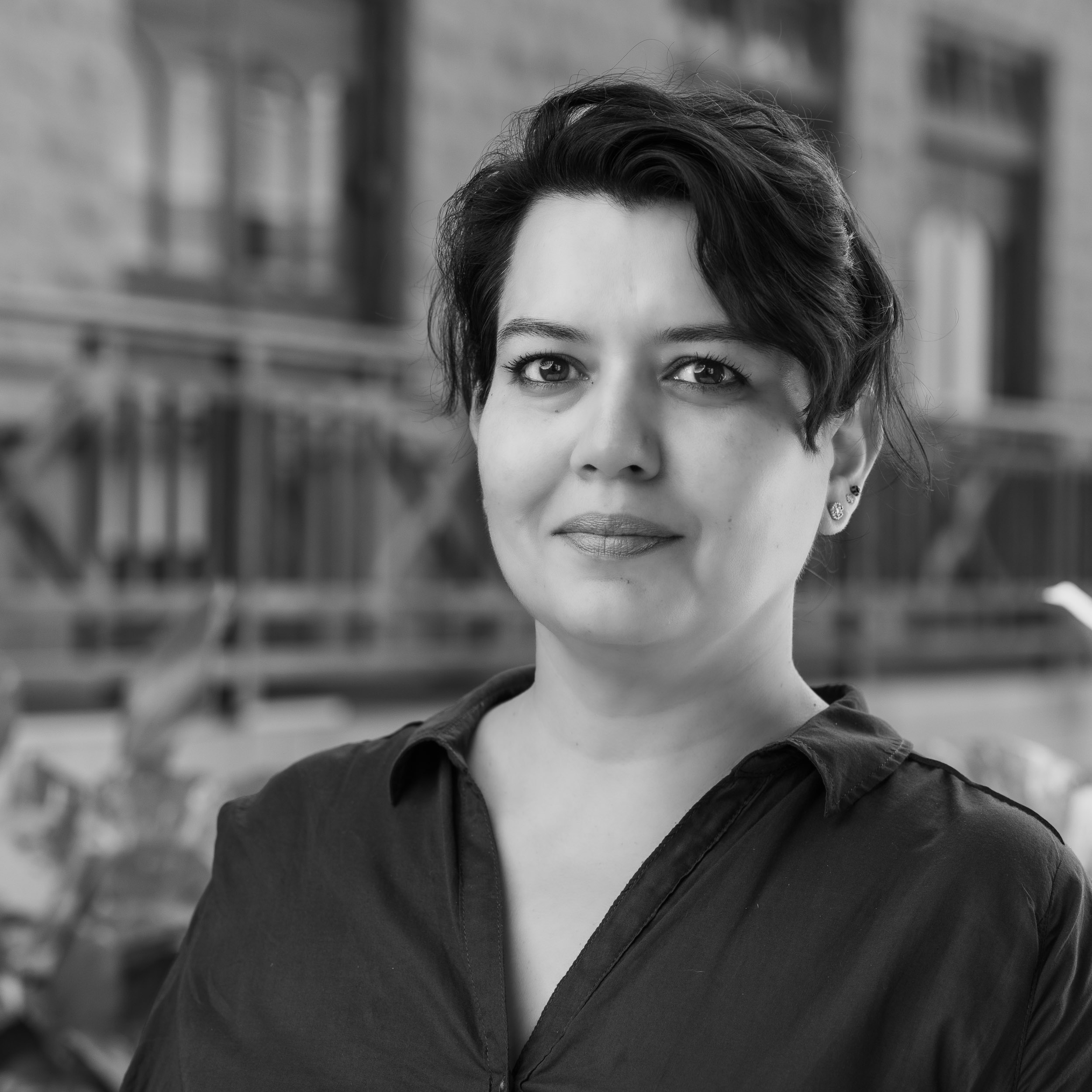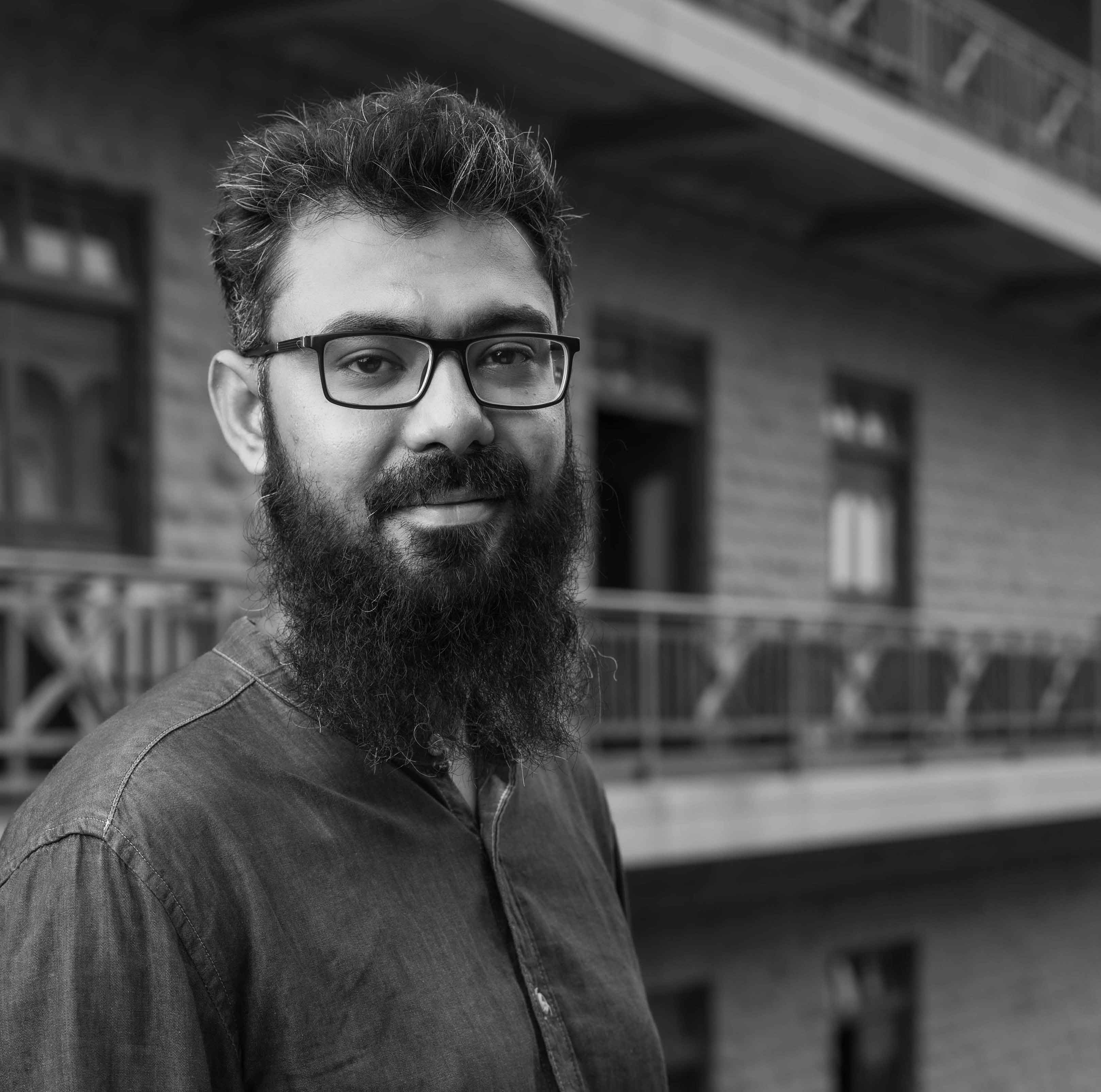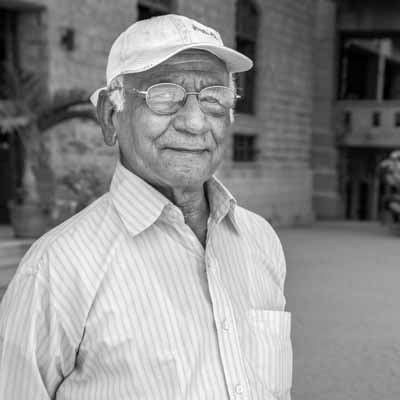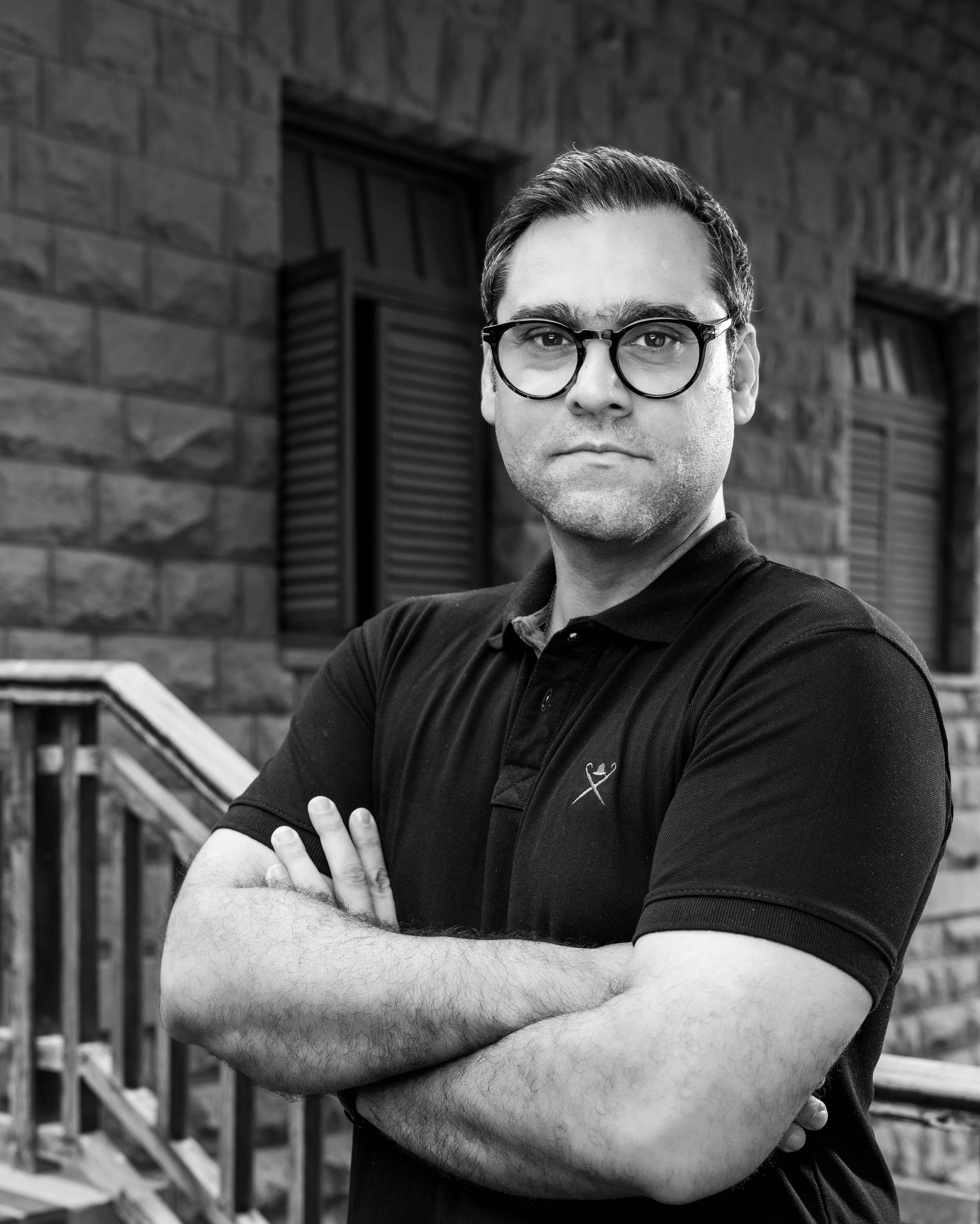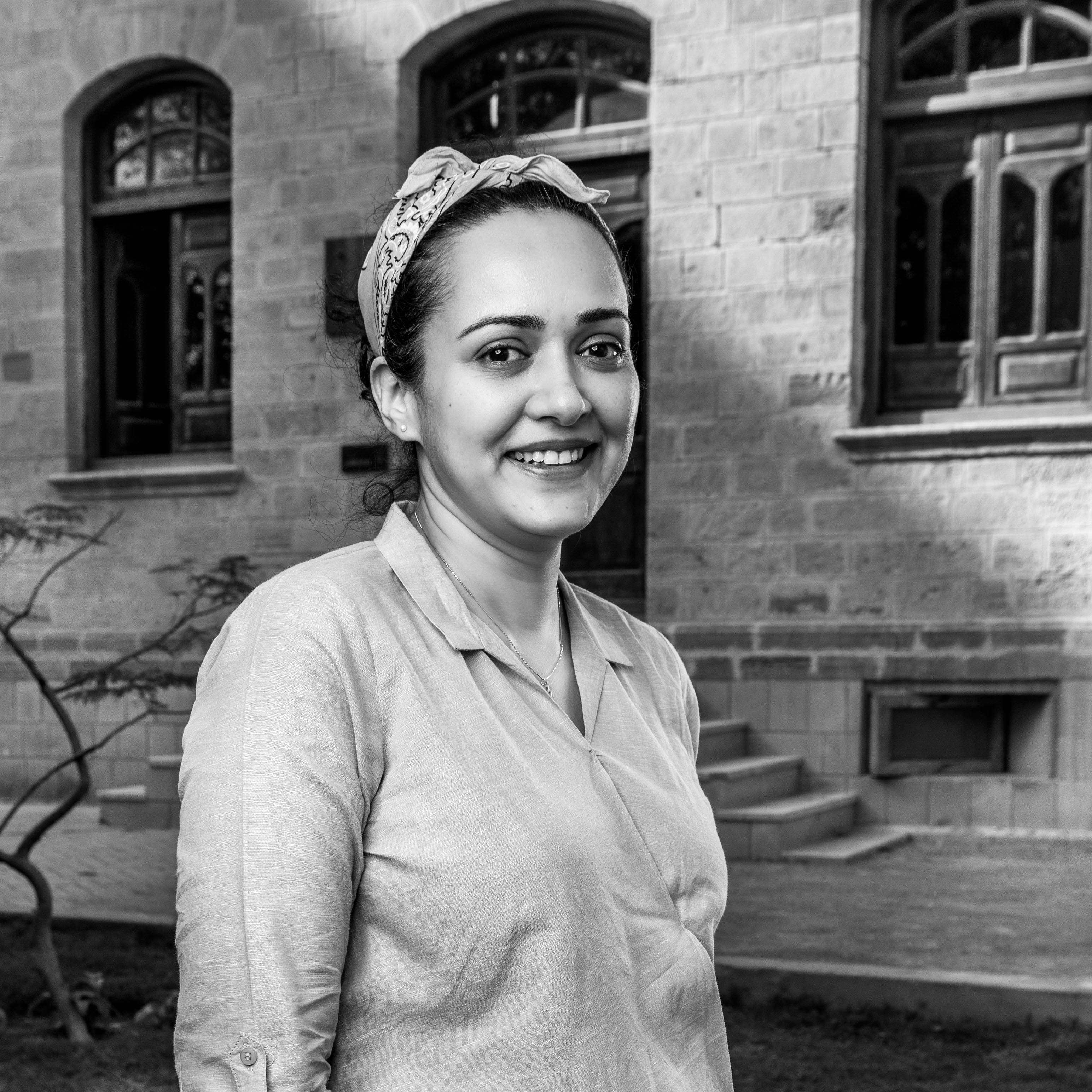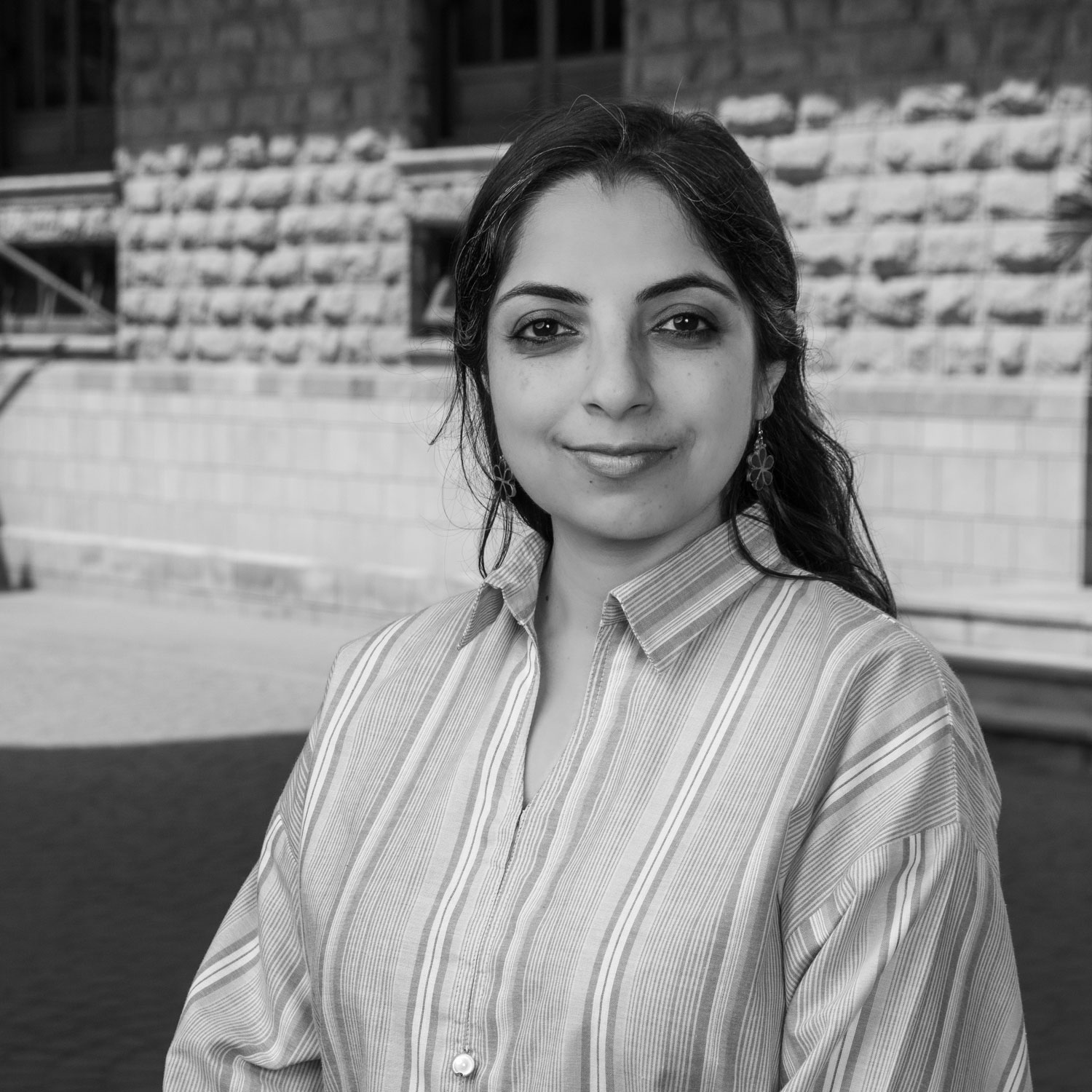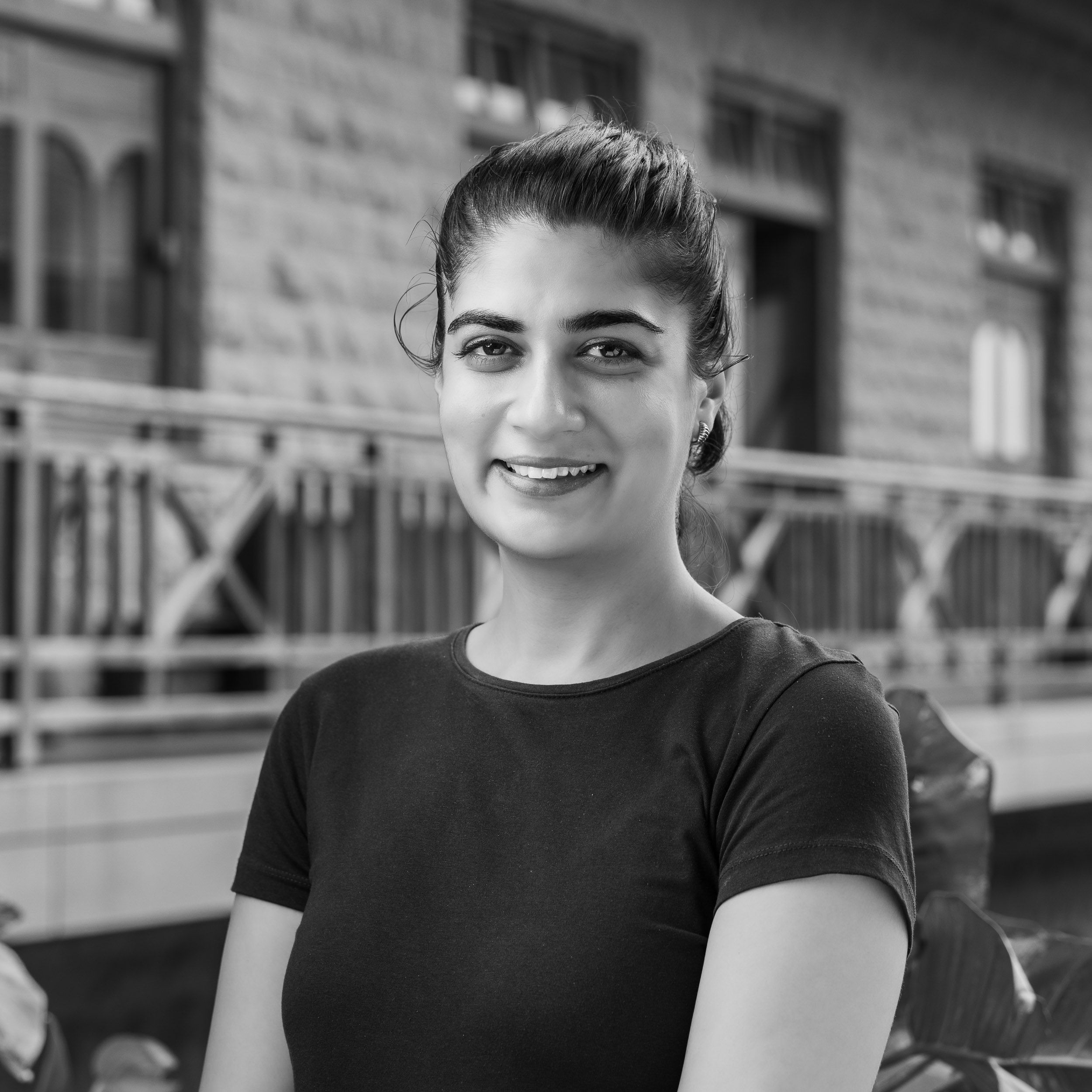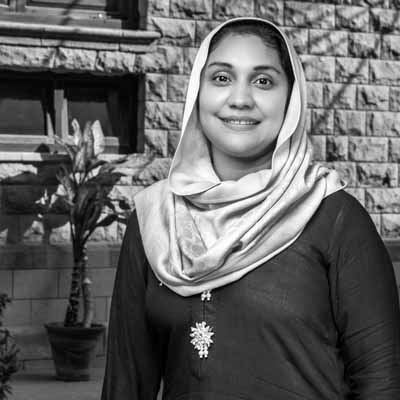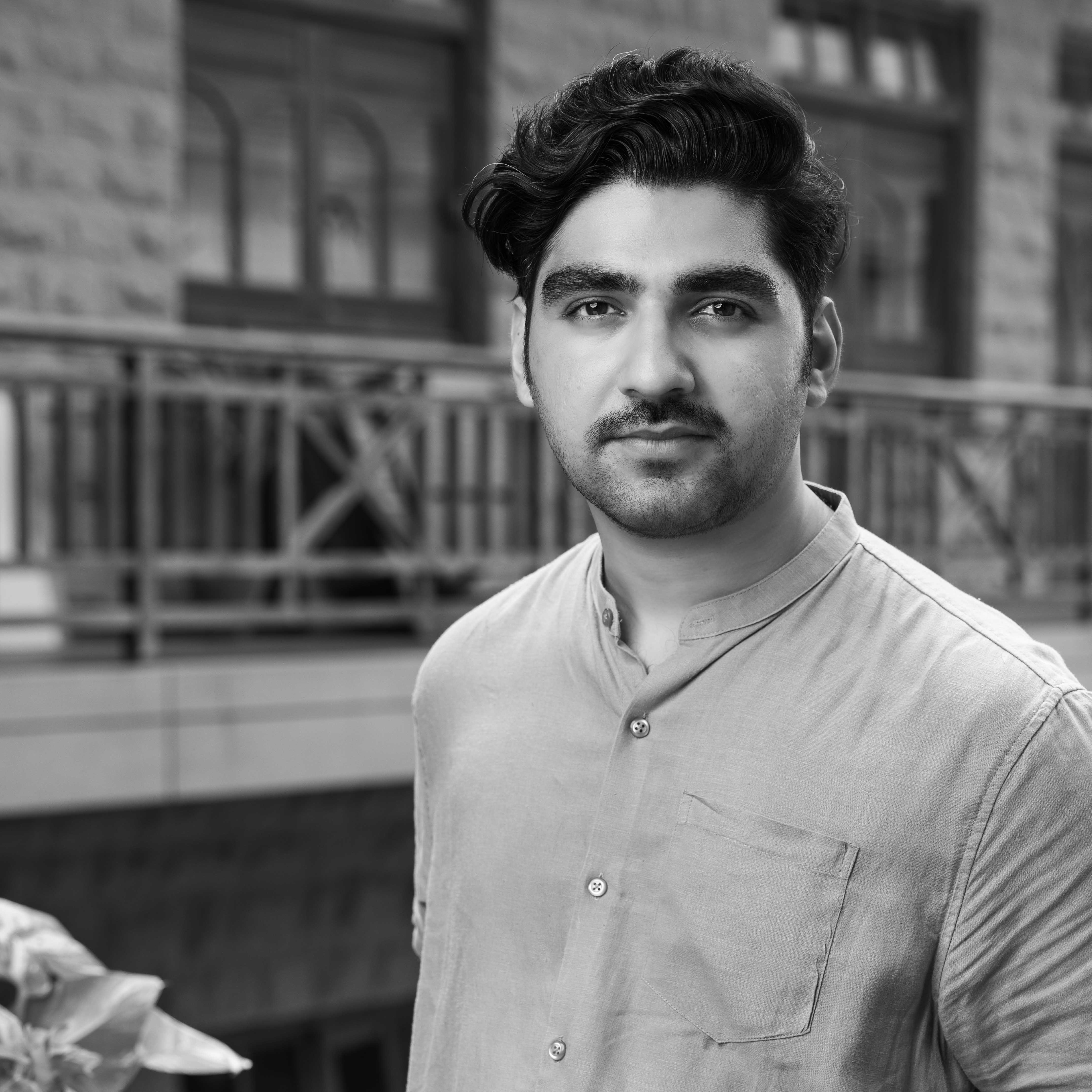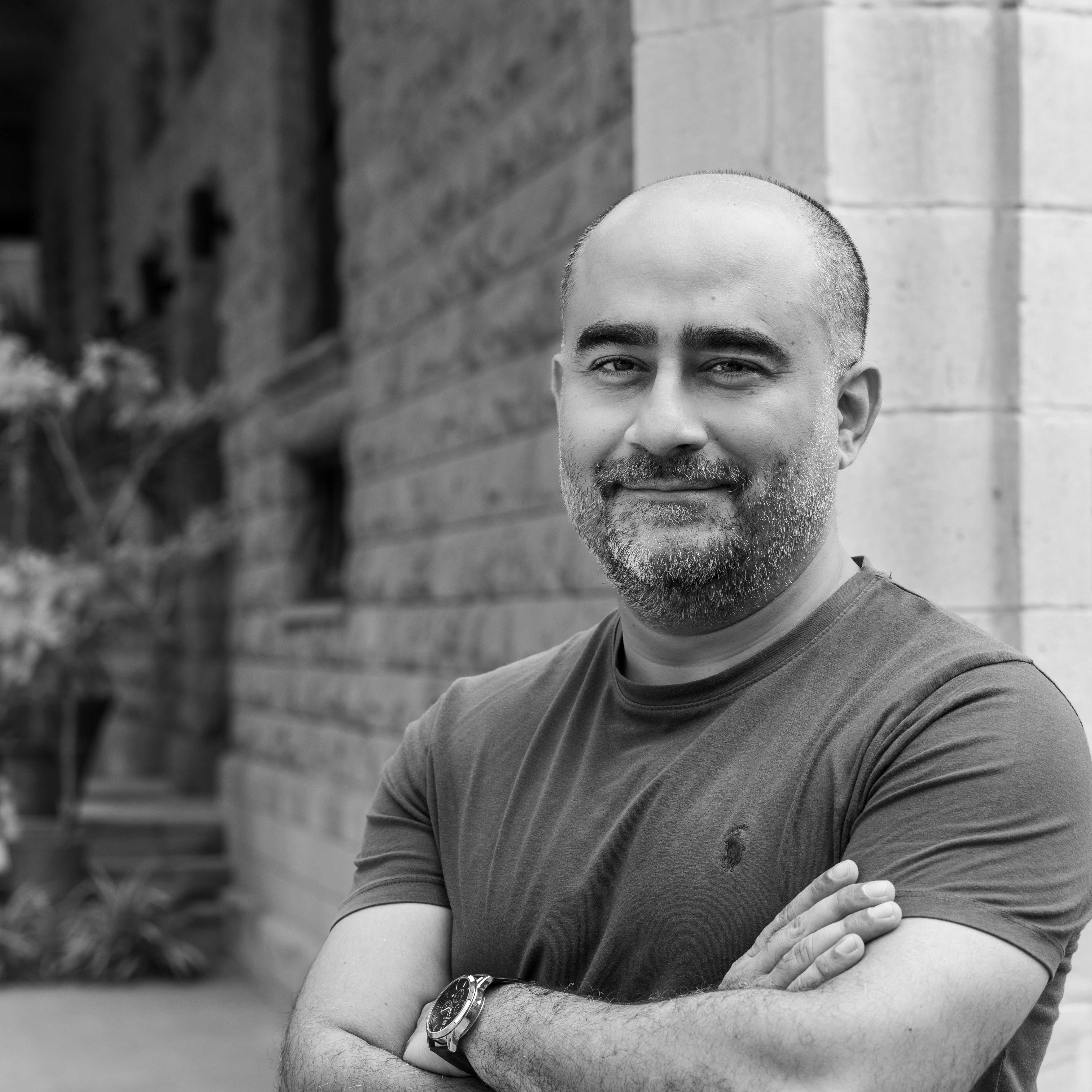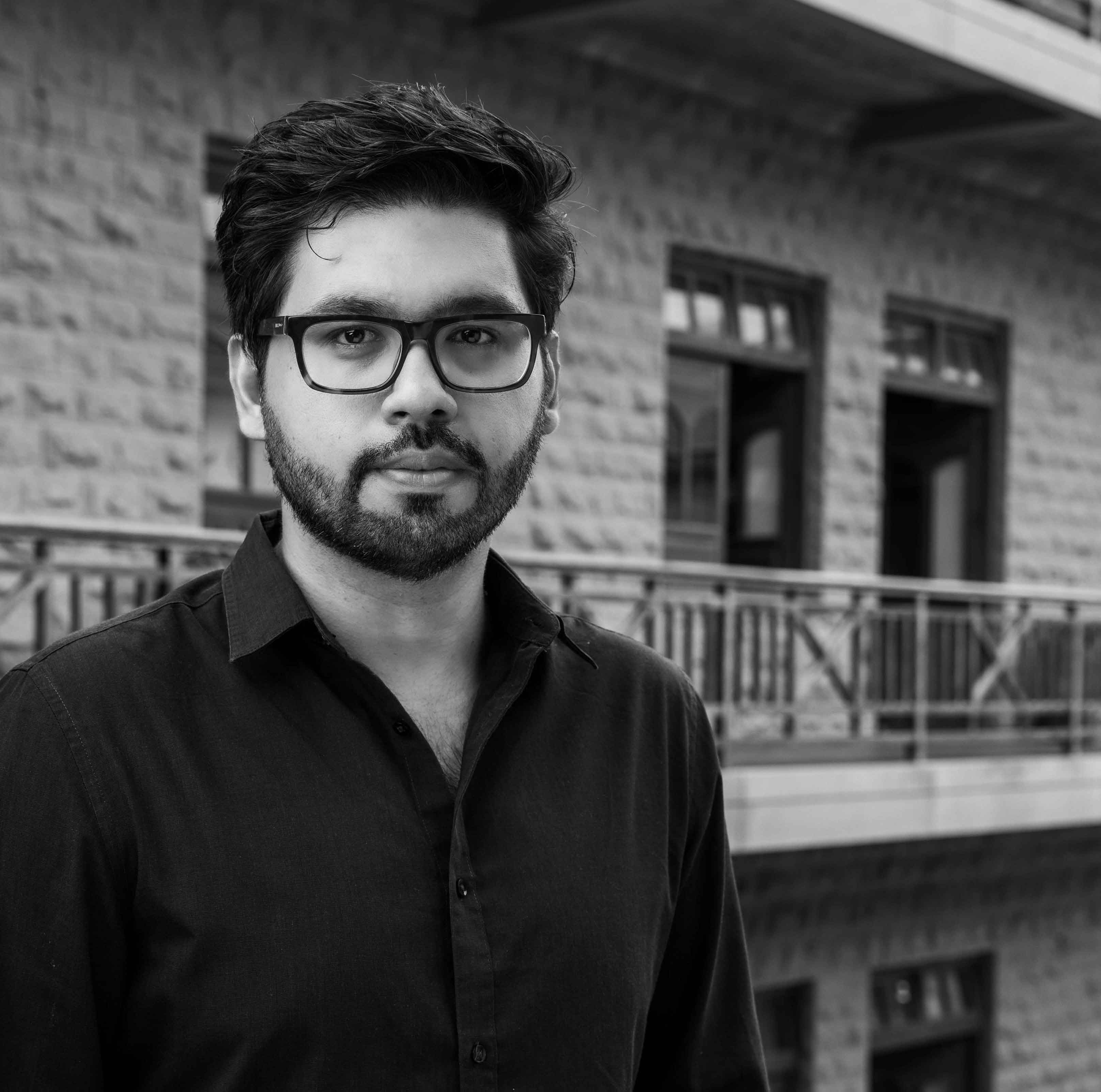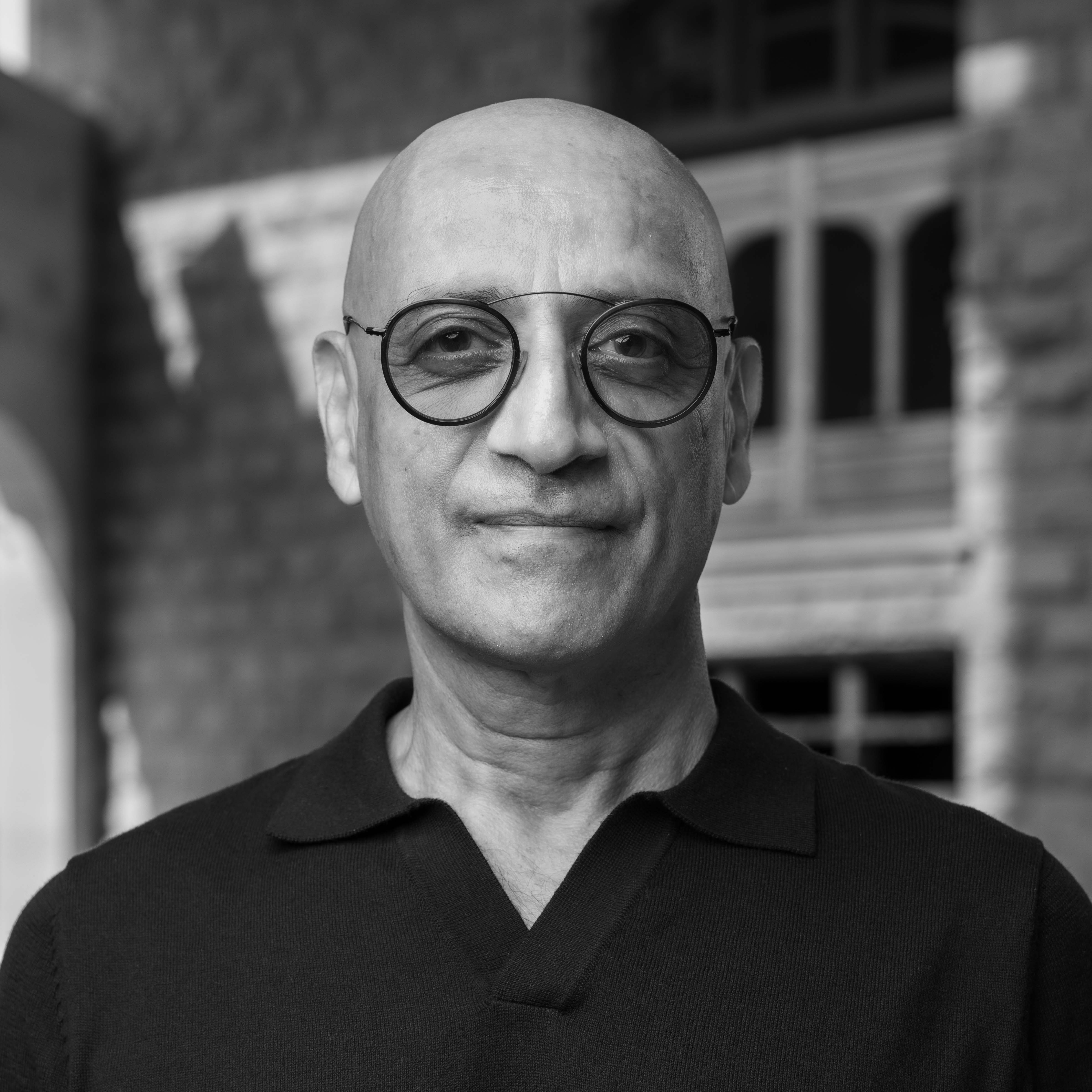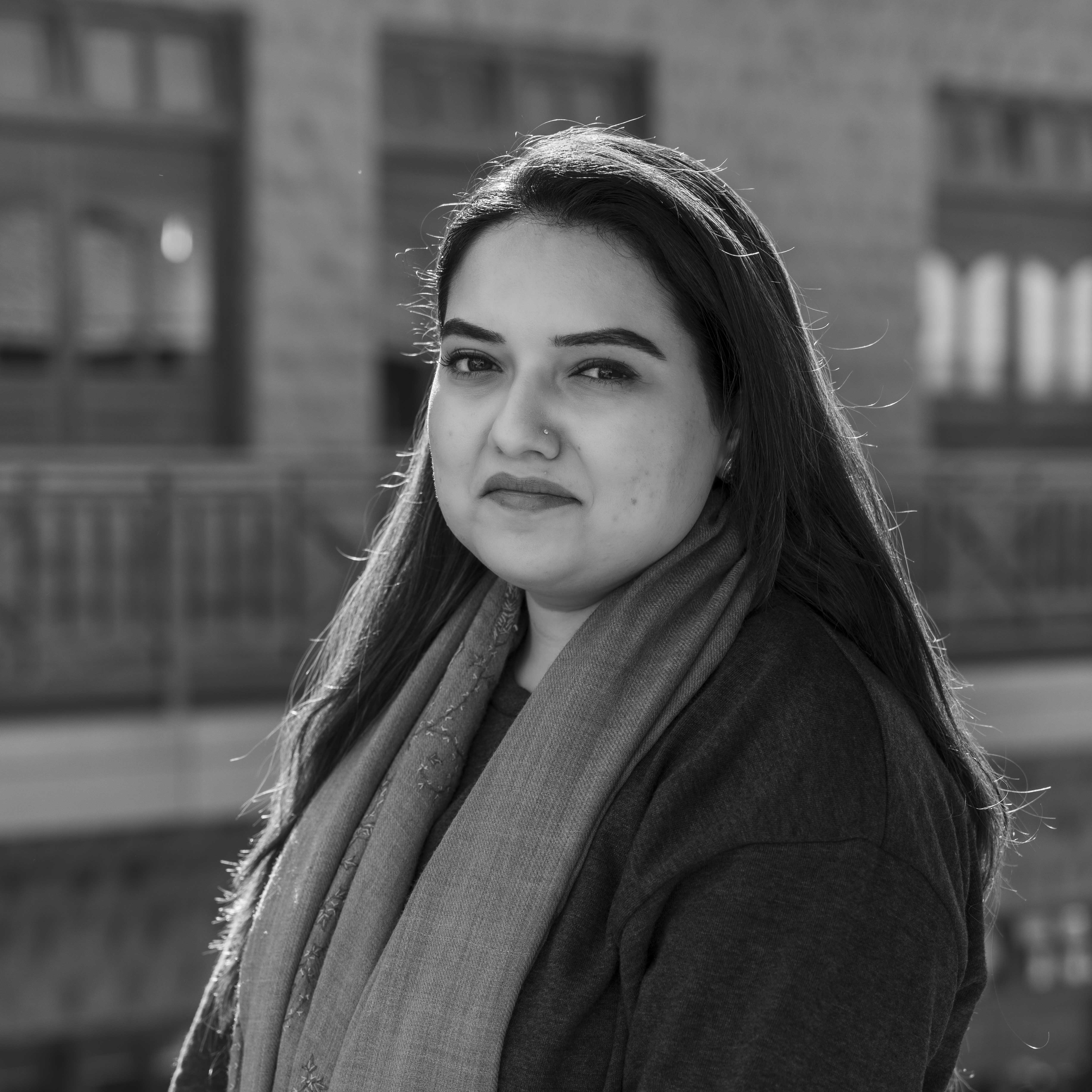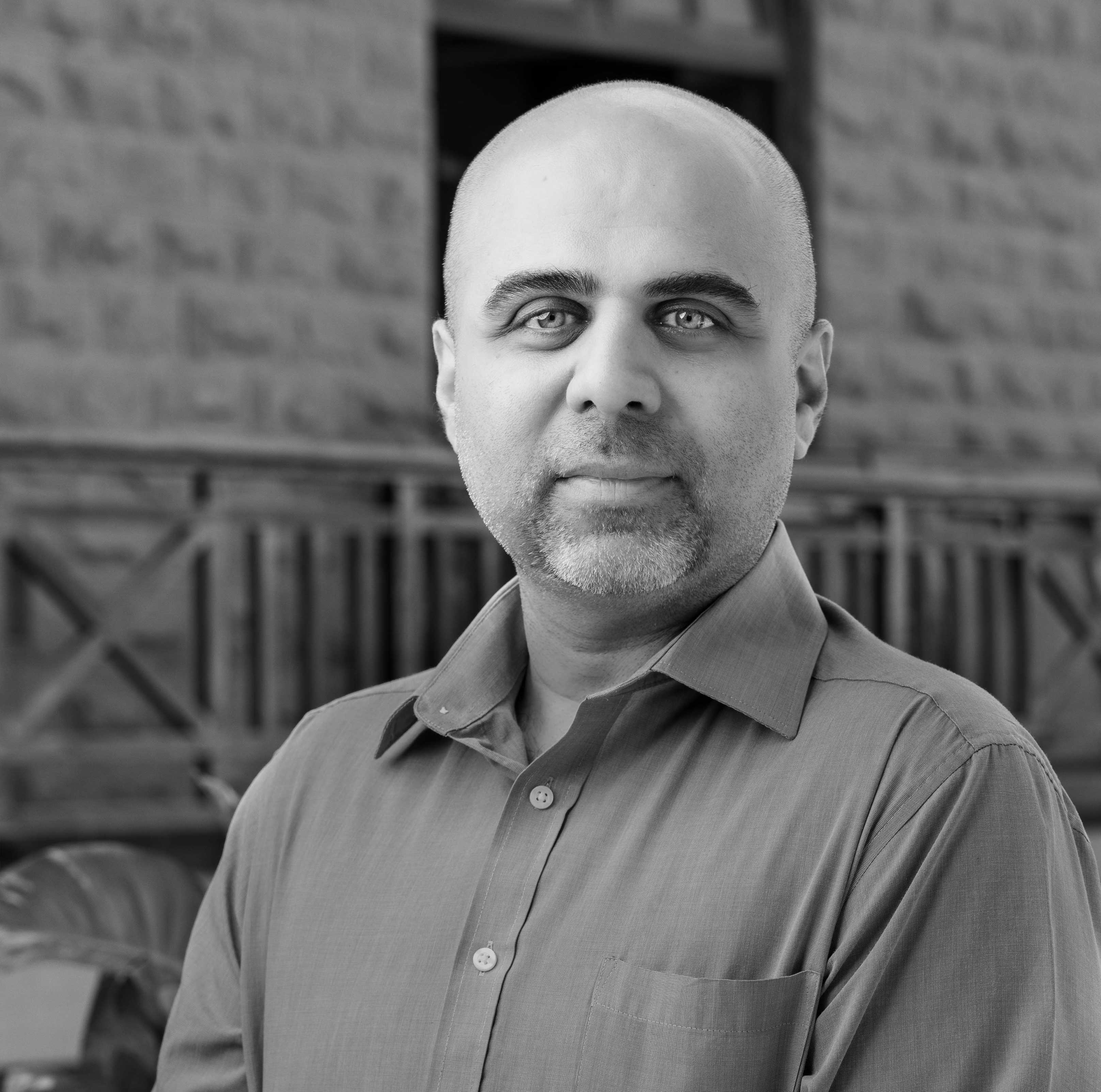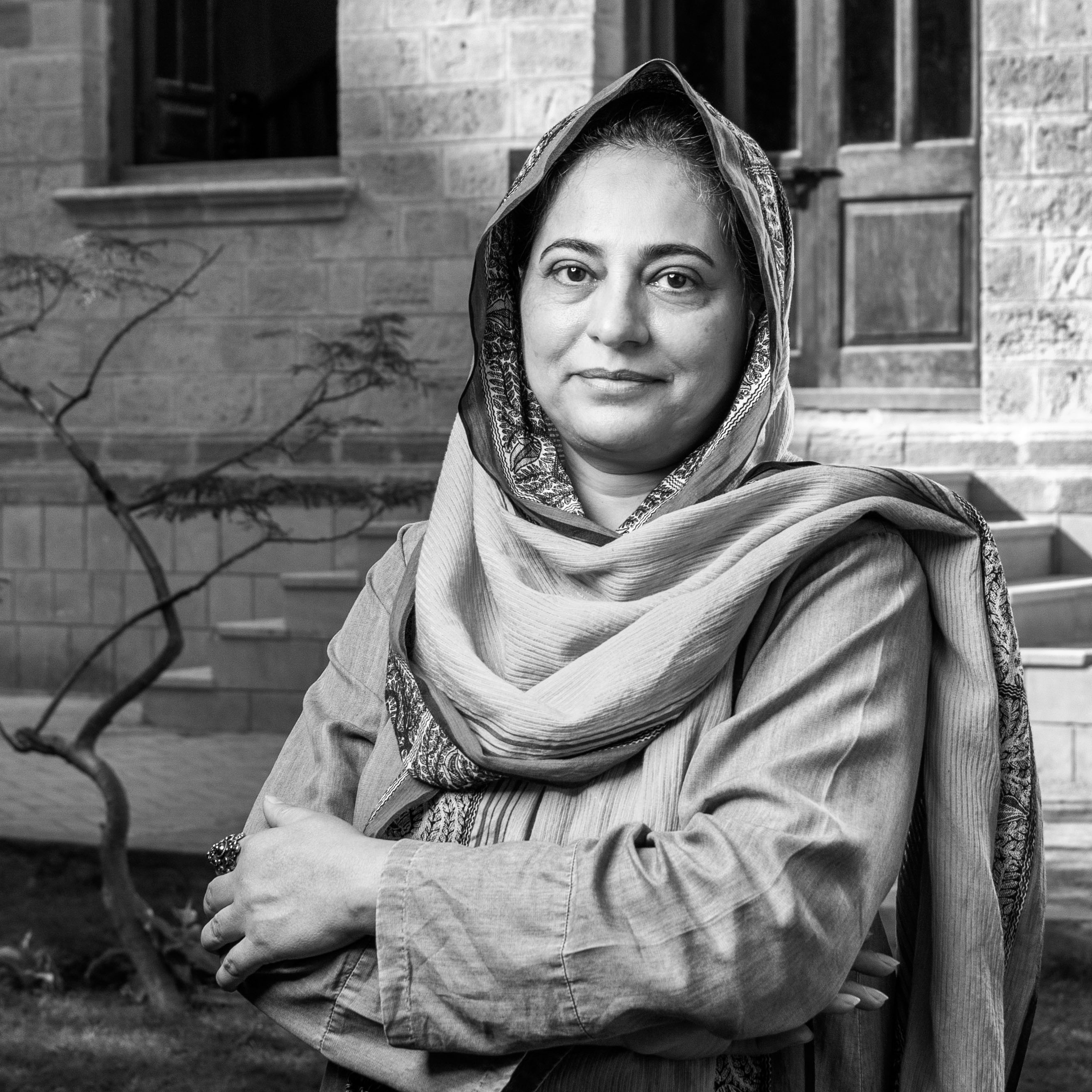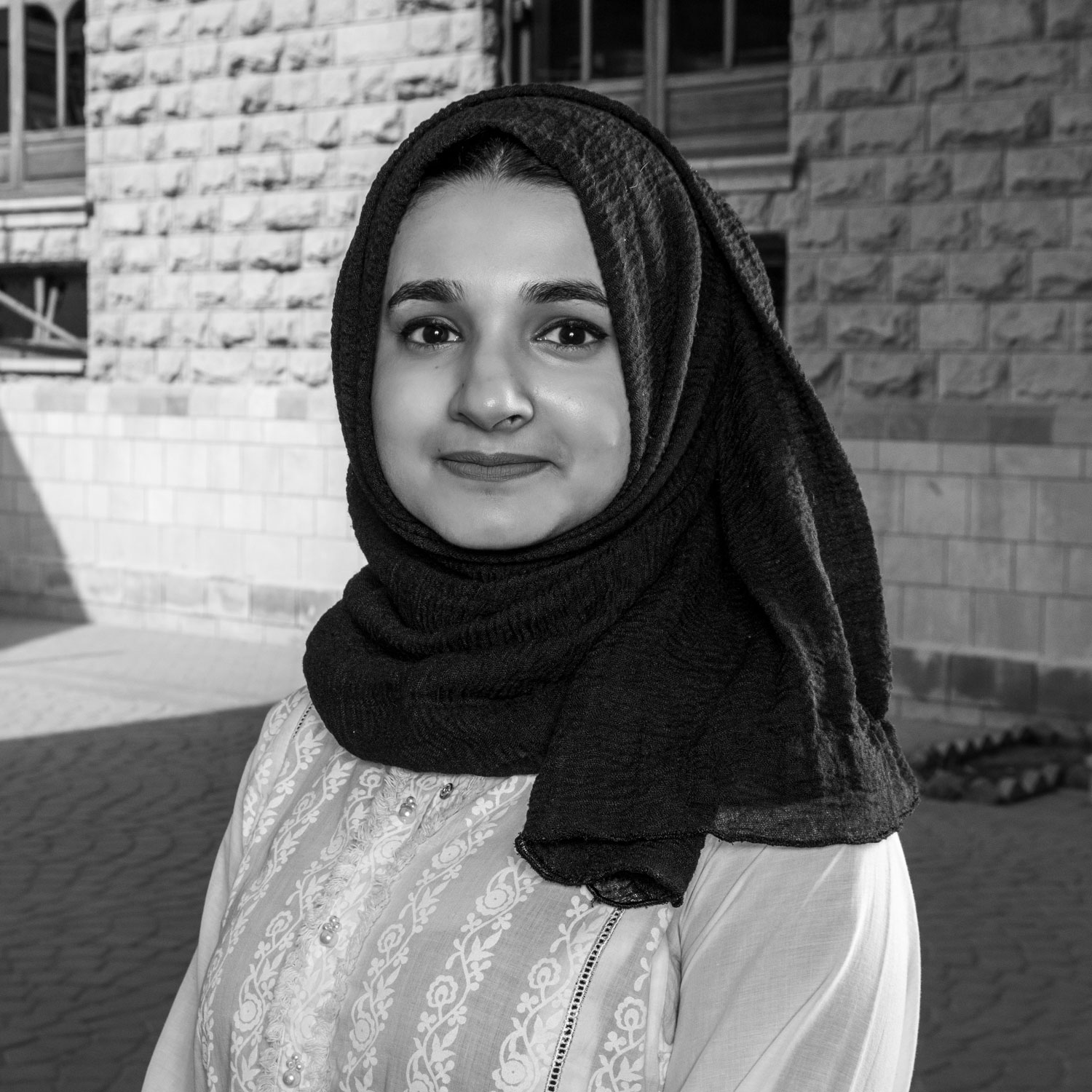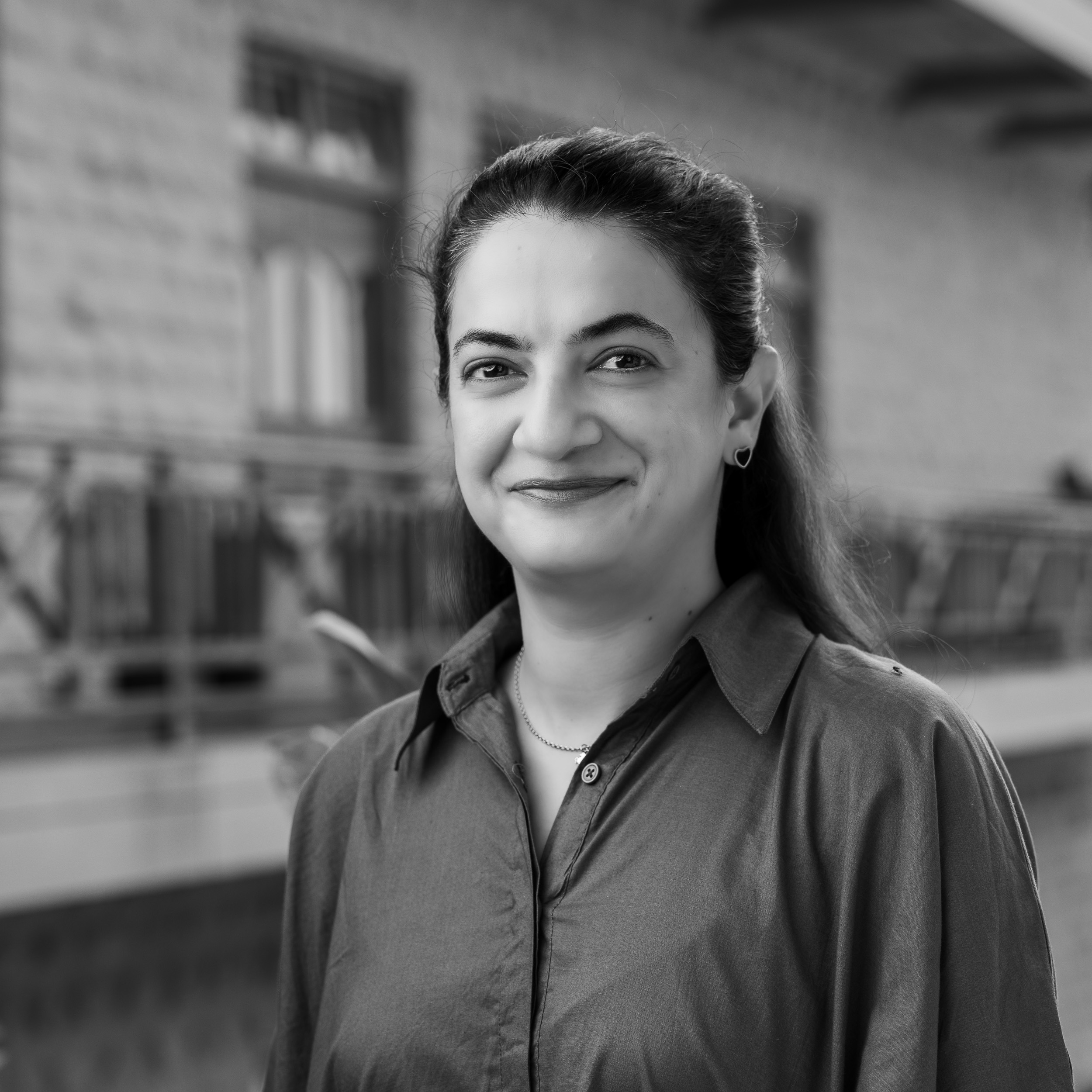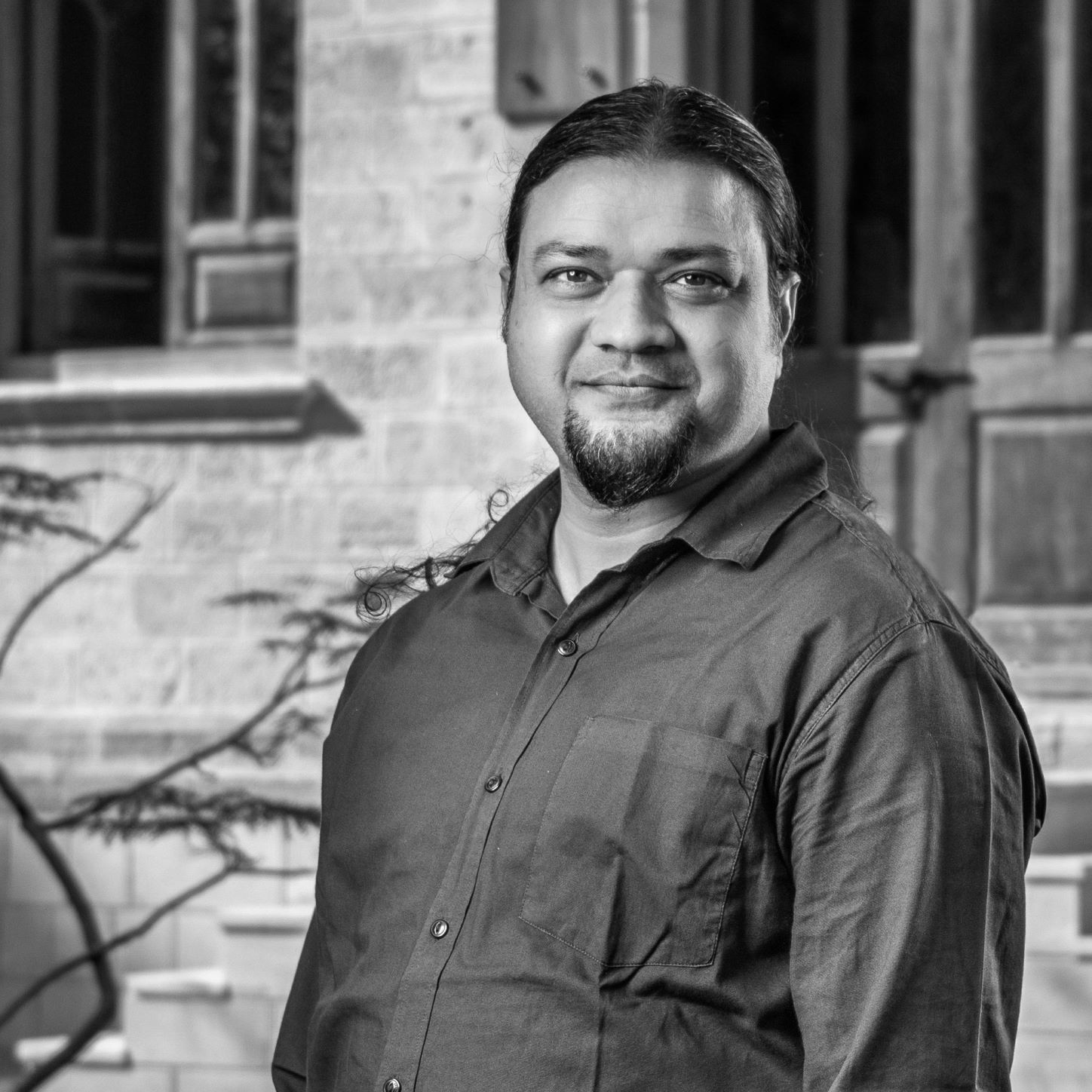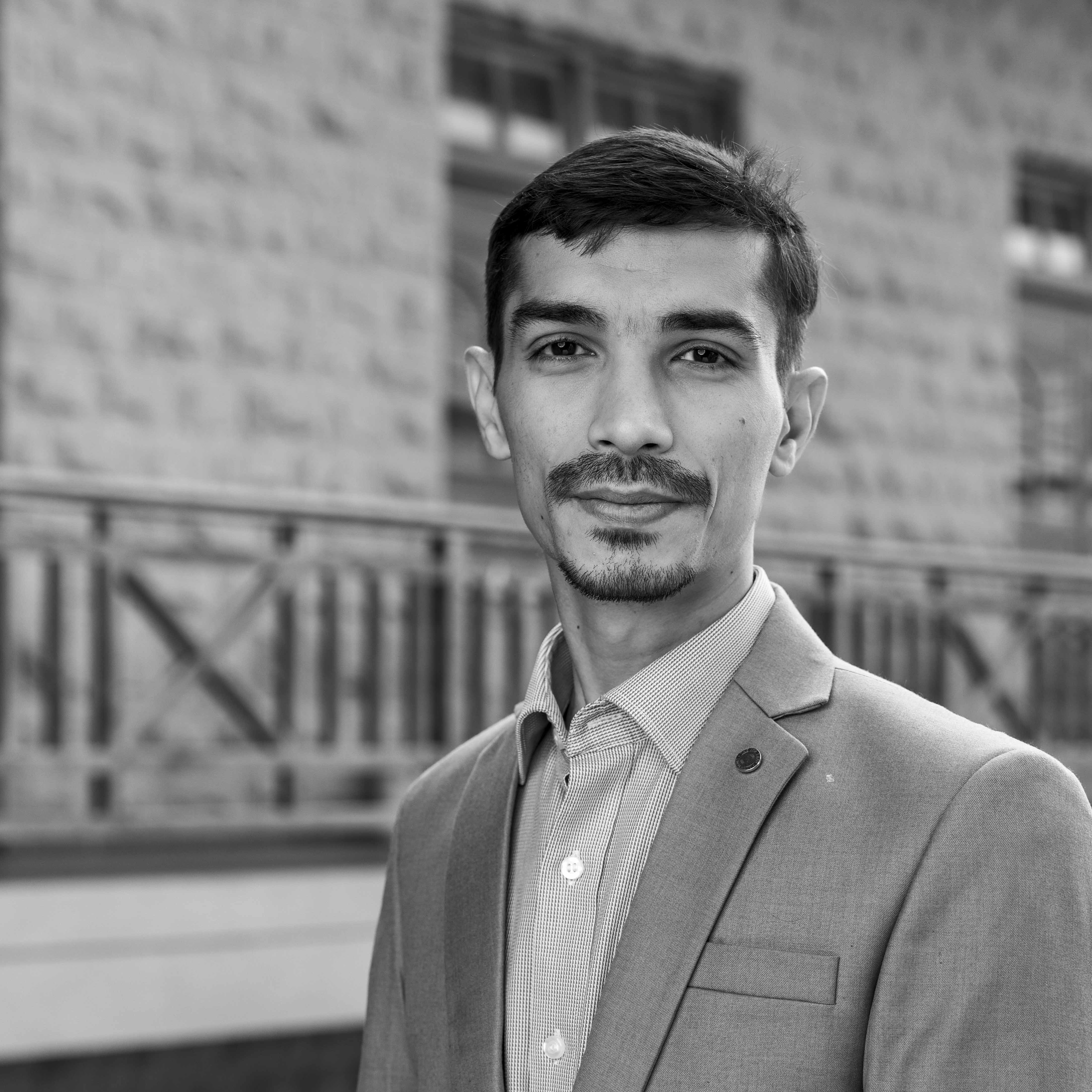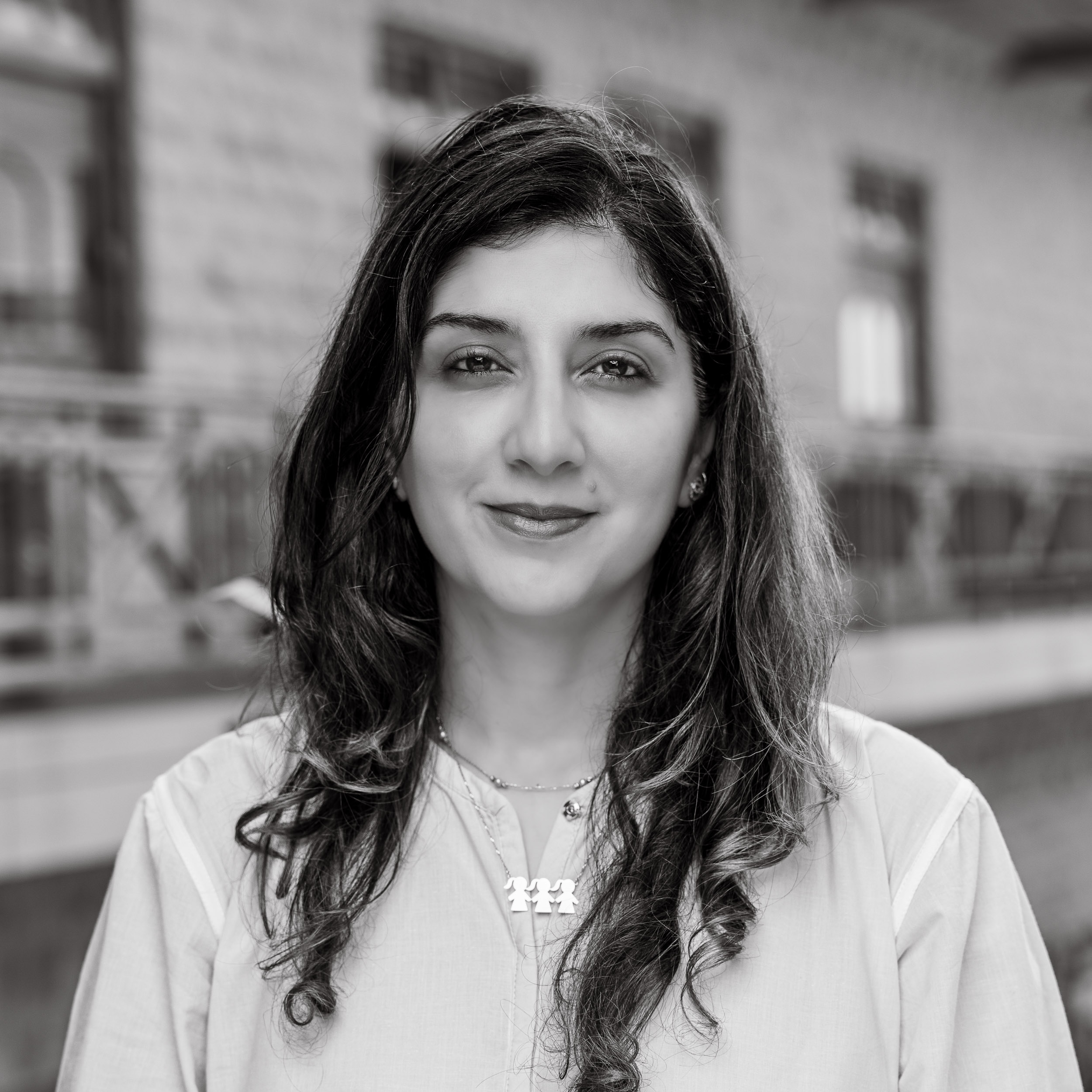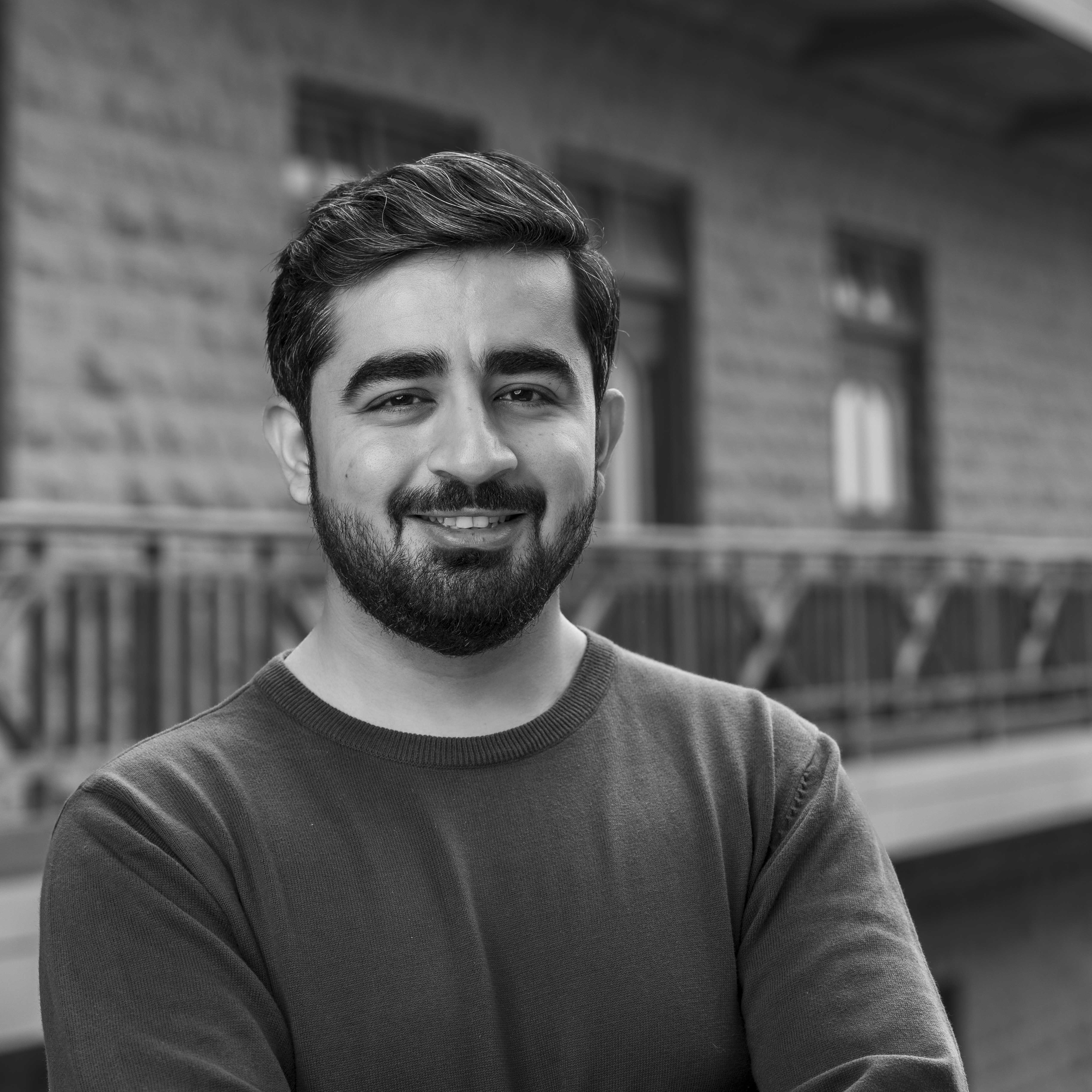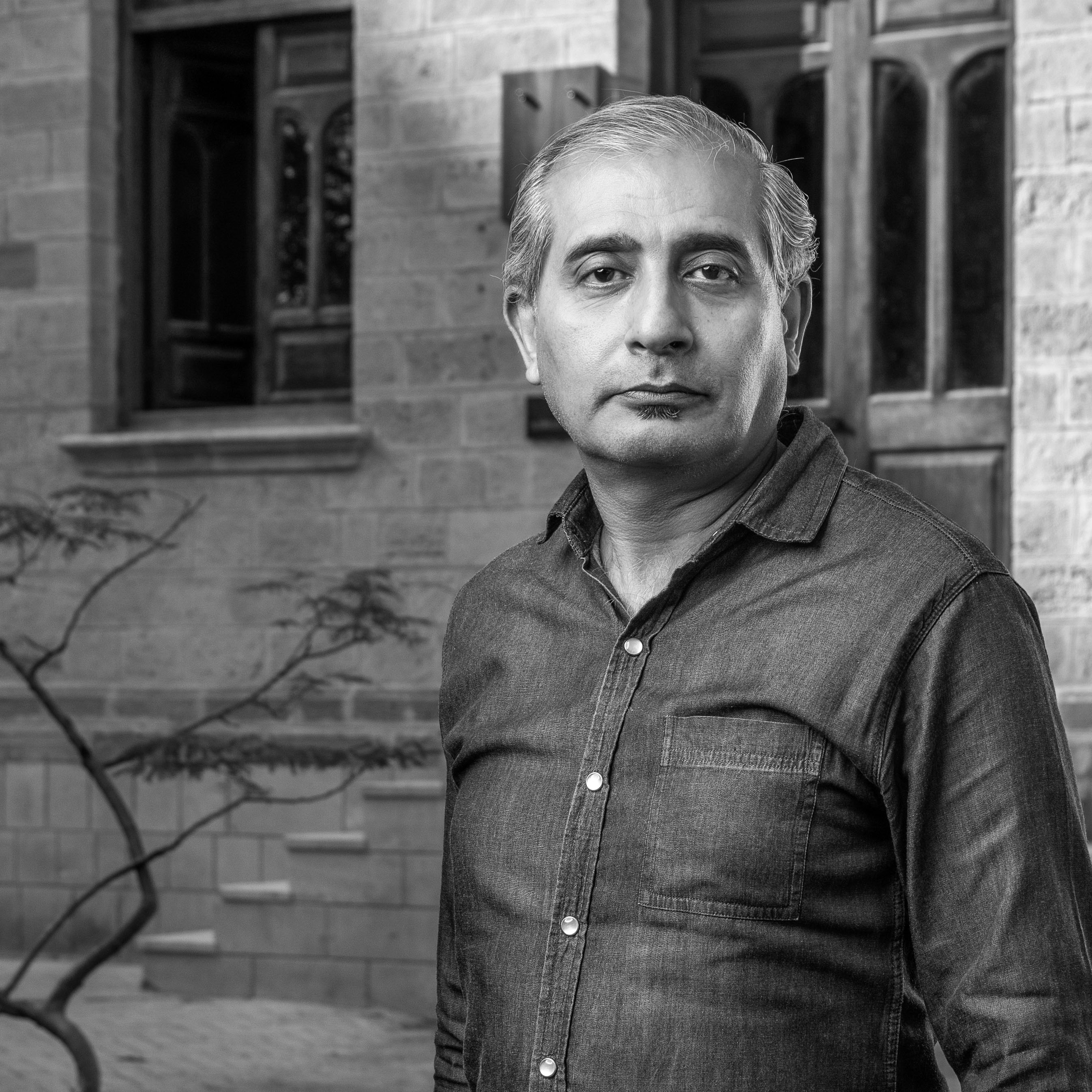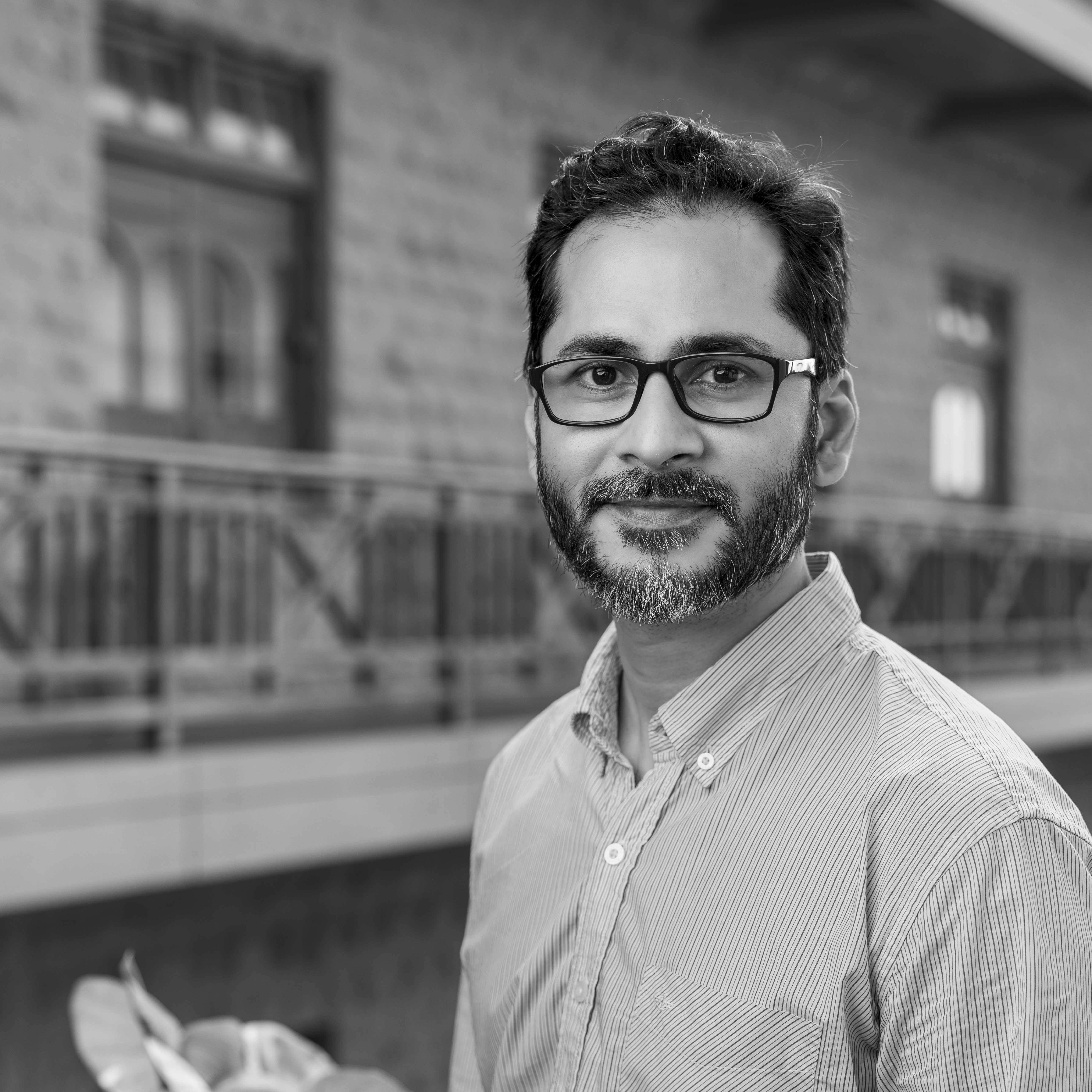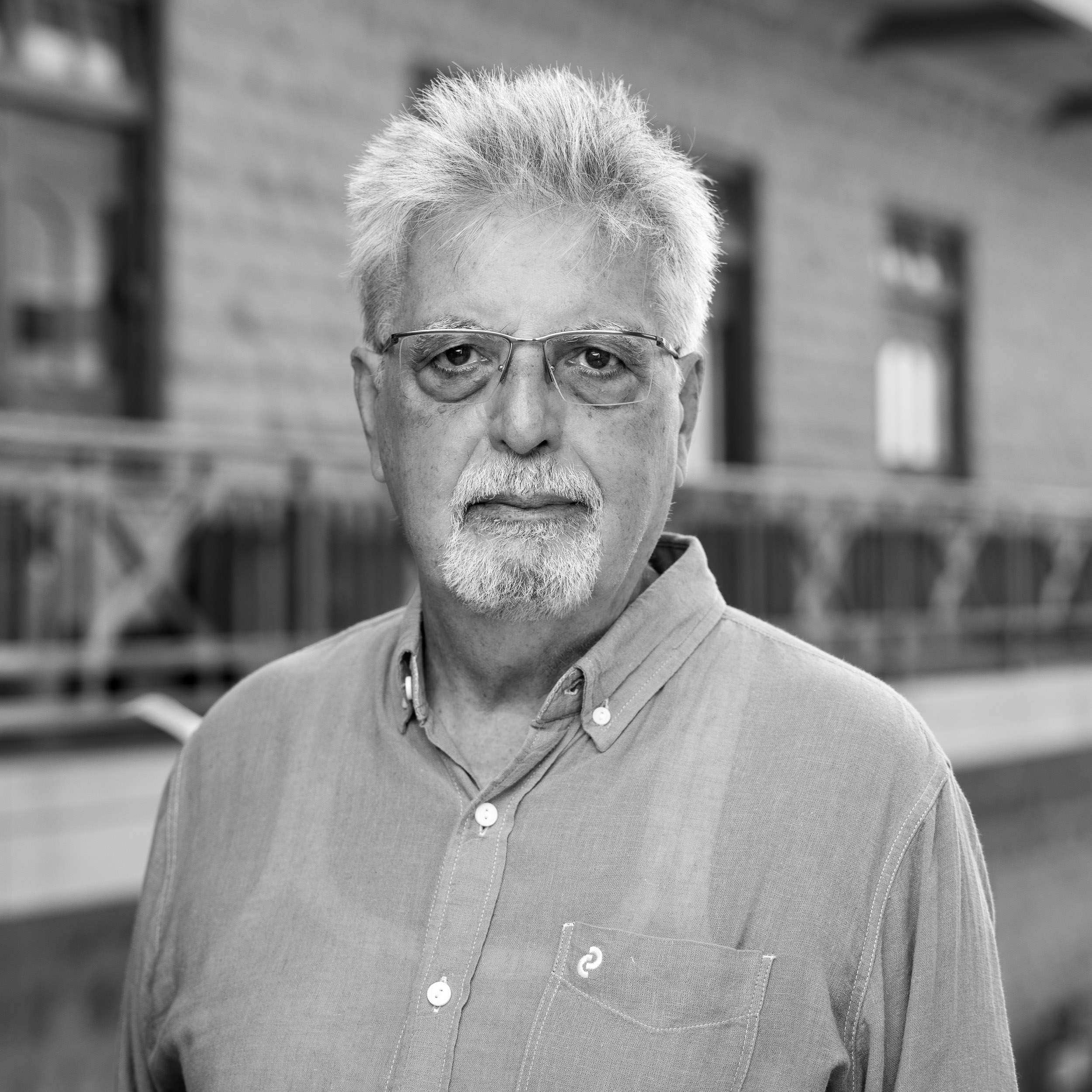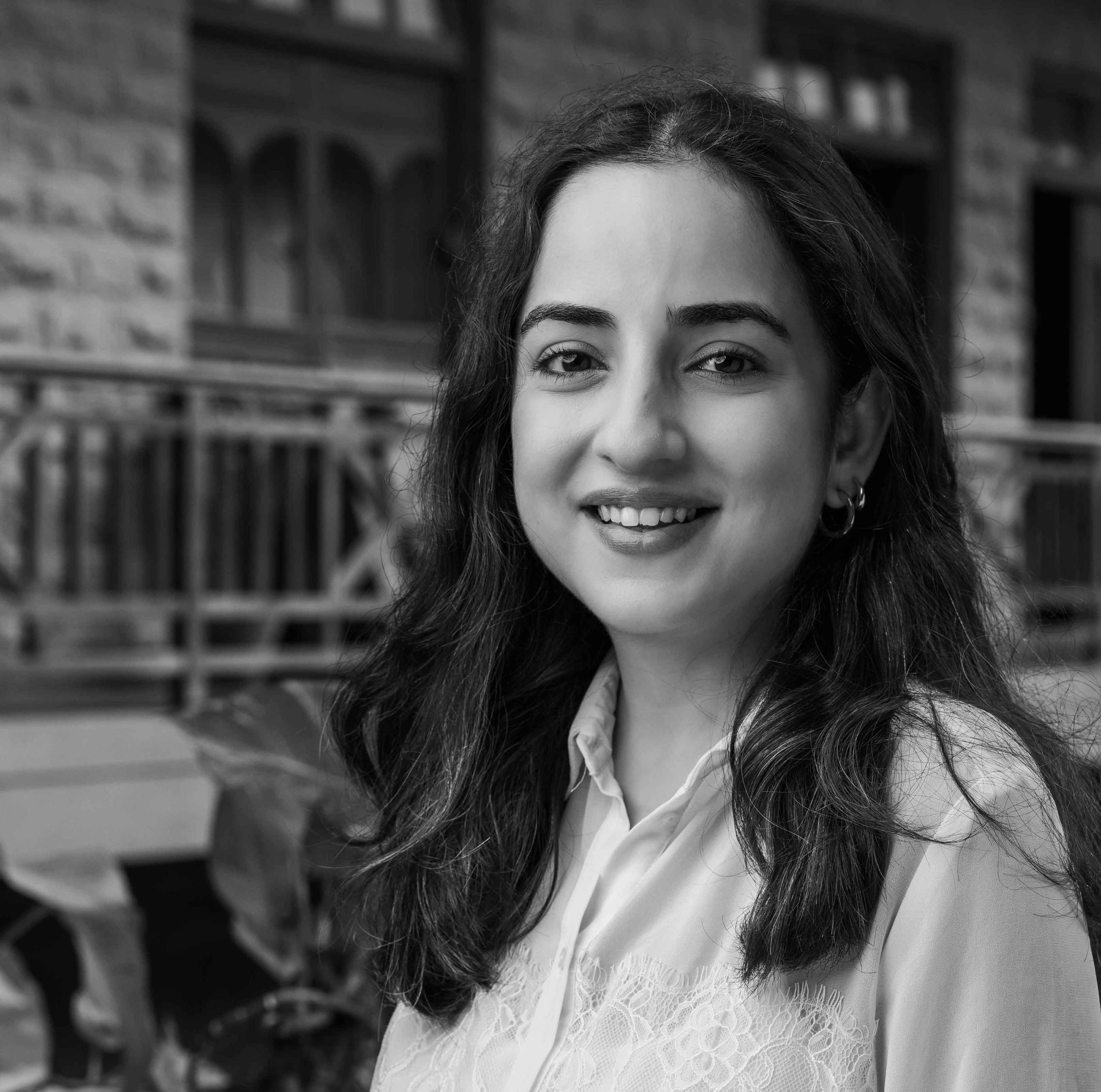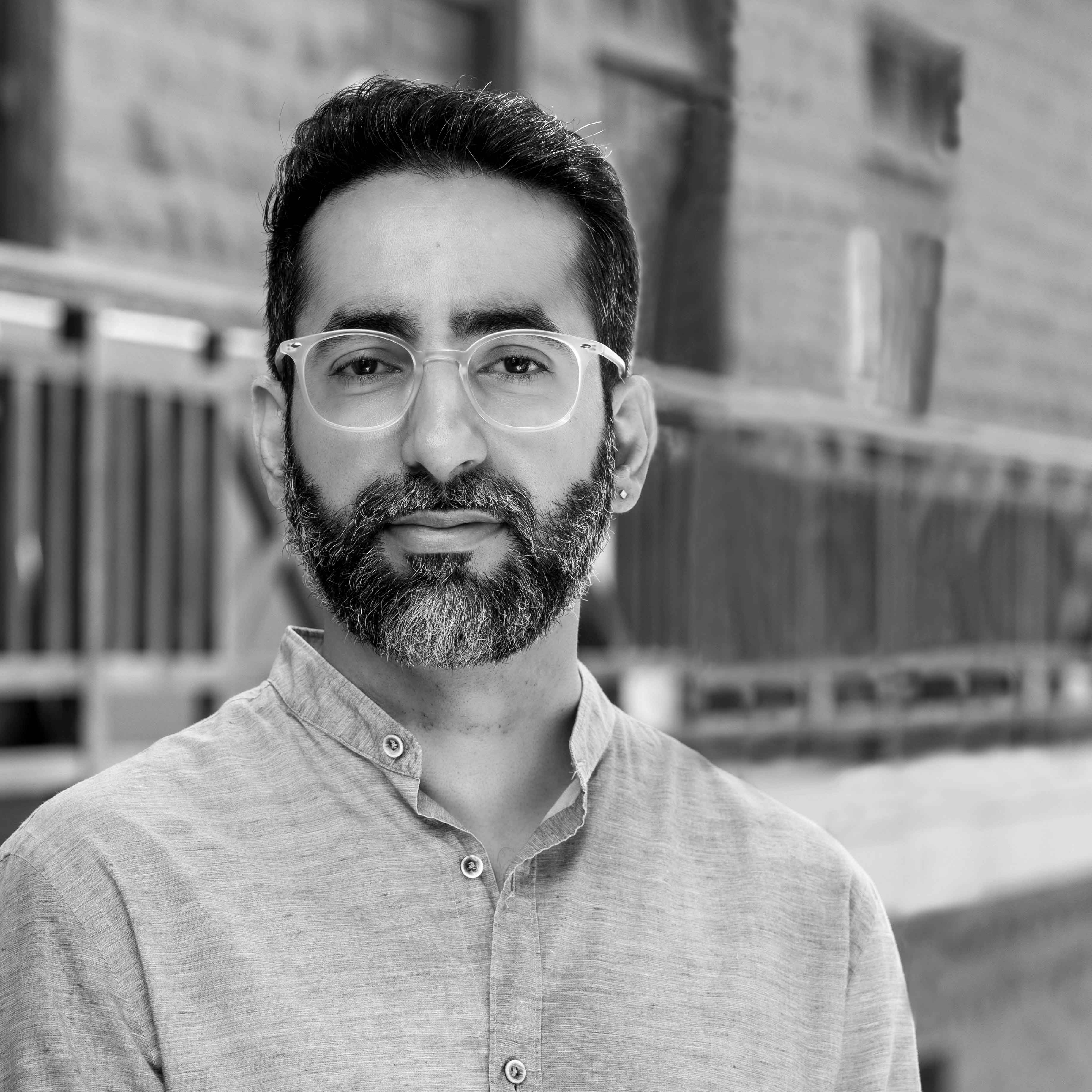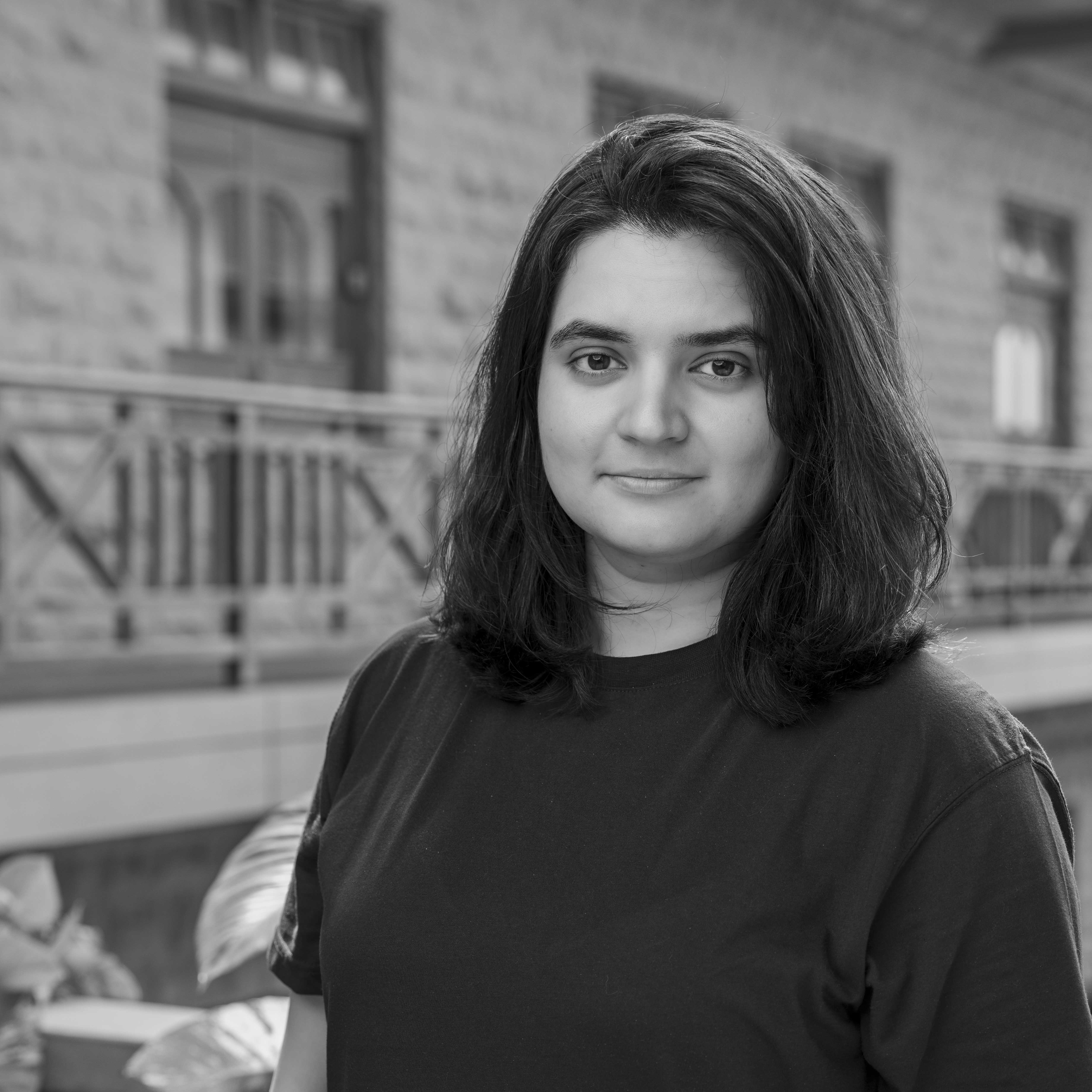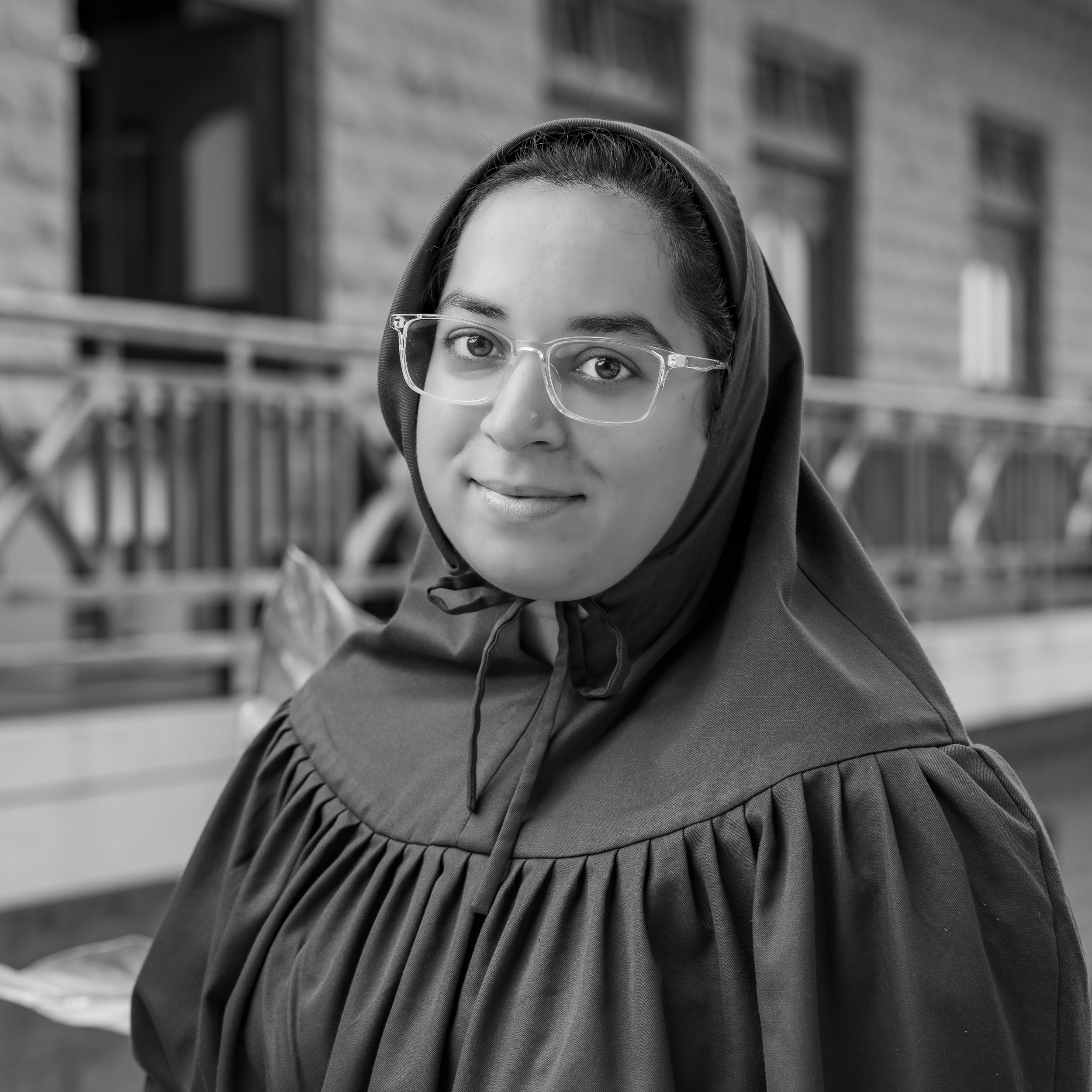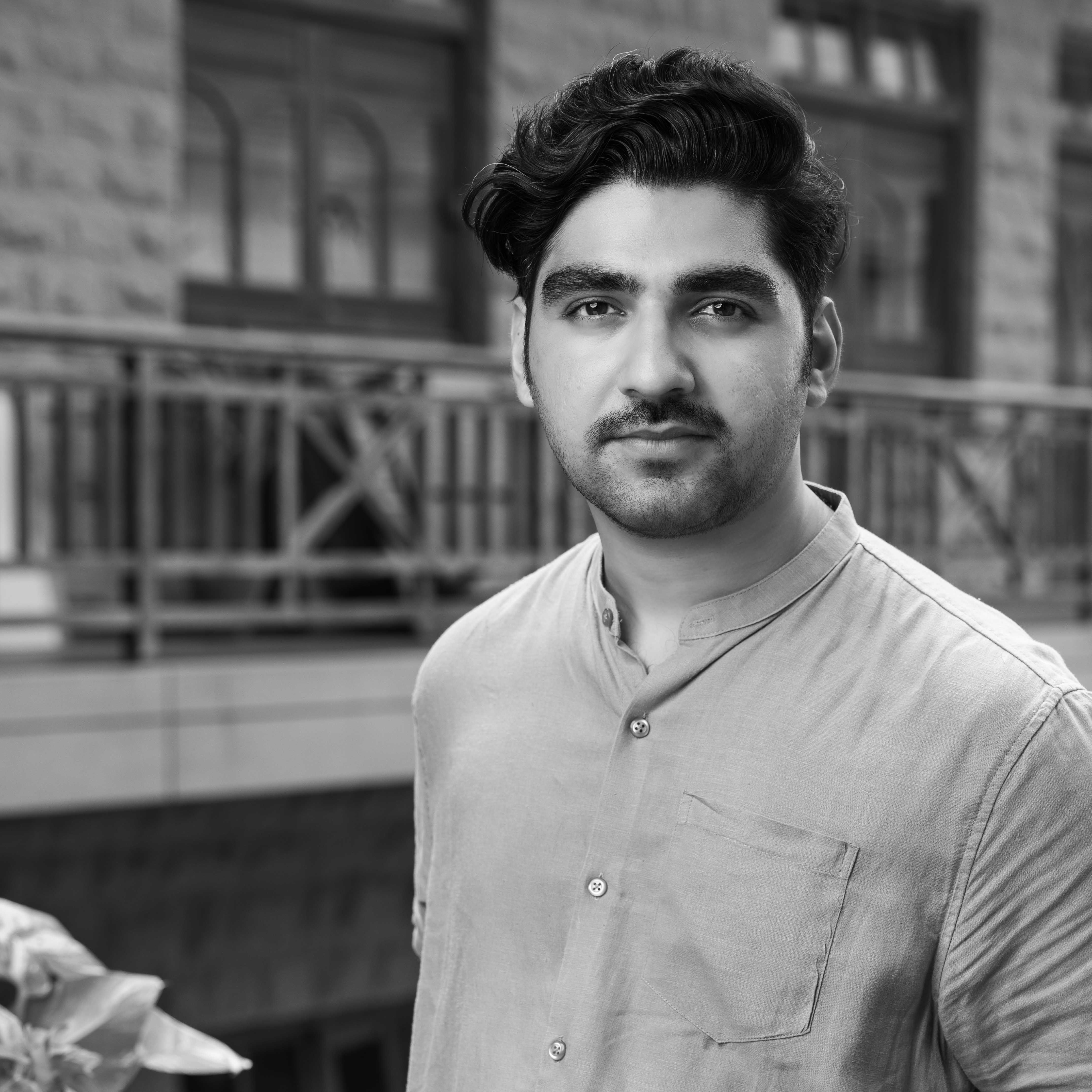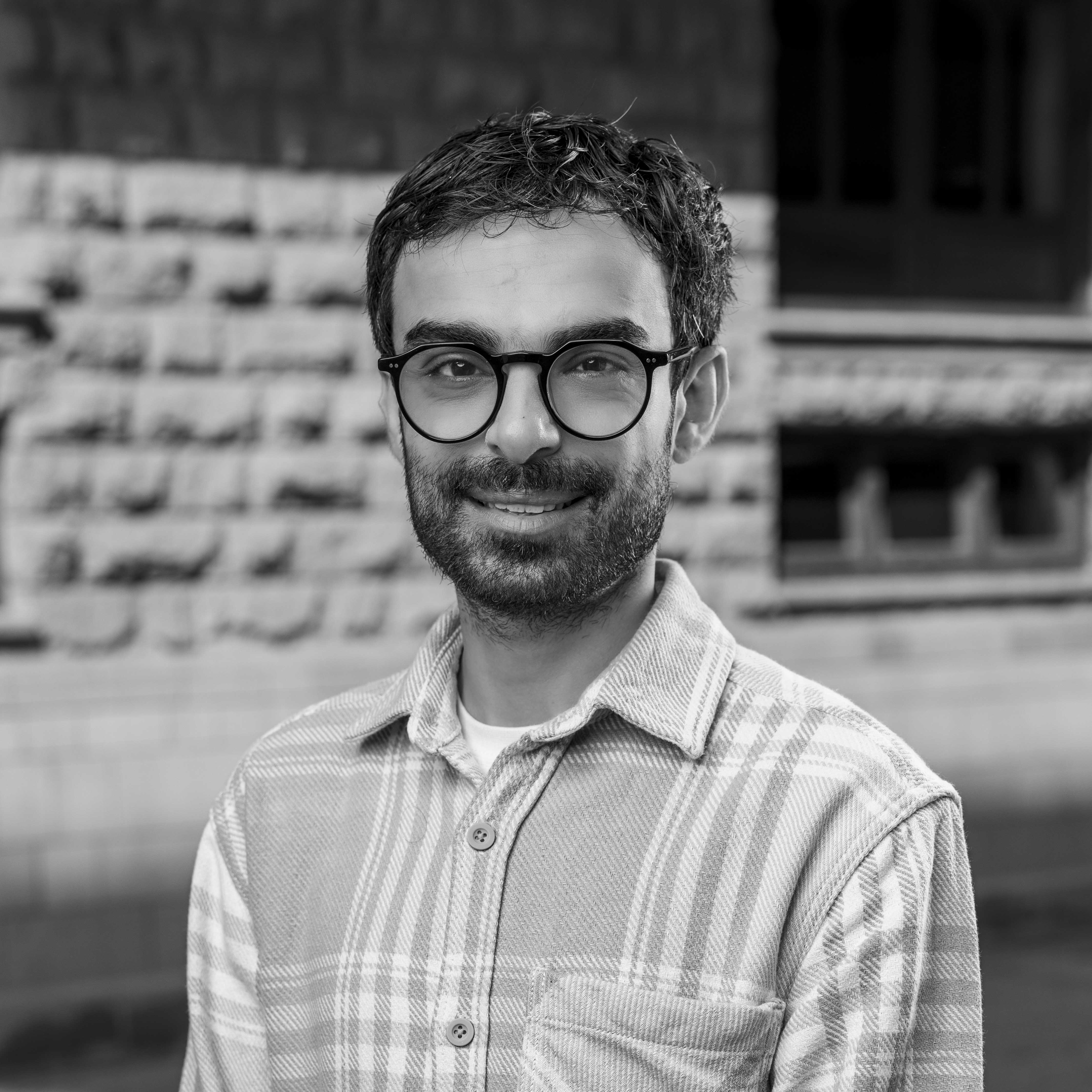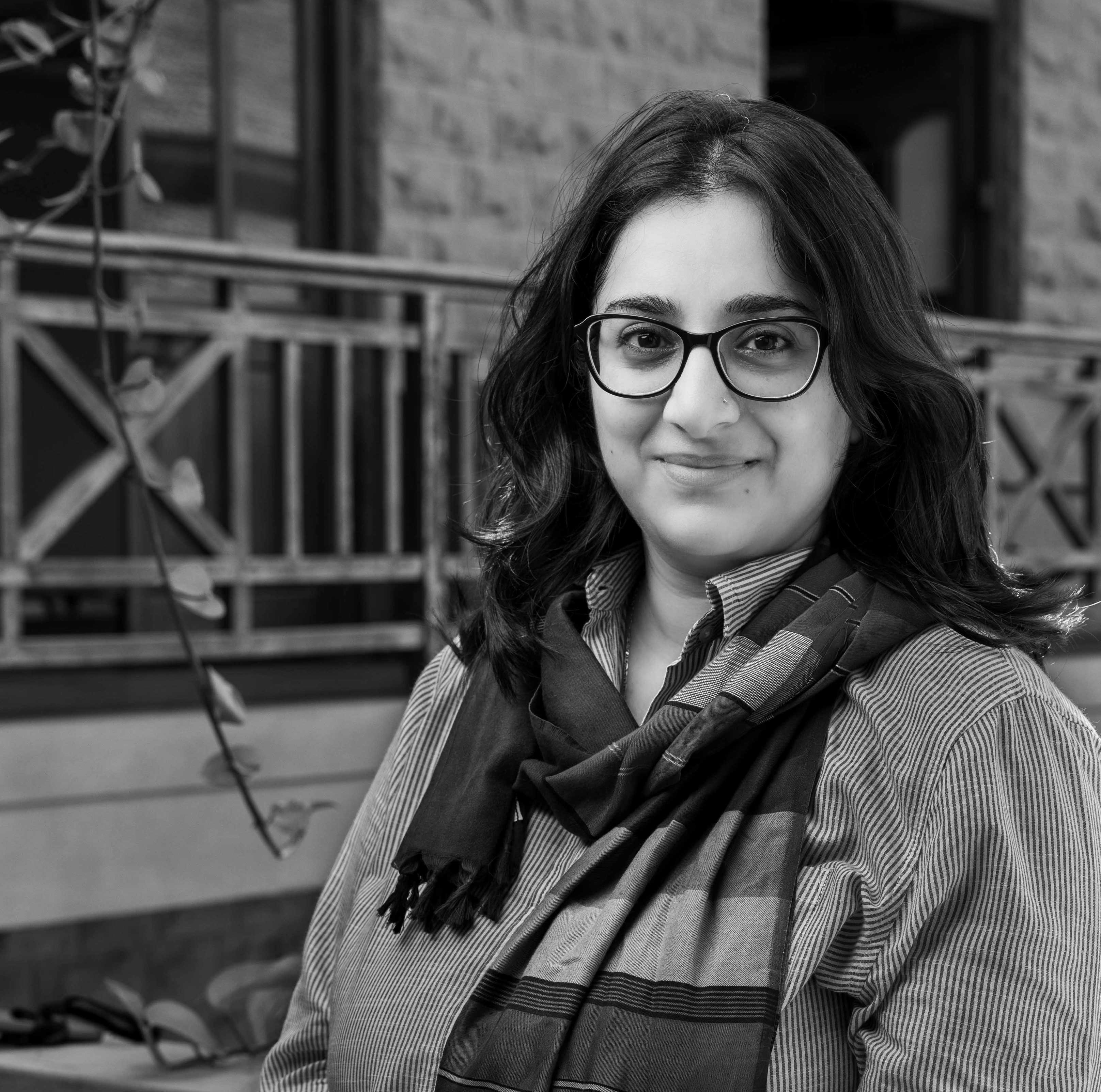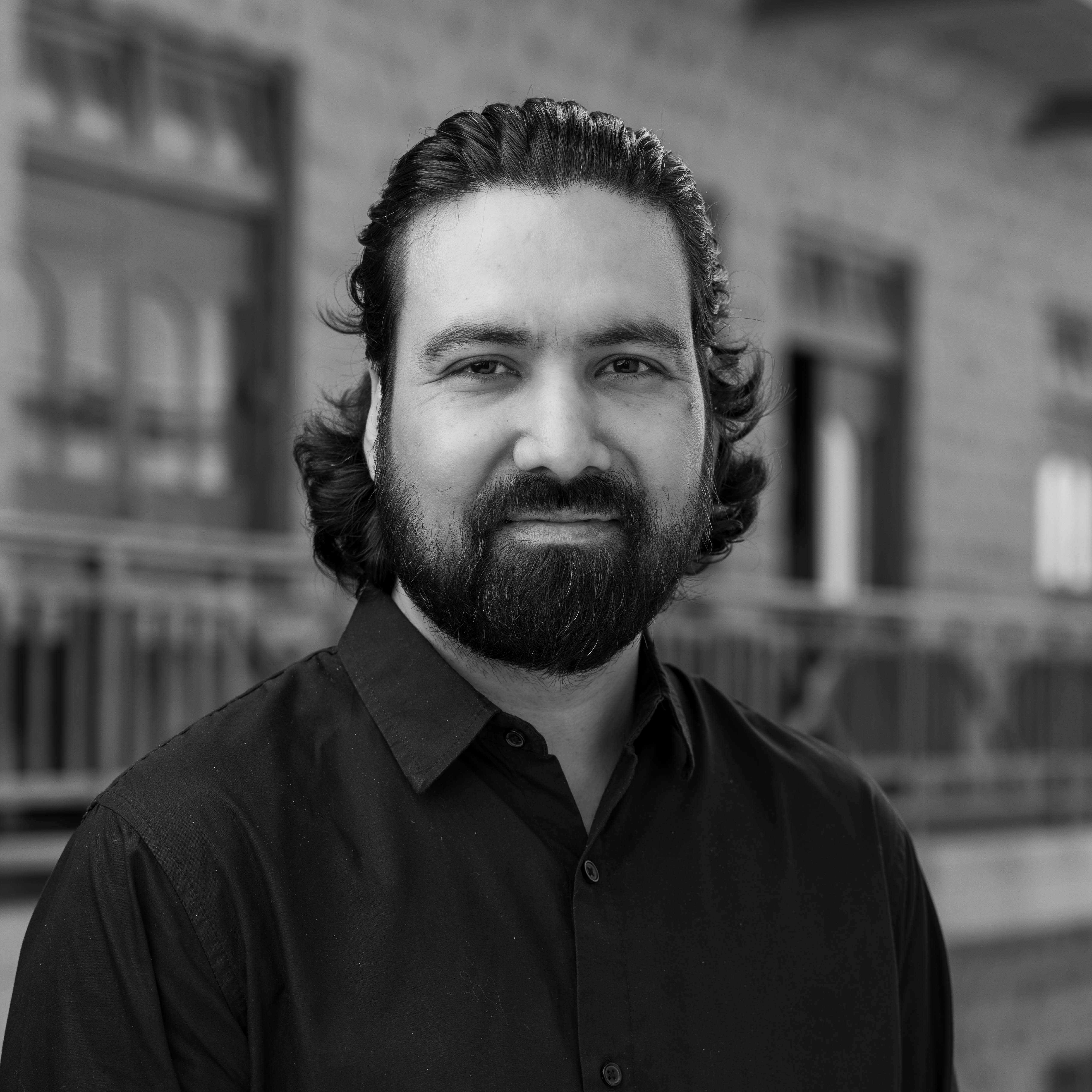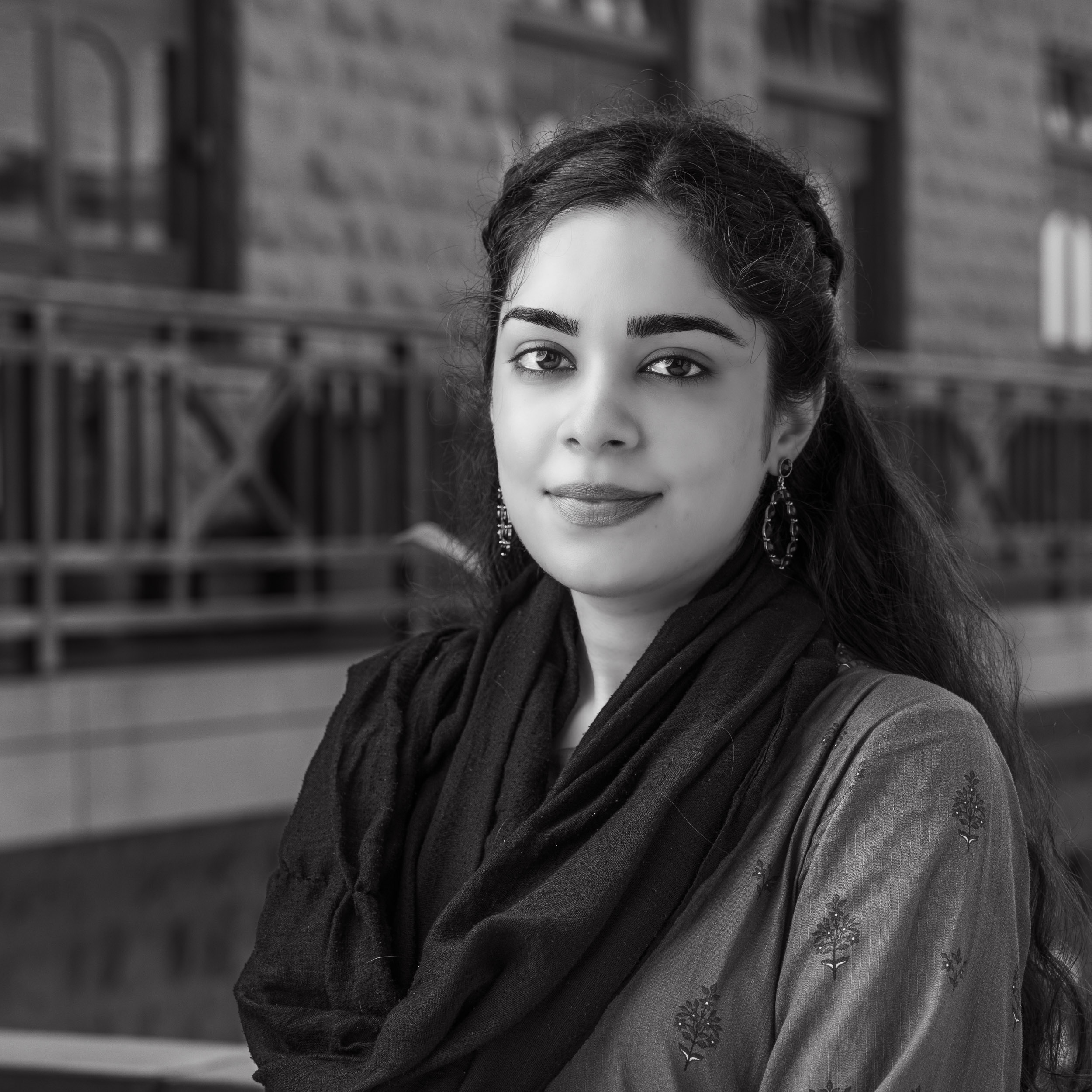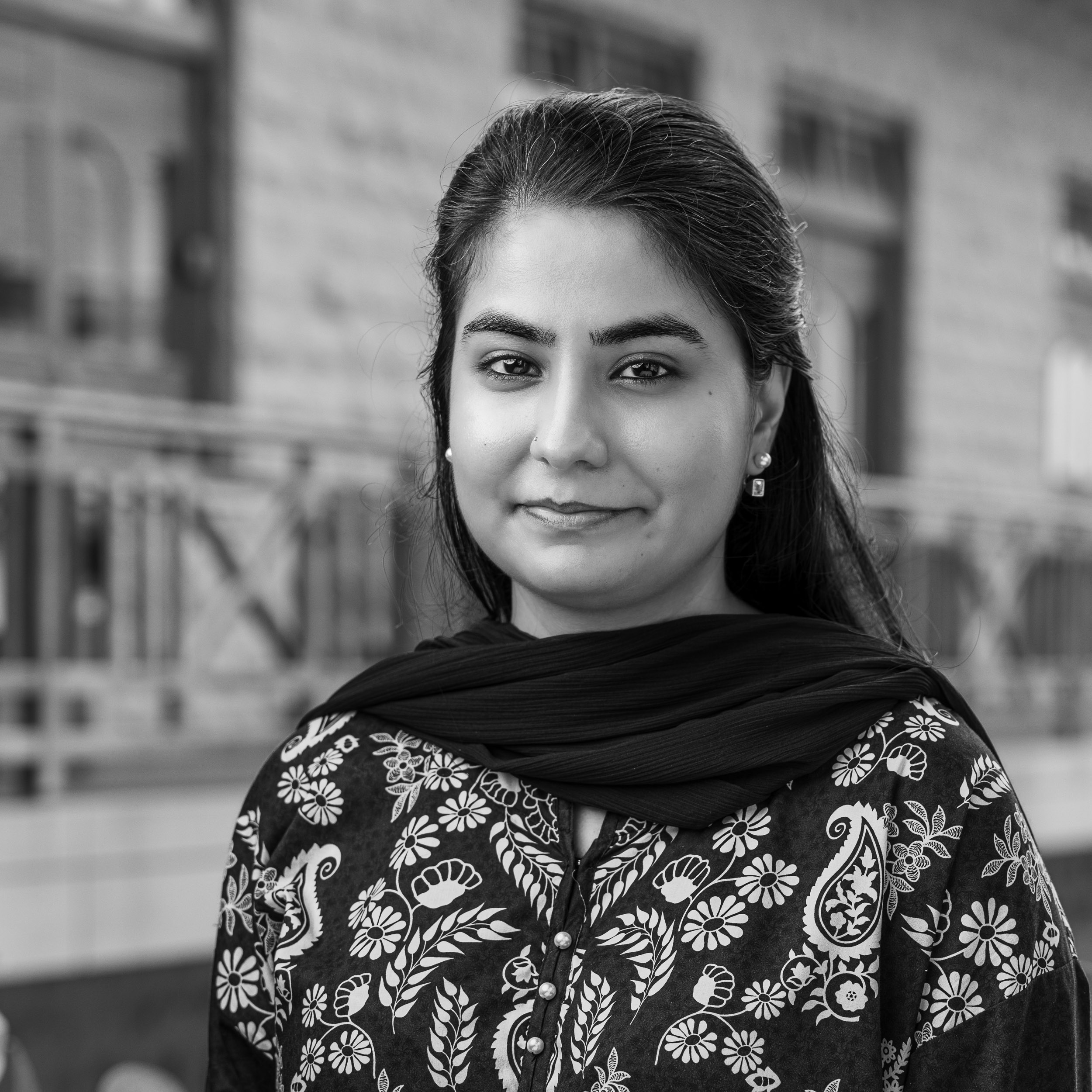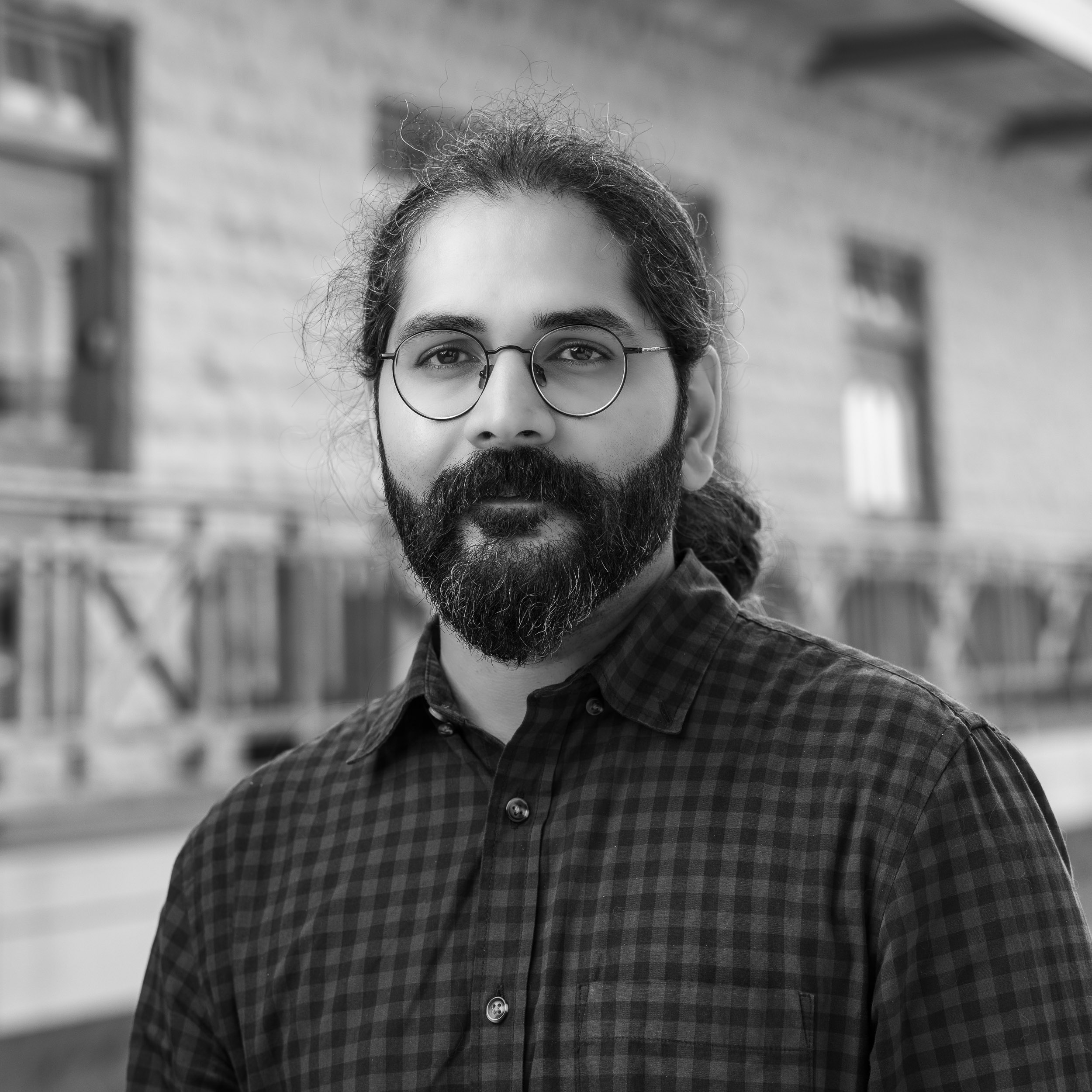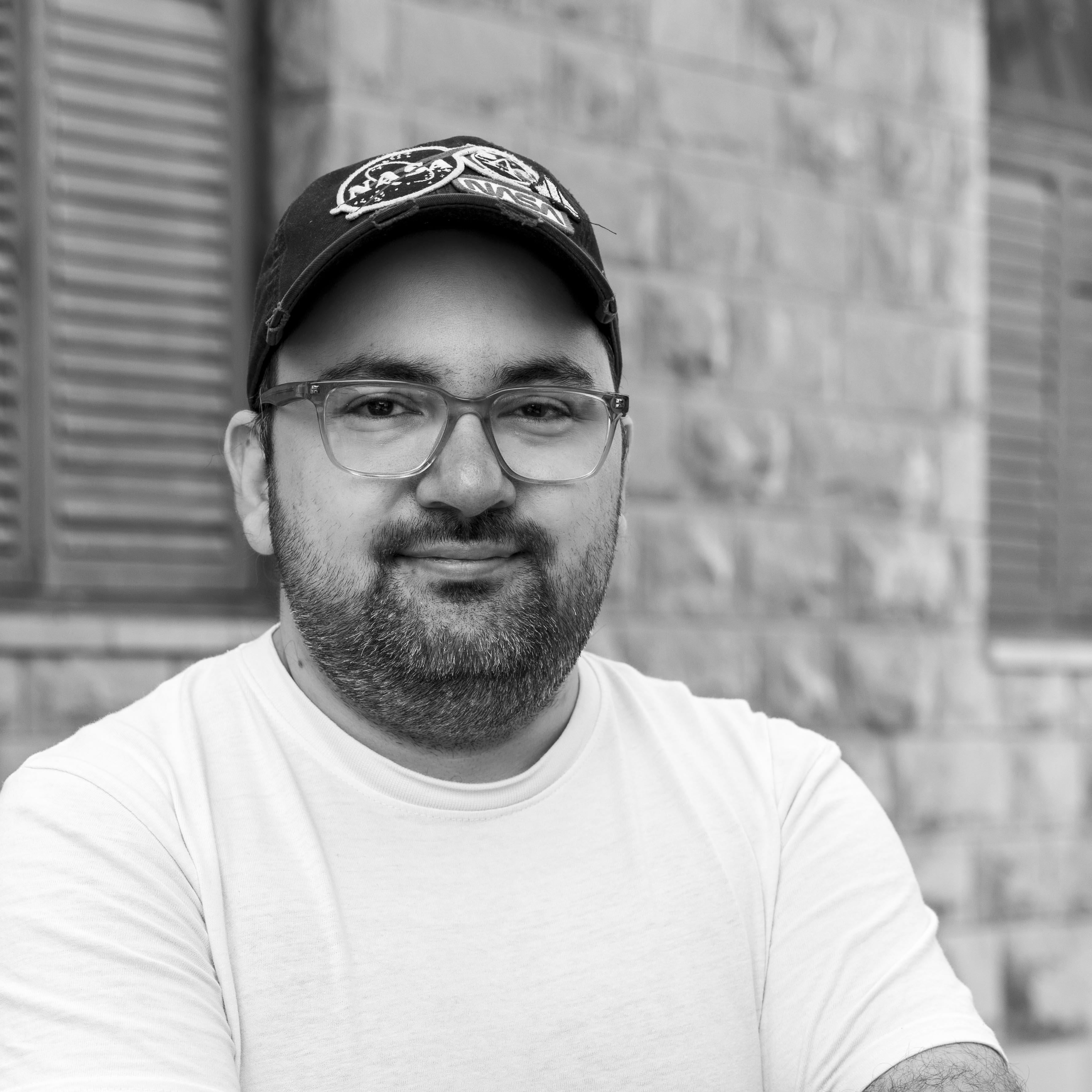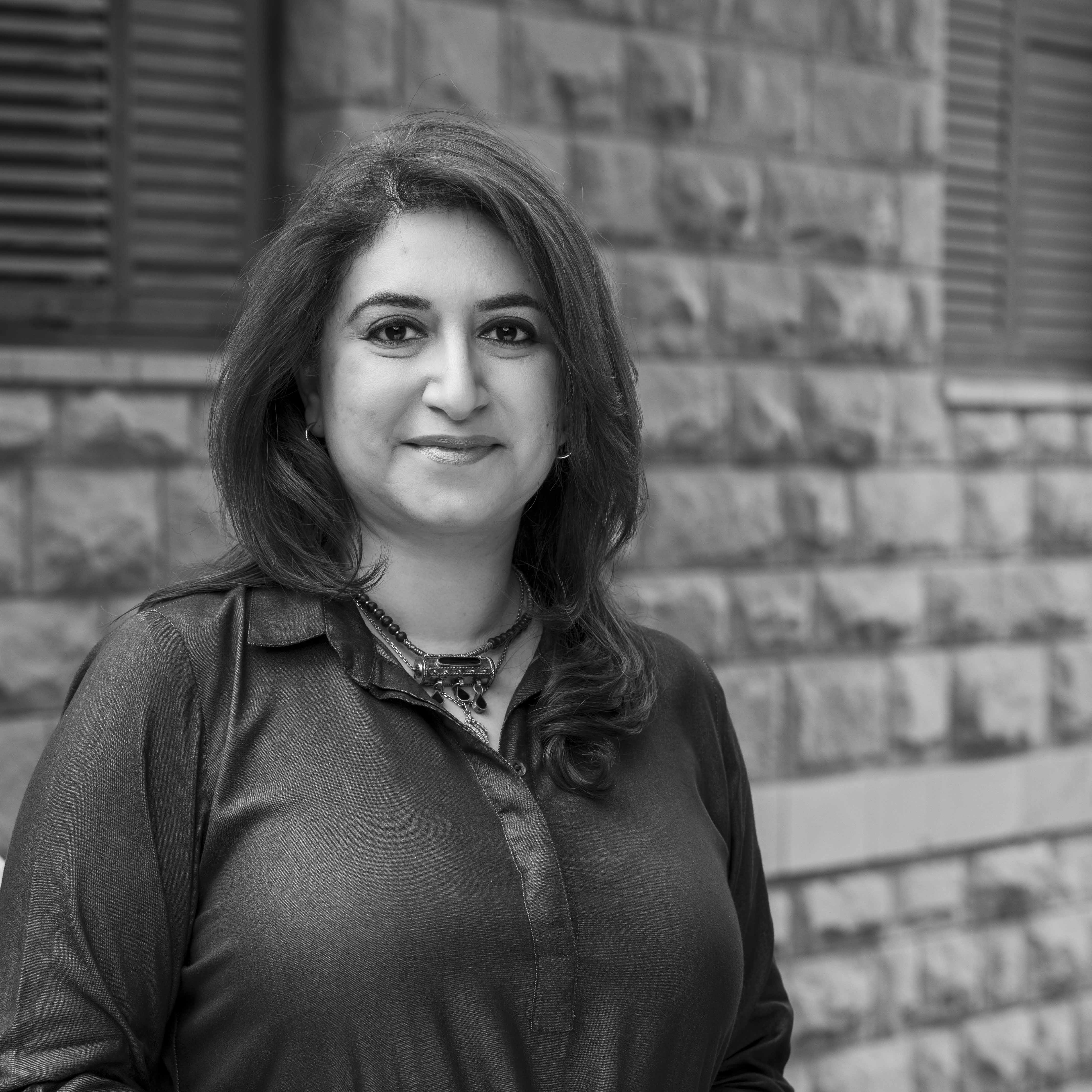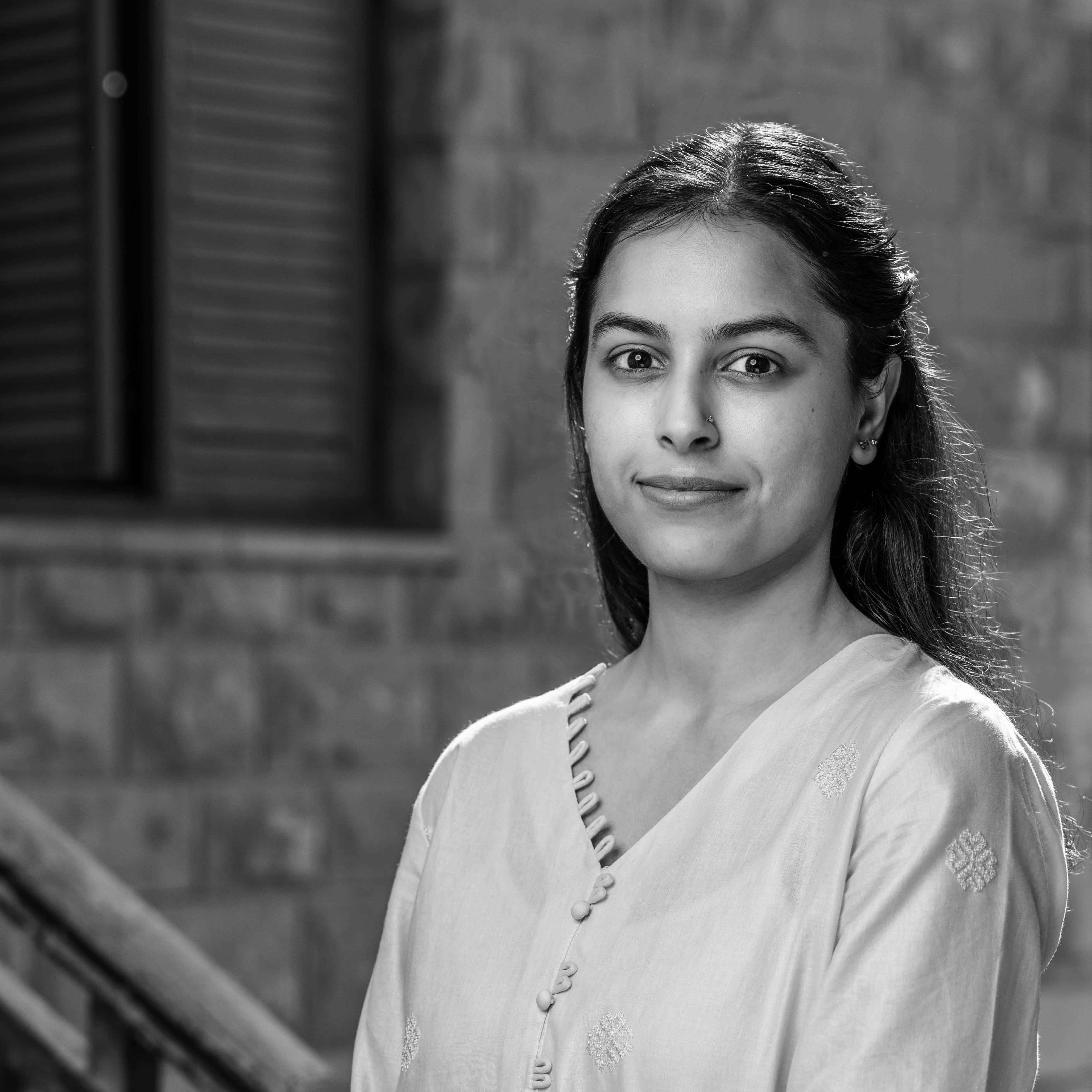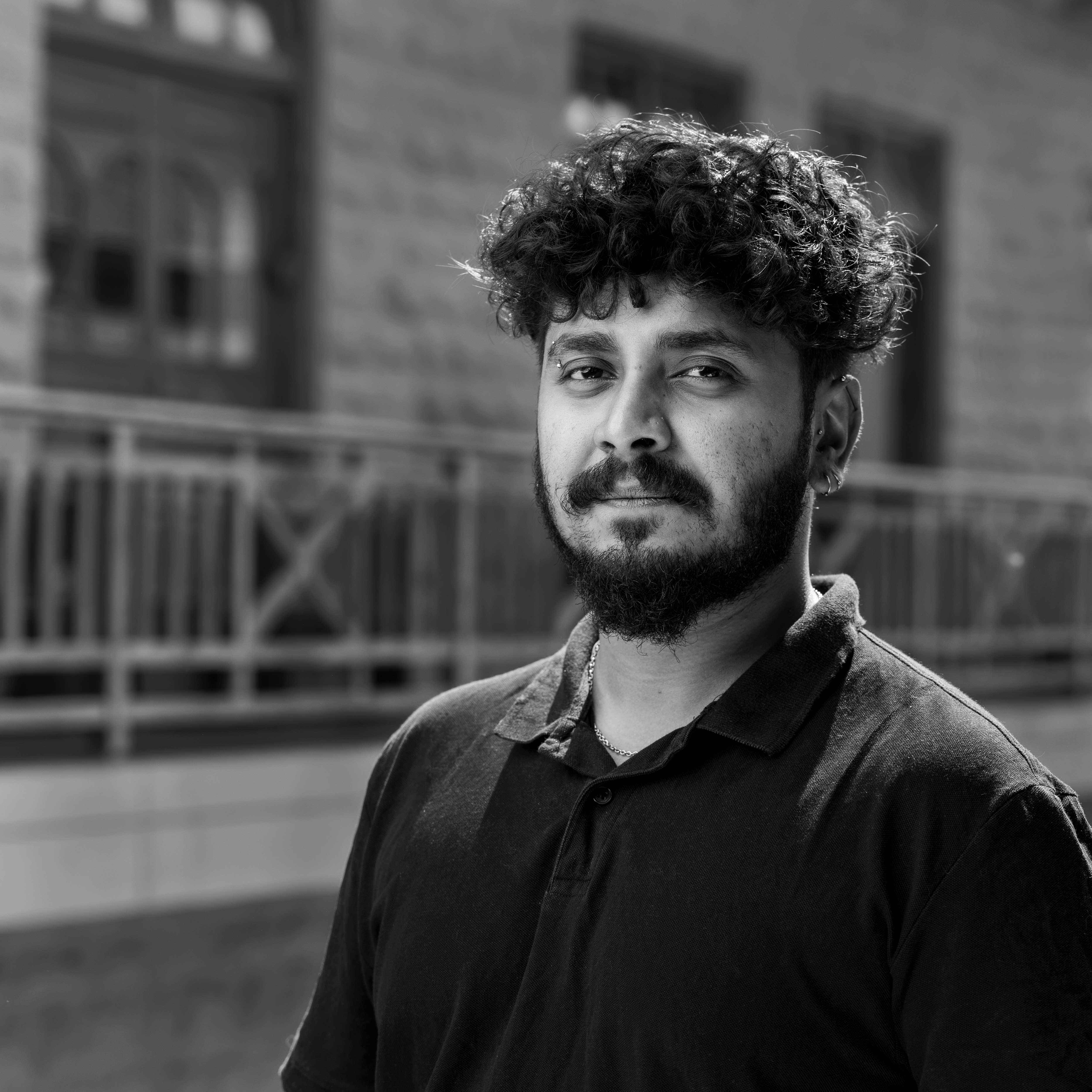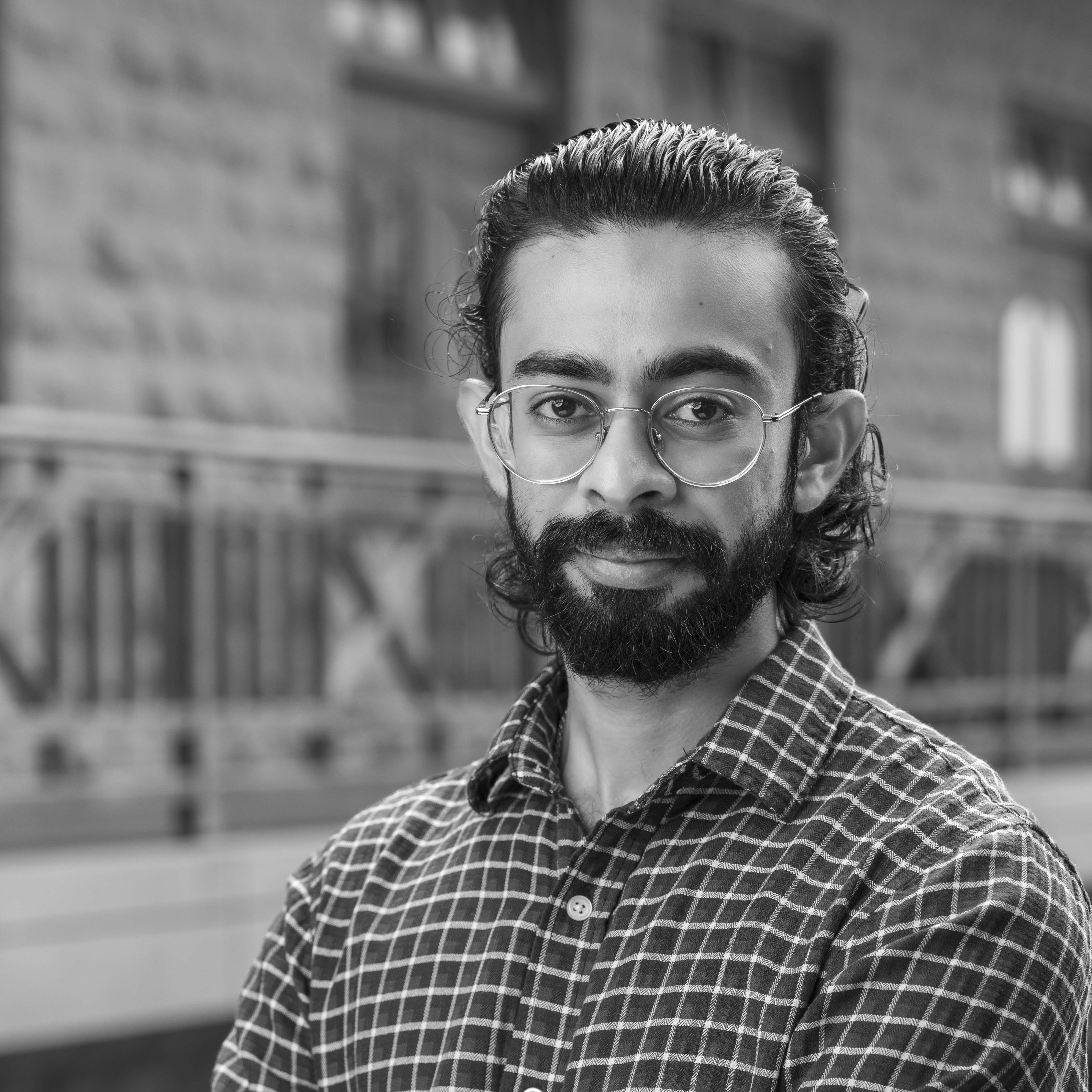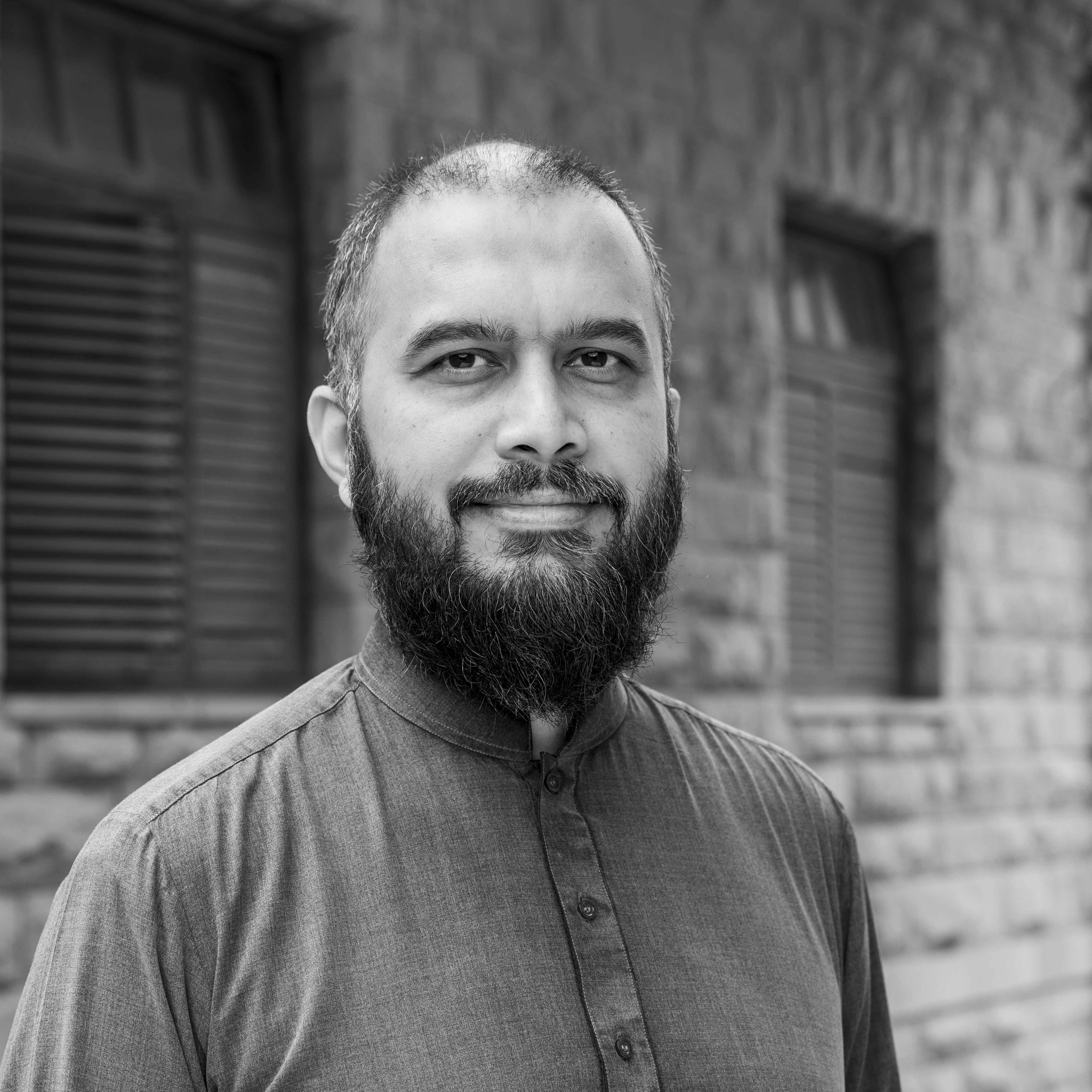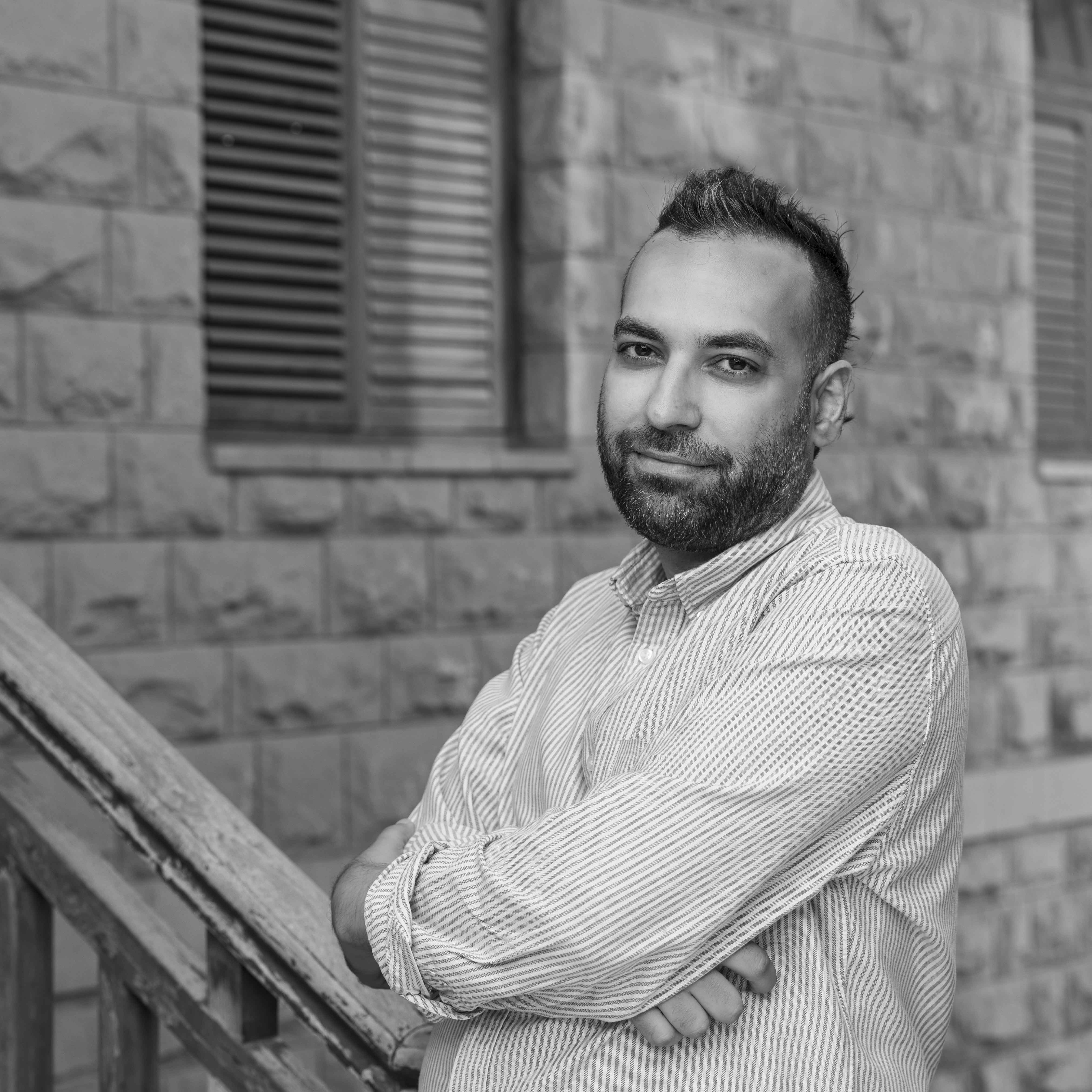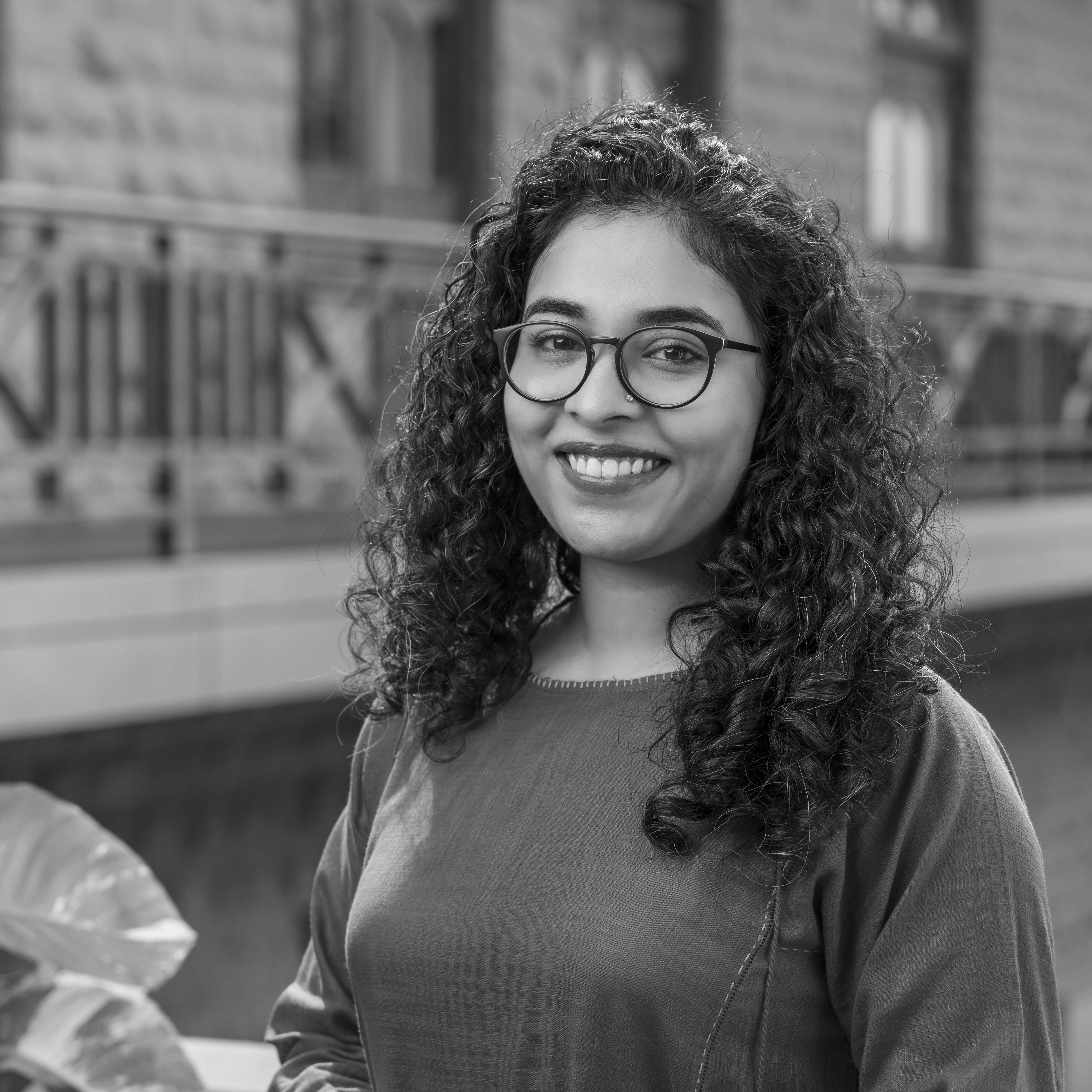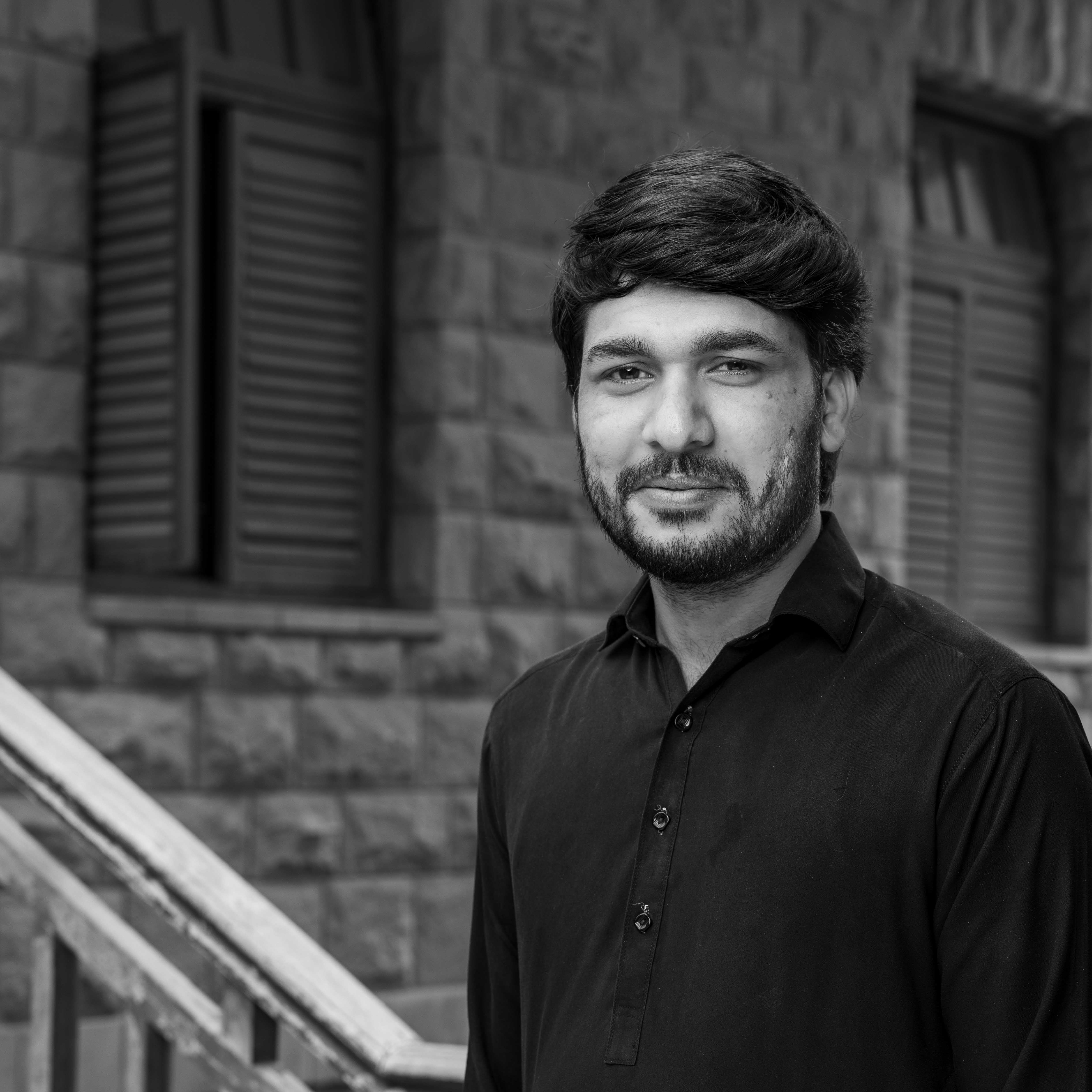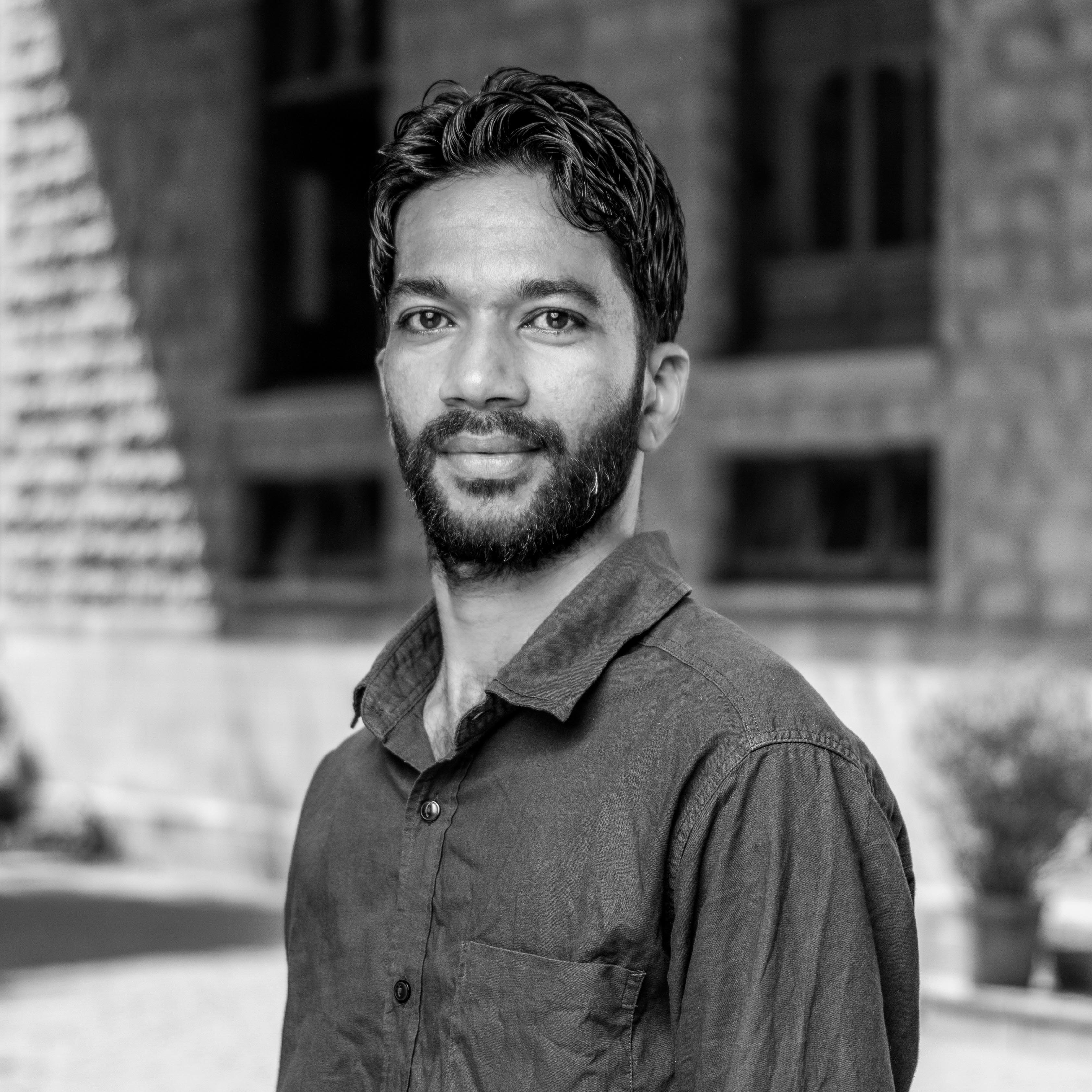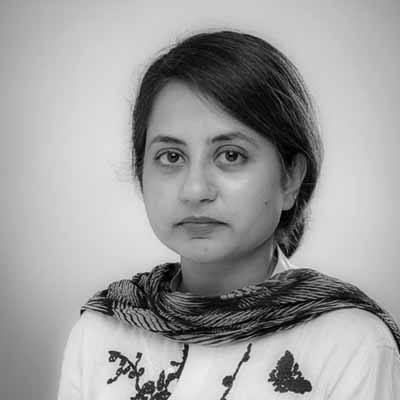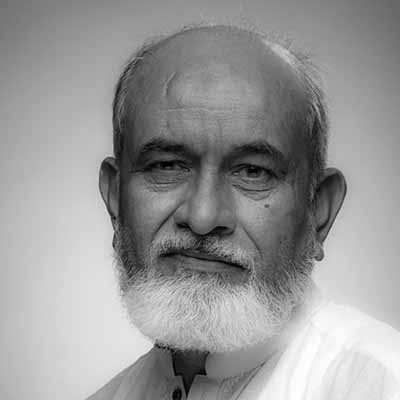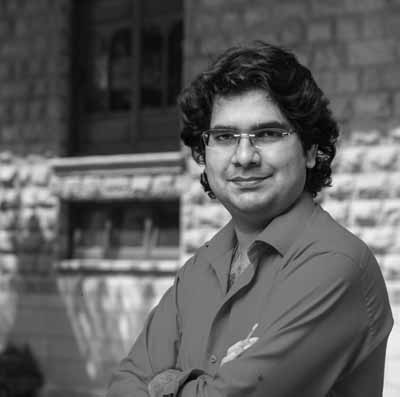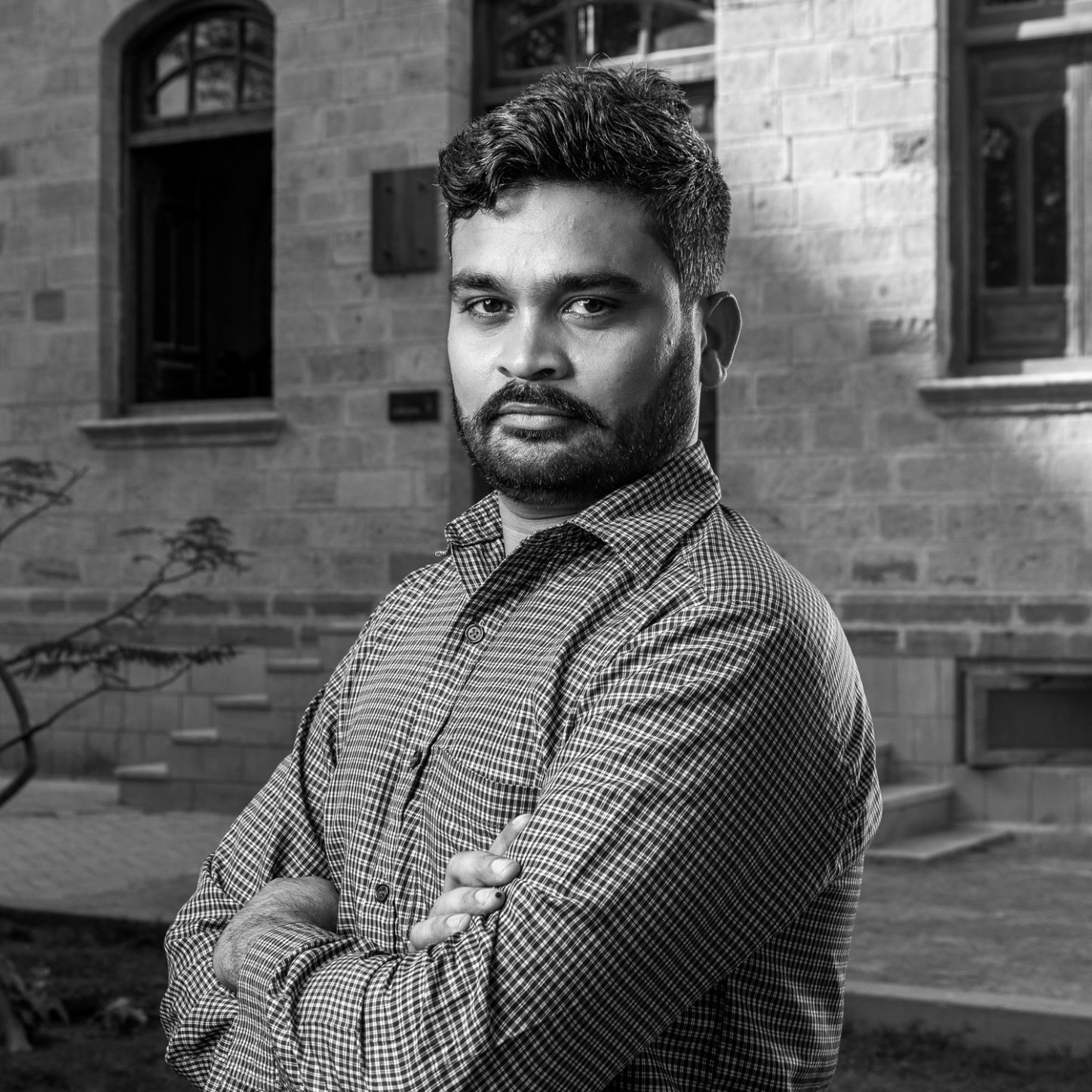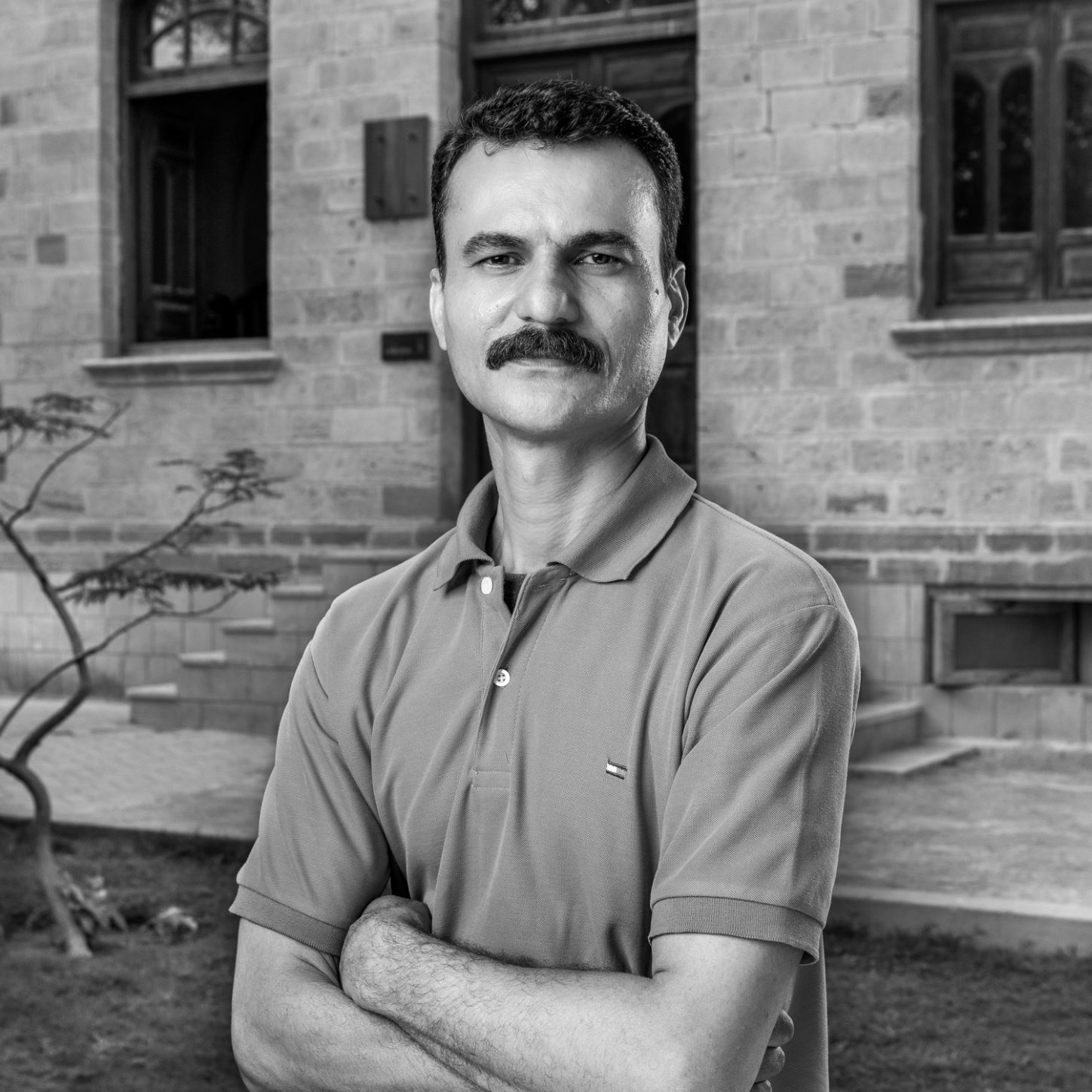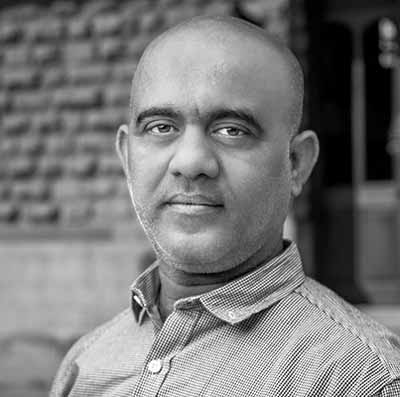EXPLORE OUR PARKS
The Nusserwanjee Park was adopted under an MOU by the Indus Valley School of Art and Architecture in 2010 as school’s community service project under the ‘adopt a park’ scheme of the city government. The MOU gives IVS only the rights to manage and take responsibility of the park. The park has been named after the famous 100-year-old Nusserwanjee building is adjacent to the park and which was moved brick by brick from Kharadar and now is an integral part of the IVS campus.
Earlier, the park site was abandoned and used as a garbage dump. Ardeshir Cowasjee and several other philanthropists helped the School in obtaining the park that it now manages.
The School has developed this Park with a financial outlay of Rs. 7 million with cash and in-kind donations received from several responsible citizens and from companies with a strong CSR image. The donations from generous donors came in the form of trees, plants, cement, blocks, concrete and cash as Nusserwanjee Park moved slowly and steadily towards completion.
The park is spread over an area of 4,085 square yards, has a walkway, a court, an exhibition space and a non-ball play area located between IVS Campus and Qamar-ul-Islam Madarsa. The facility is managed and taken care of by IVS and shared with the community, madrassah students and the residents of the area. Students of both educational facilities have been using the park as a recreational spot where no-ball games are allowed.
At present the park has flat grass (lawn) with herbs and shrubs in abundance. Native plant species such as Weeping Fig, Royal Poinciana, Madras Thorn/ Jungle Jilabbi, Babul, Parkinsonia, Duranta, Asan, English Babul, Gul Mohar, Pasonia and some species of Palm share space with the Bougainvillea creepers hanging over the wall of the Nusserwanjee Wing in the IVS campus.
Nusserwanjee Park is in continuous need of your support. Donations to the park are added to the School’s Community Services Fund (CSF).
The income generated from the fund is used to sustainably manage the cost incurred for maintaining the Park.
With personal interest and support from the Commissioner Karachi, the Indus Valley School of Art and Architecture has adopted a park around its Campus in Clifton Block 5 vicinity. A team of young faculty members under the Architecture and Design Research Lab (ADRL) in the Department of Architecture have carried out initial preliminary research and inventory analysis of the already planted trees. Assistant Professor Ira Kazi at the Department of Architecture is the lead landscape architect and designer of this project.
‘Lignum Park’ as the name suggests houses around 65 Lignum trees already planted in the park. Lignum being an indigenous tree is suitable to the climatic conditions and local environment and consumes less water. Water has been a scare resource in and around Clifton therefore the long-term maintenance issue of the park is an integral feature of the design thought process. Besides Lignum, other plants such as Neem, Moringa, Gul mohar and Devi trees are also part of the scheme.
Park has been designed along the theme of relaxation, recreation particularly for the elderly and young alike with indoor game facilities for people to visit, play and enjoy the beauty of nature. Environmental protection with indigenous resources and plants is the key characteristic in conceptualizing the final design for the Park. Some other design elements include ergonomic seating, gaming, bird feeder, boulders, soft-scape etc.
Presence of conocarpus erectus in the park has been an academic challenge for the designers. Commonly known as Buttonwood, Button Mangrove, being a non-indigenous, tree can be severely hazardous as it is a source for pollen allergy. (source: Abu Dhabi Public Realm Design Manual, p.150). Conocarpus itself is tolerant of harsh environmental conditions, but it serves best when grown on highways or other distant locations away from residential colonies where the pollen will not likely to aggravate allergy sufferers. As part of the park development, the School has pruned conocarpus which was badly and shapelessly grown in an unplanned manner and was required for its beautification & maintenance. Park space has also been cleaned as it was full of garbage and was a safe haven for drugs addicts.
The School plans to plant more Lignums surrounding park due to its environment friendly nature which will require other non-indigenous trees to be removed, replaced by Lignum or other trees, re-organized or carefully replanted elsewhere. This is a process which will take time to organize and the School’s admin team and Landscape designers are working together to achieve the vision.
Lignum Park project requires contribution and support from the community. The School needs support from the philanthropists, its well-wishers and other organizations working with Social Responsibility for cash and in kind donations to enable IVS to maintain the park from the income of its community services fund.
IVS previously adopted and has been maintaining two more parks known as the ‘Nusserwanjee Park’ and ‘Sculpture Park’ under its Community Service Projects. All three parks are being successfully maintained by the School and are used by the neighborhood community as well as IVS own students body.
IVS previously adopted ‘Sculpture Park’ under its Community Service Projects. Sculpture park is being successfully maintained by the School and used by the neighborhood community as well as its own students alike. The park is known for its bird feeder in the early morning.
For donations, contact Manager Finance & Admin Atif Salman at [email protected]
